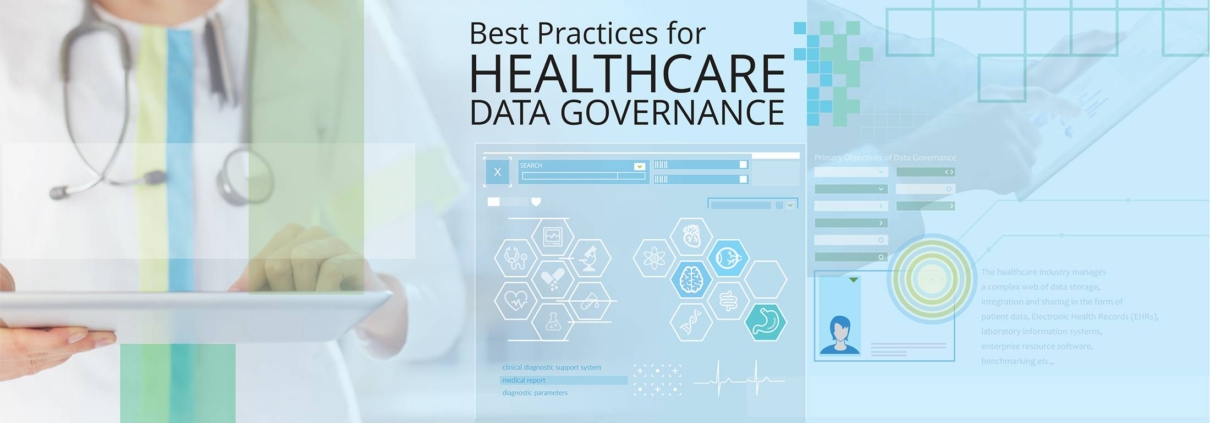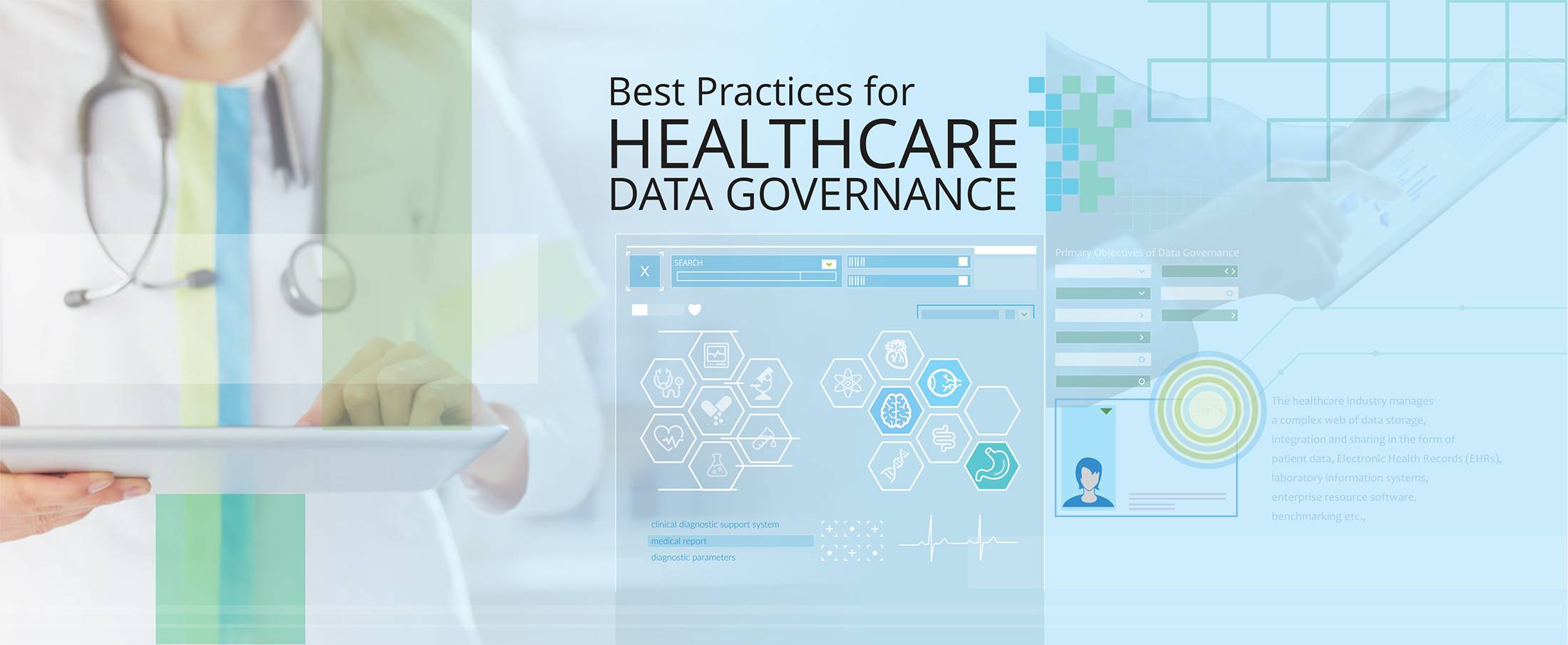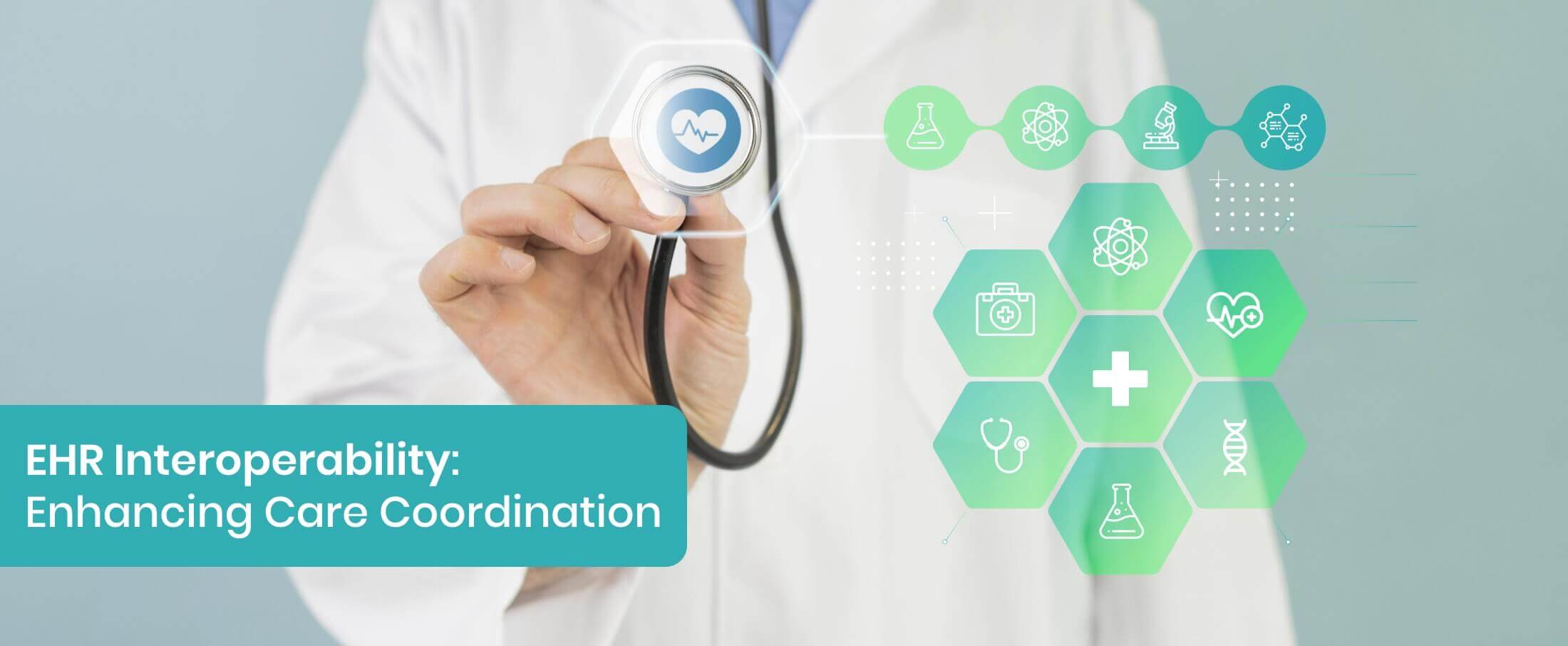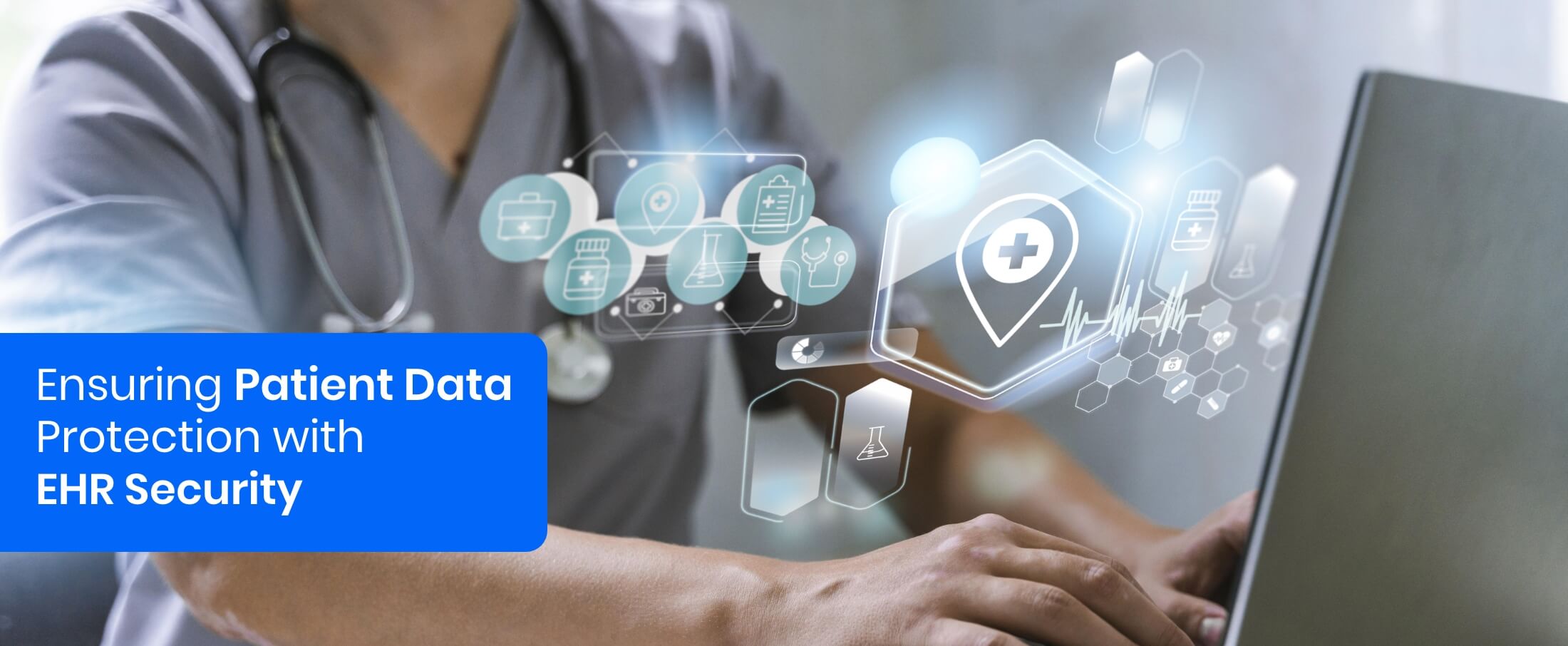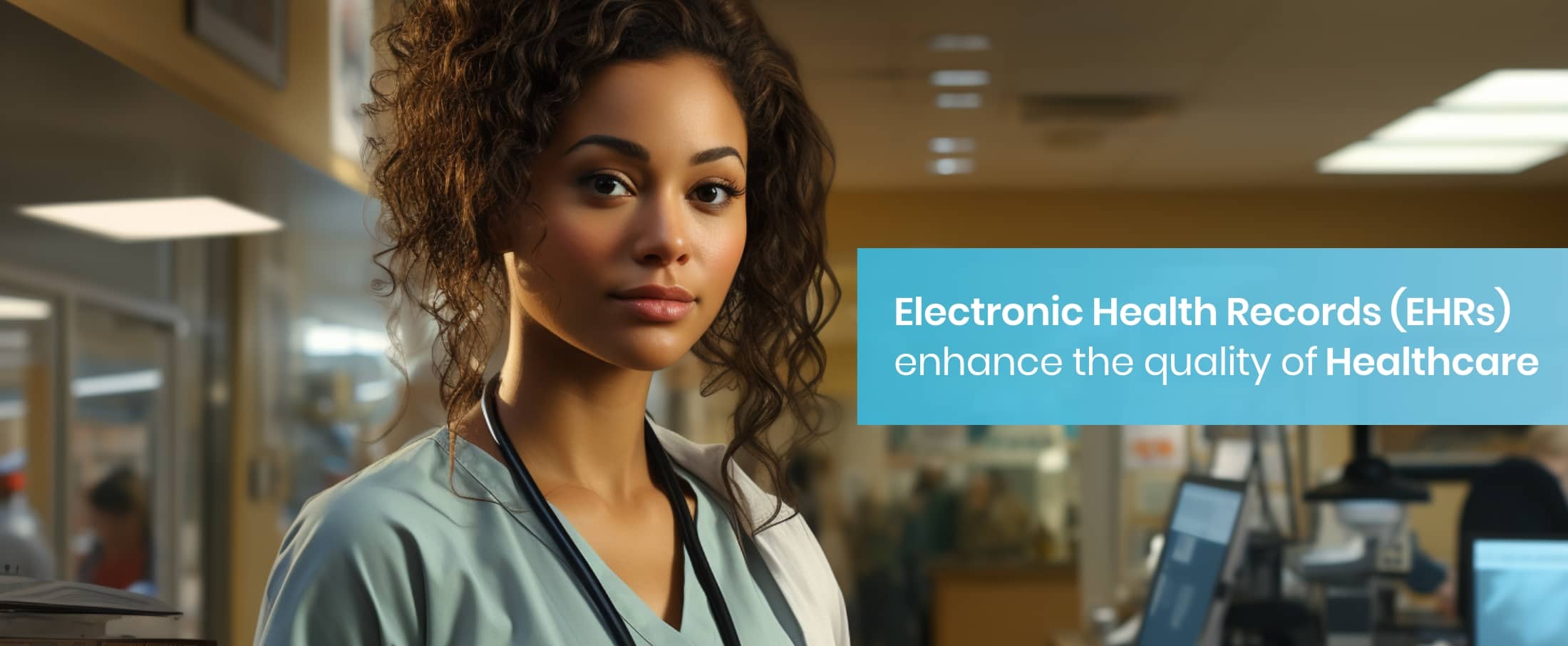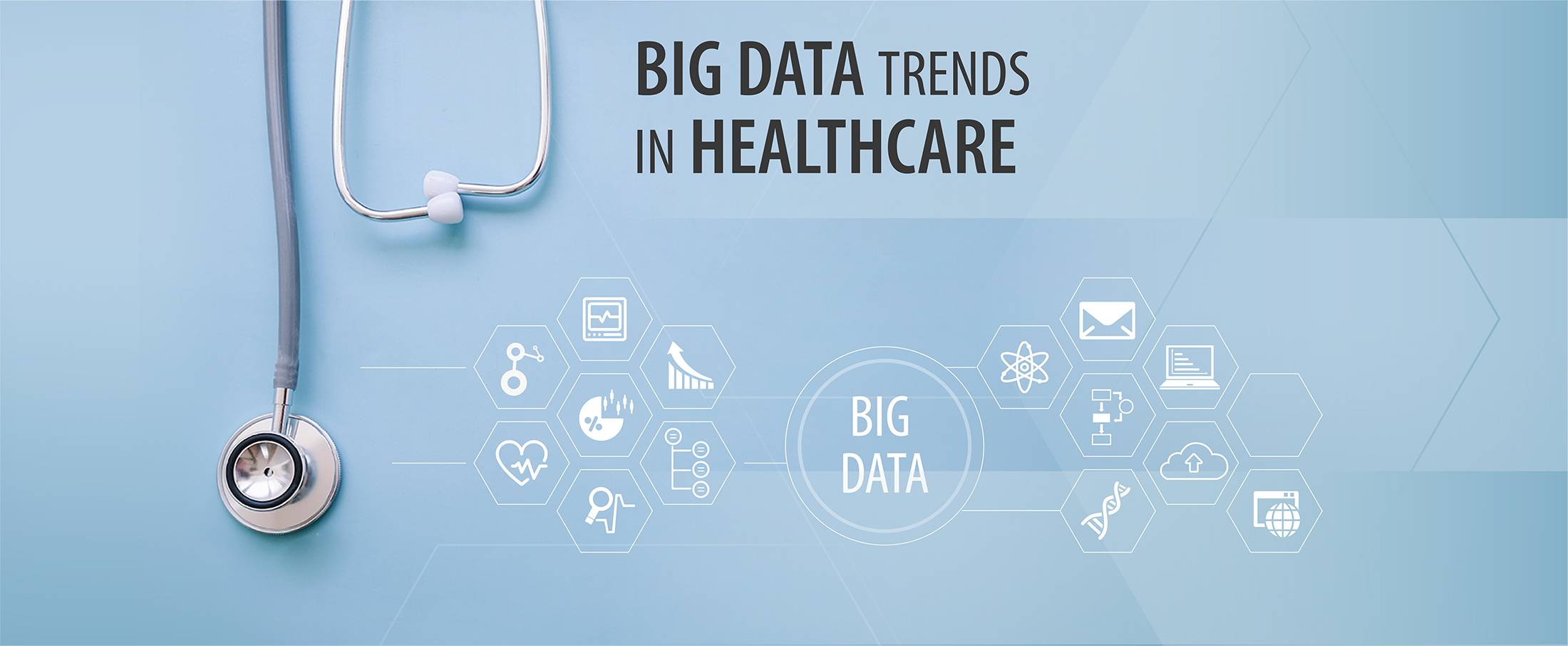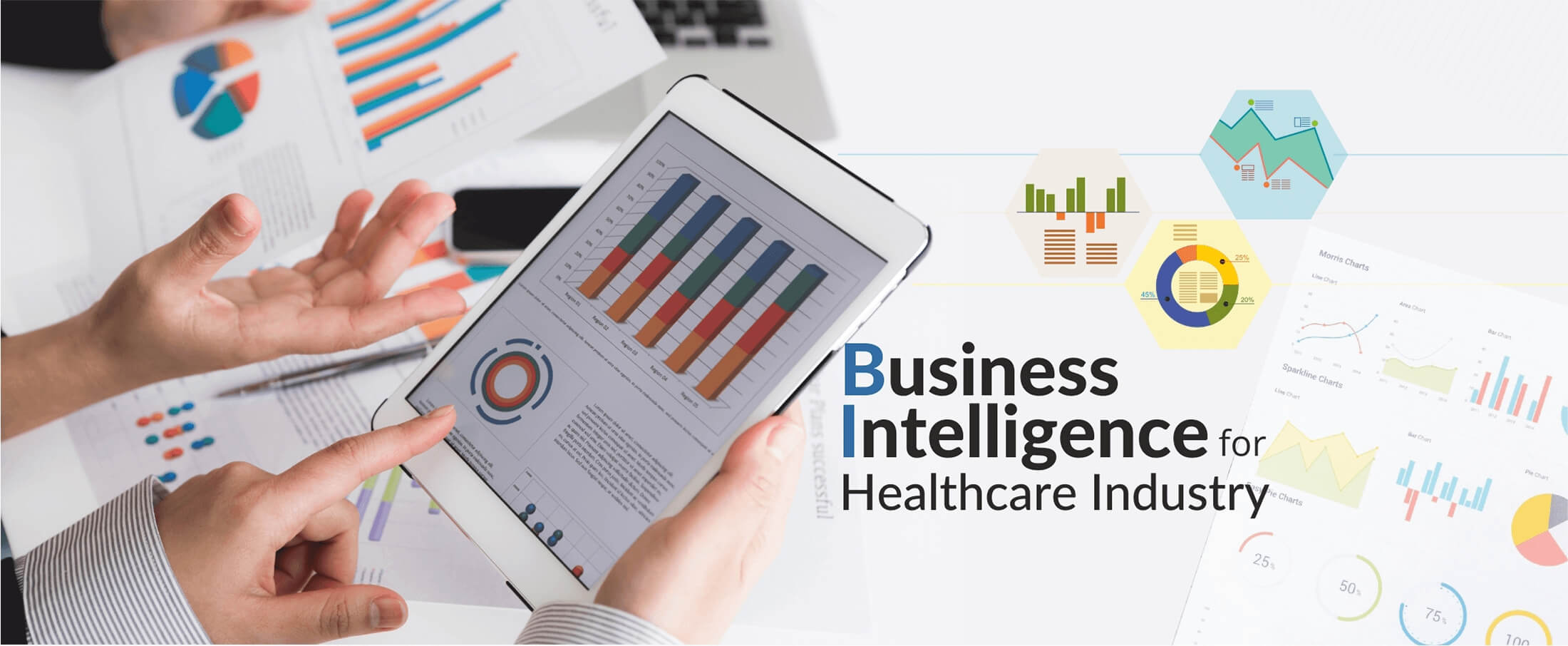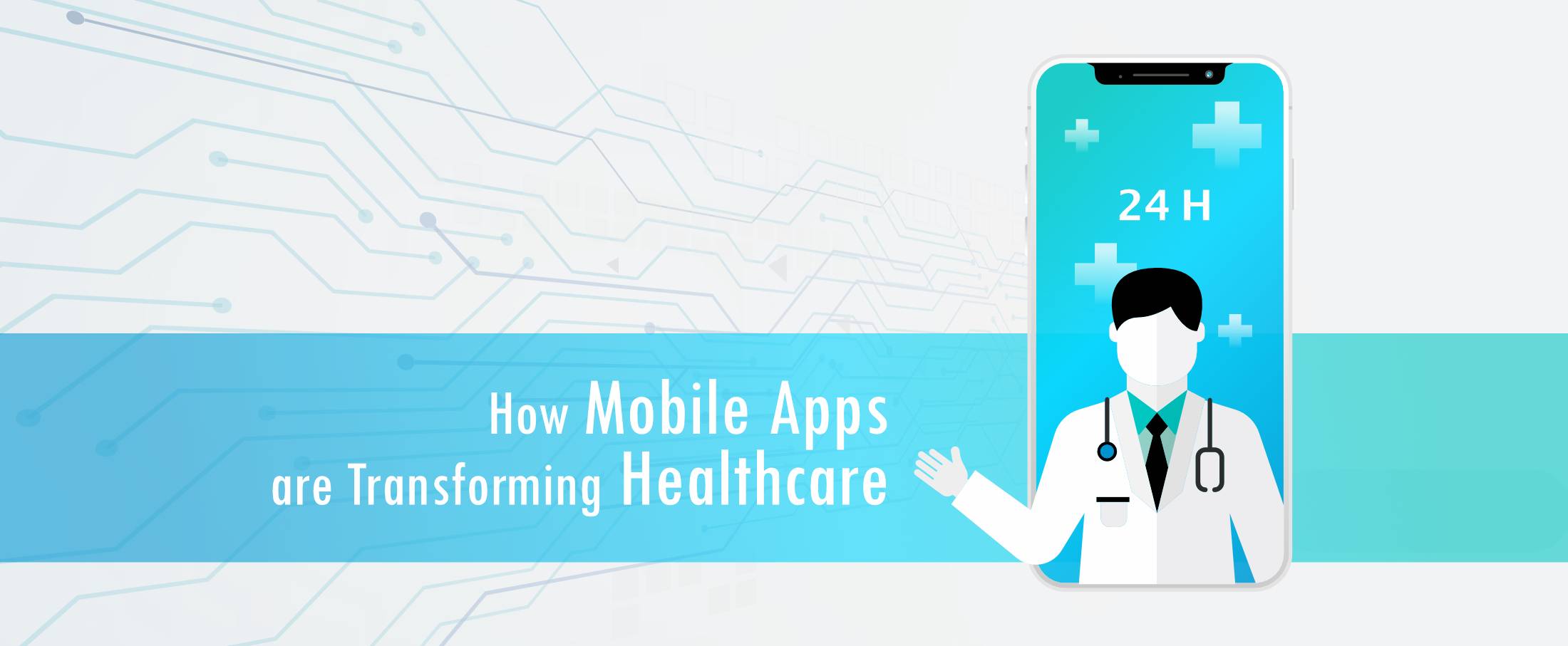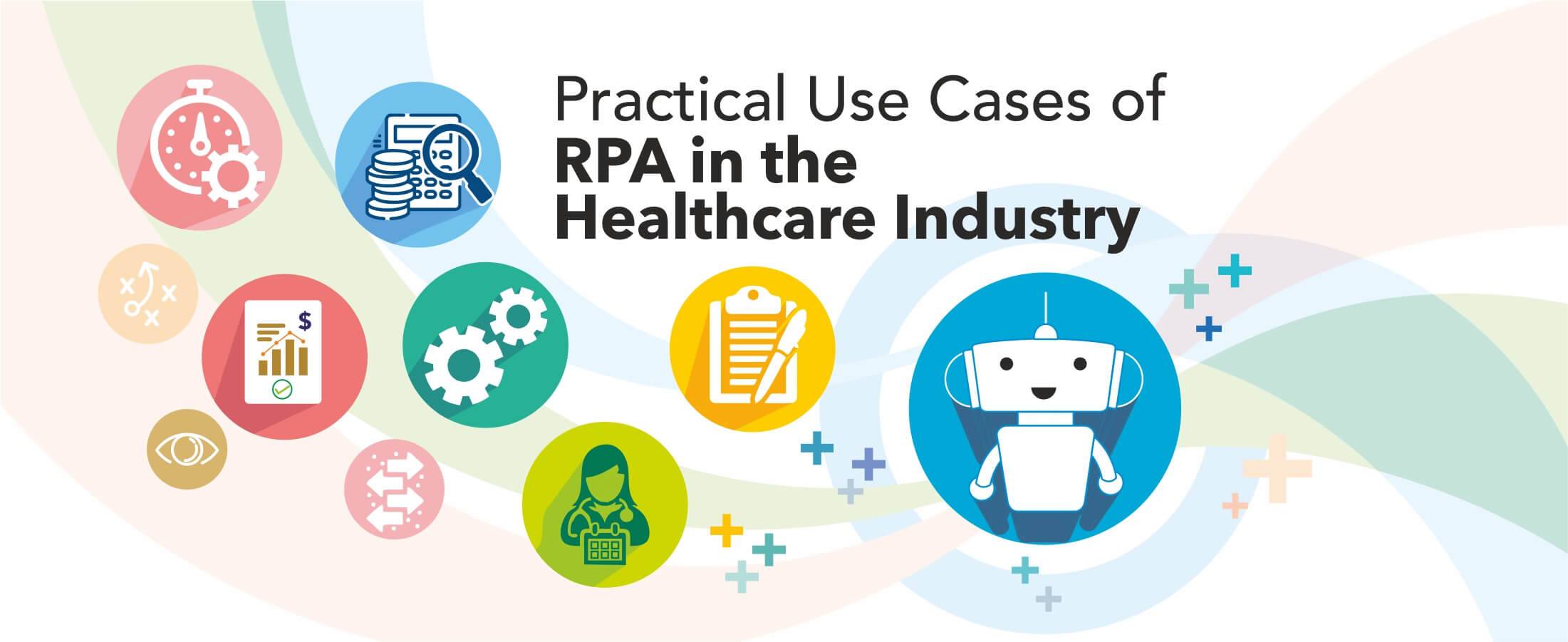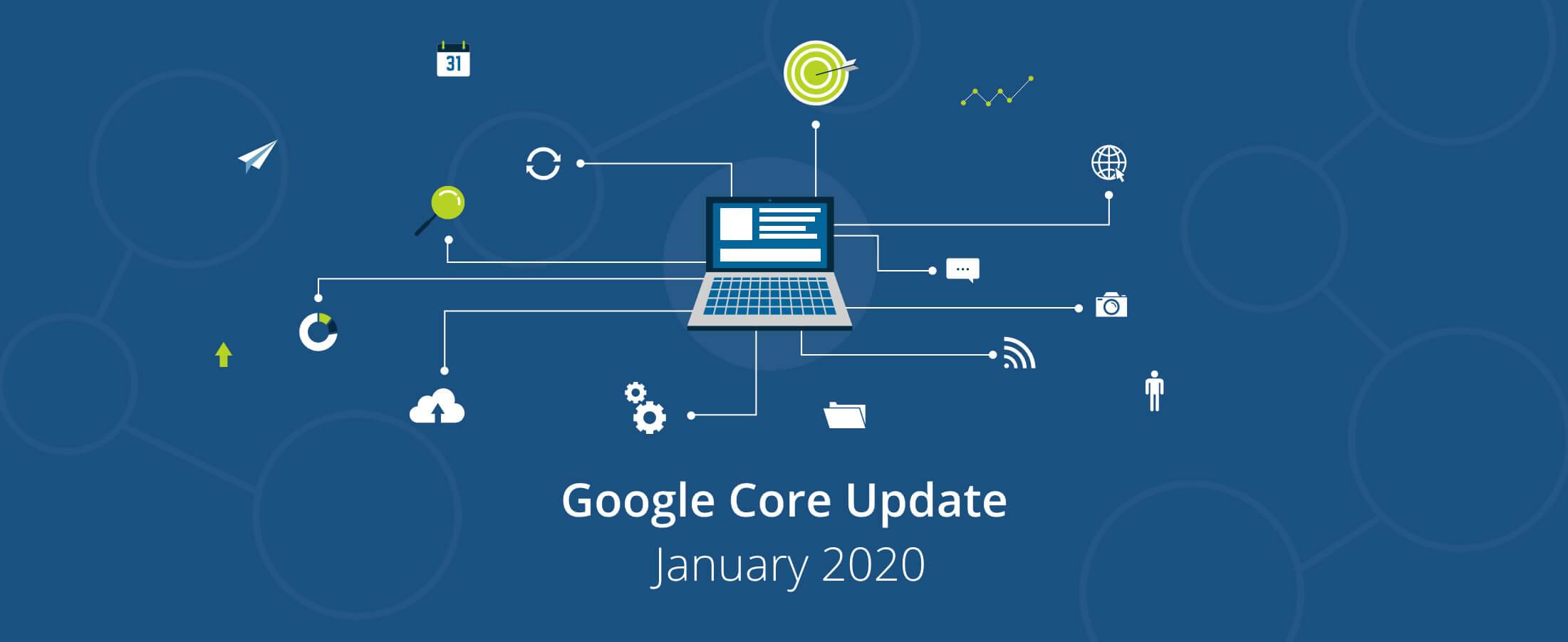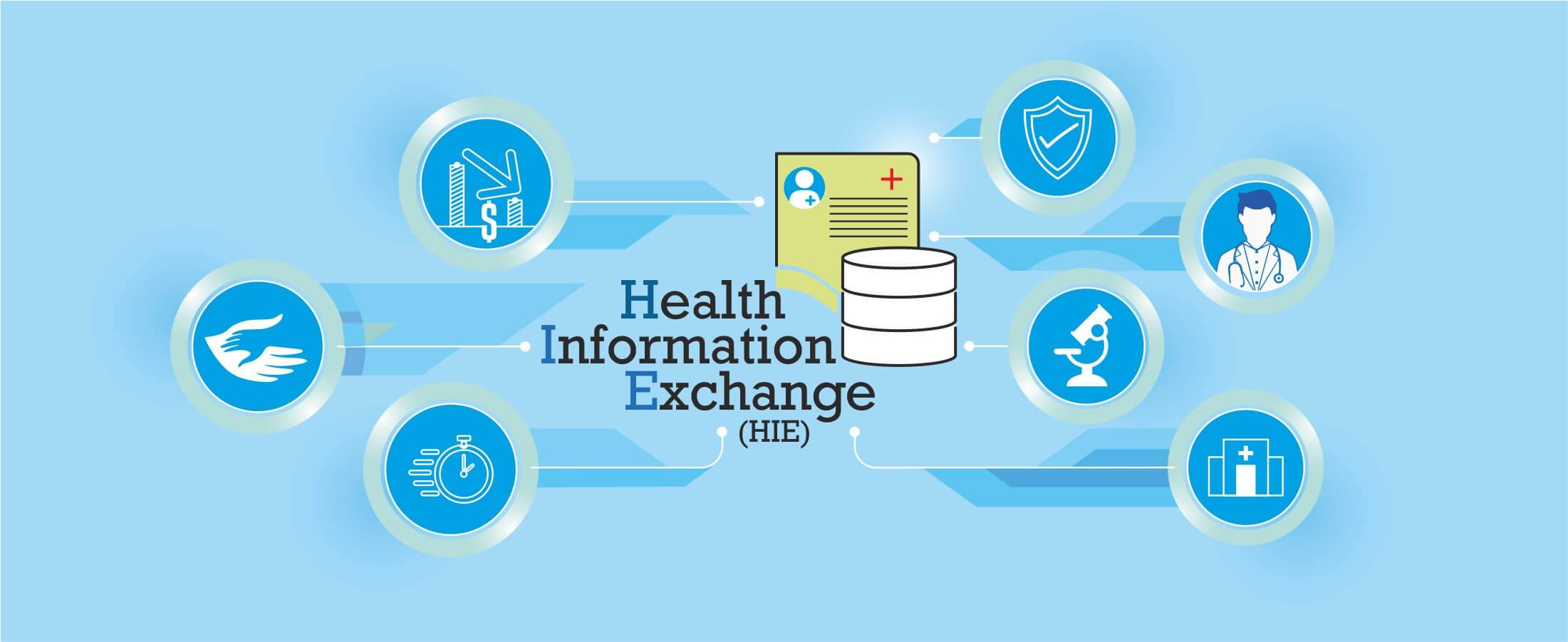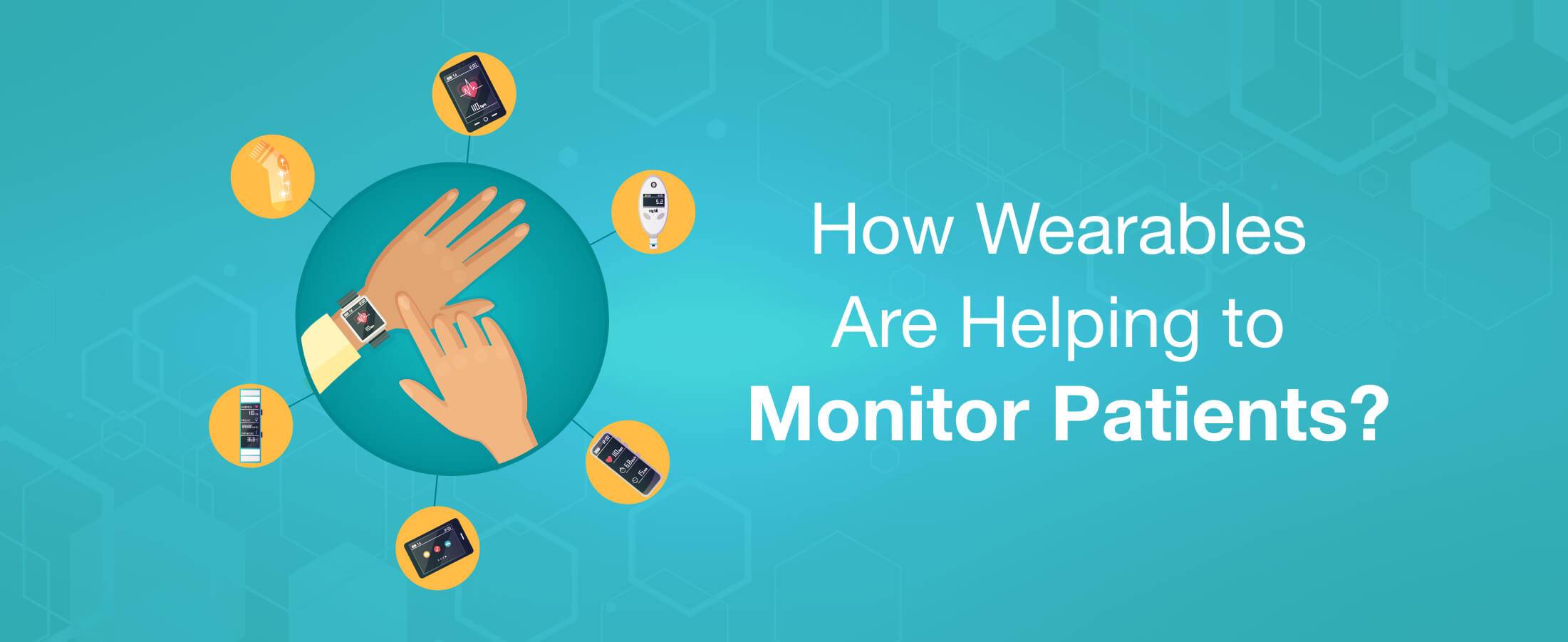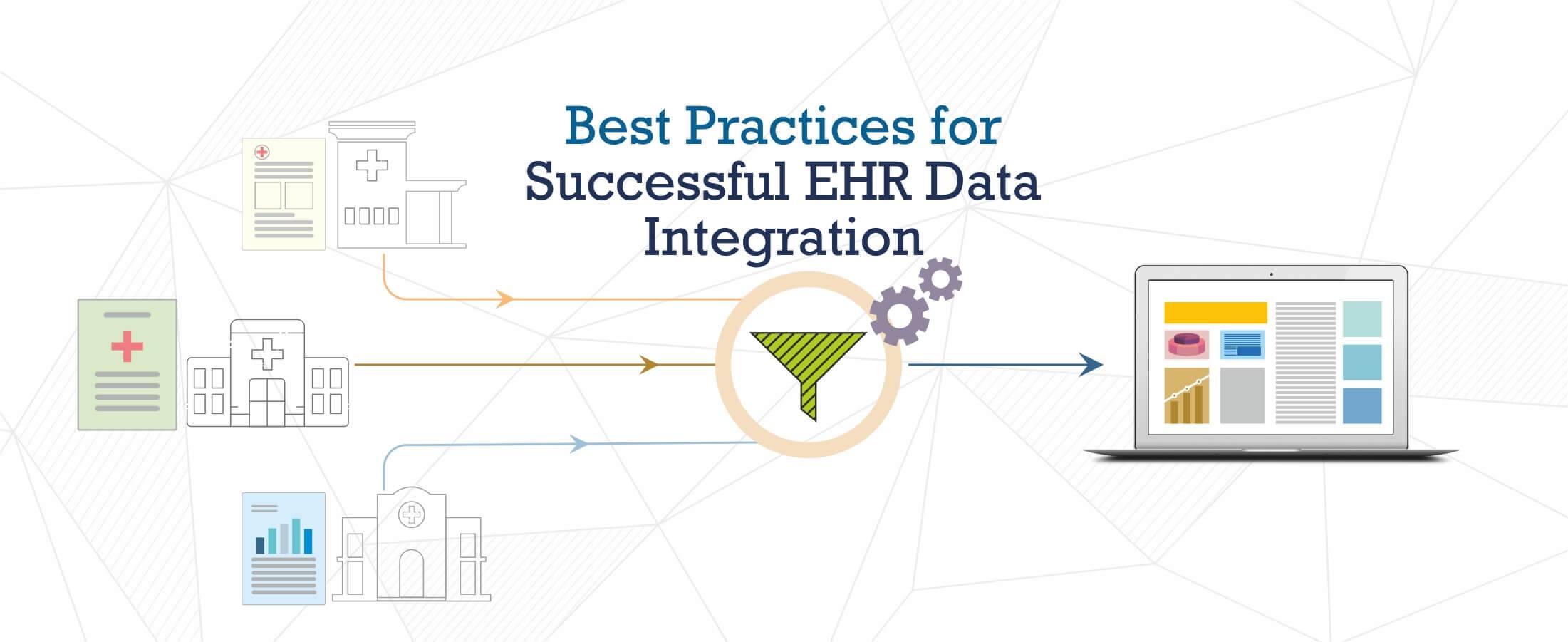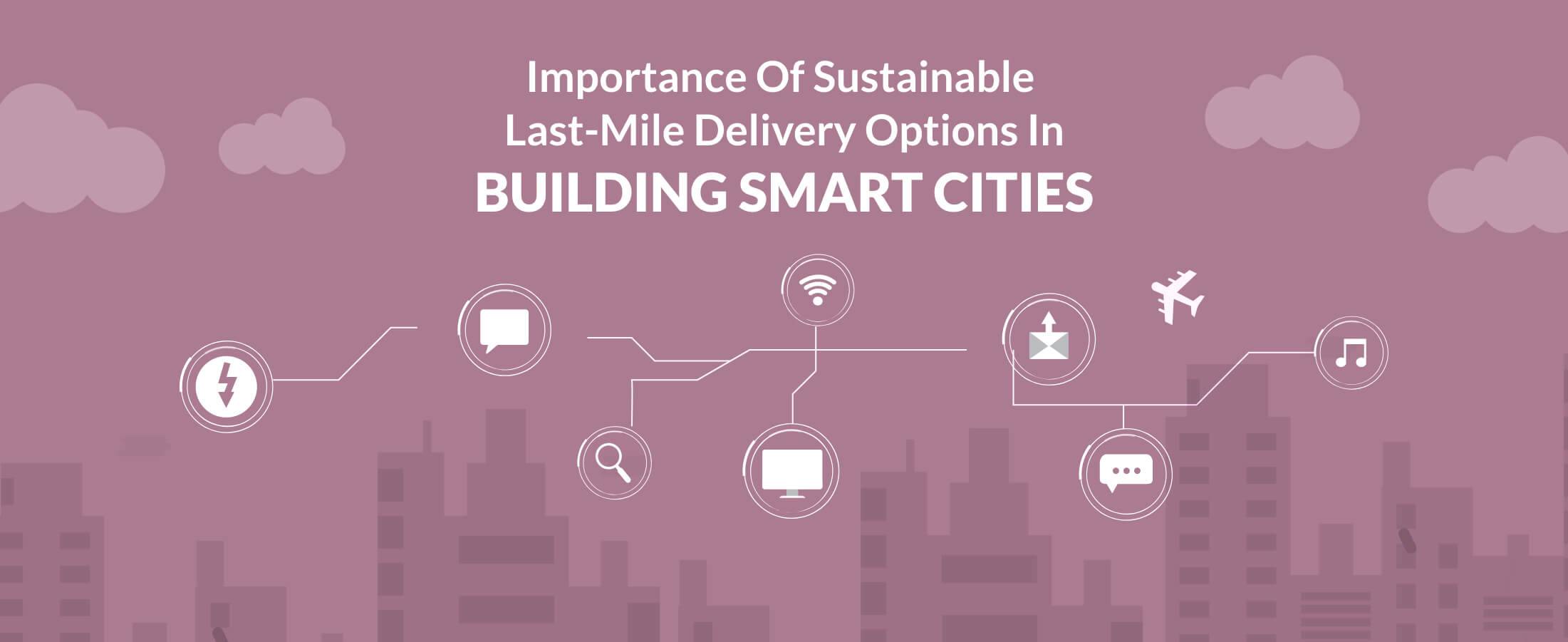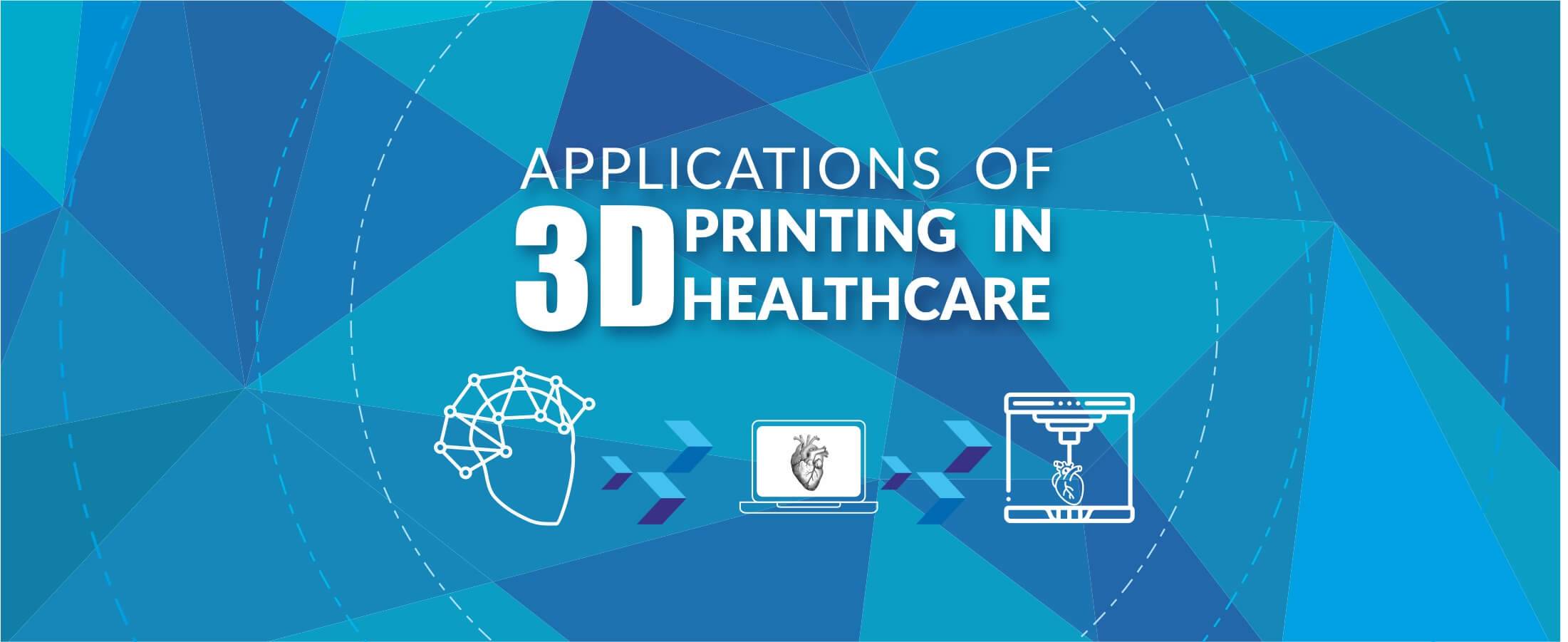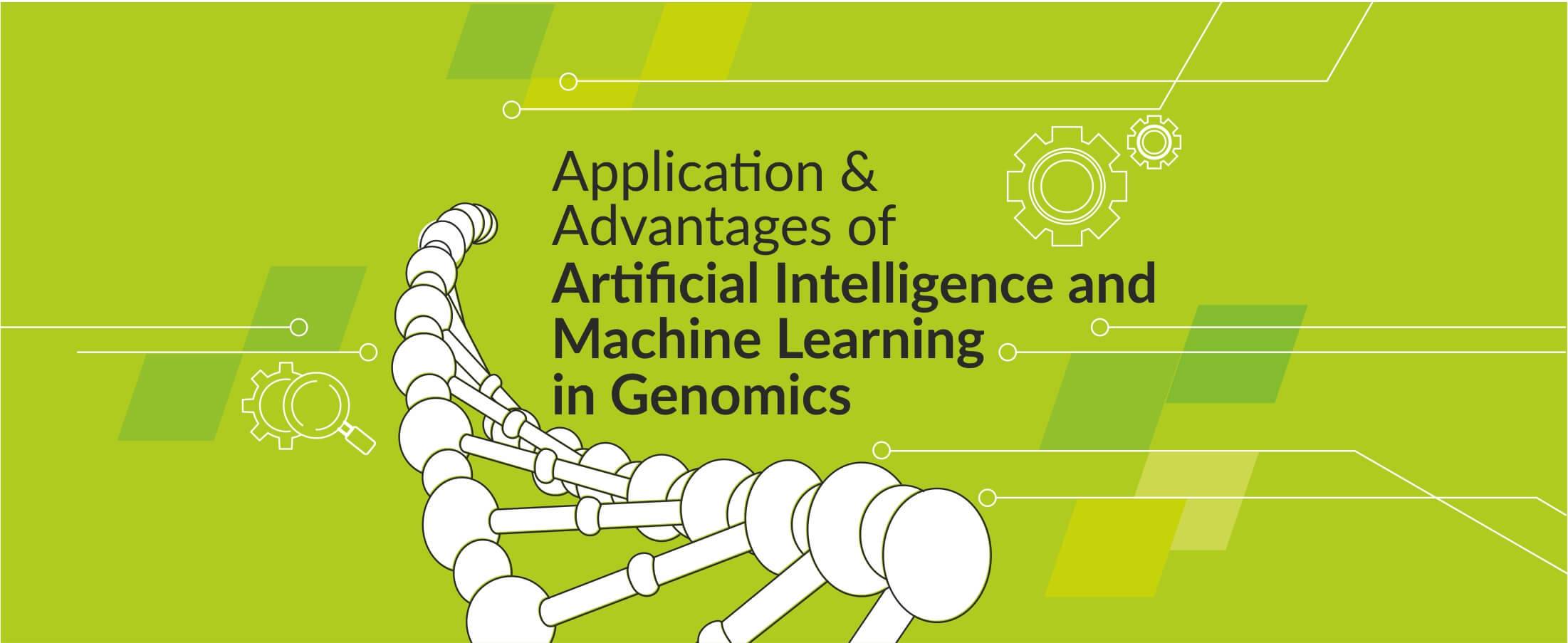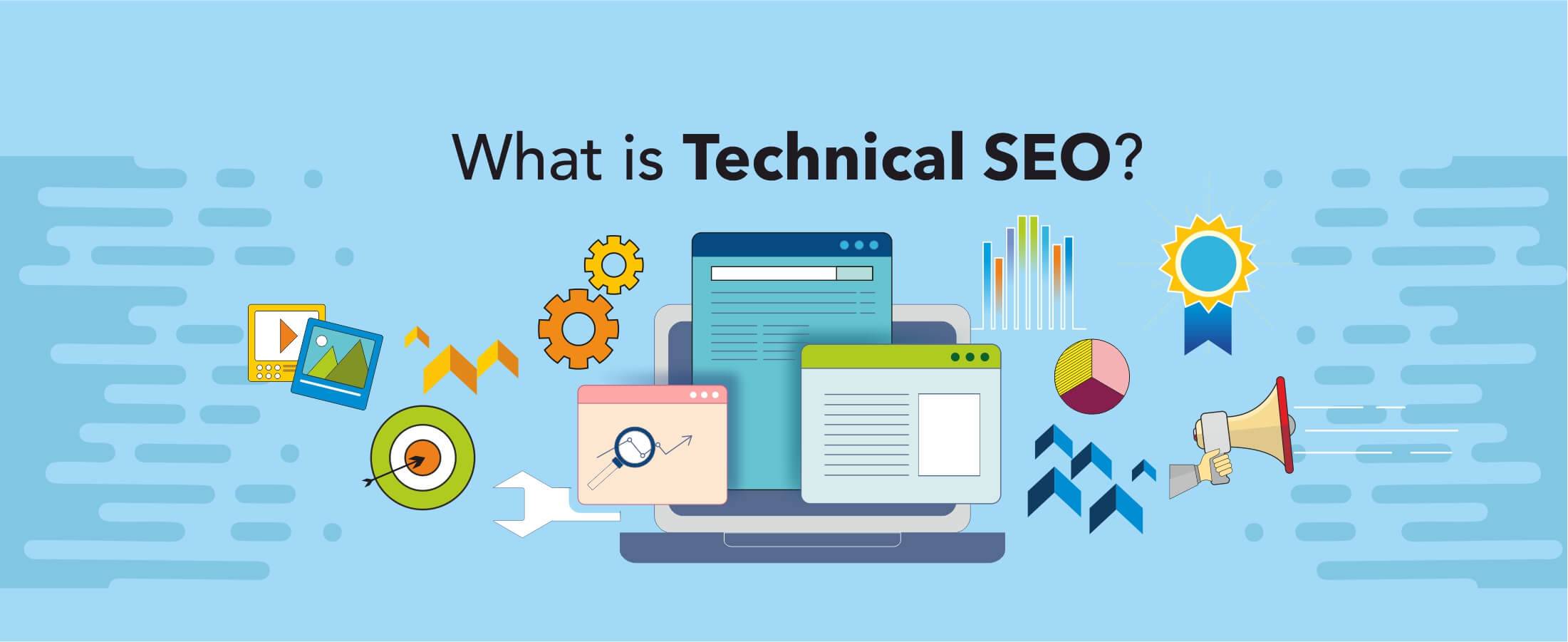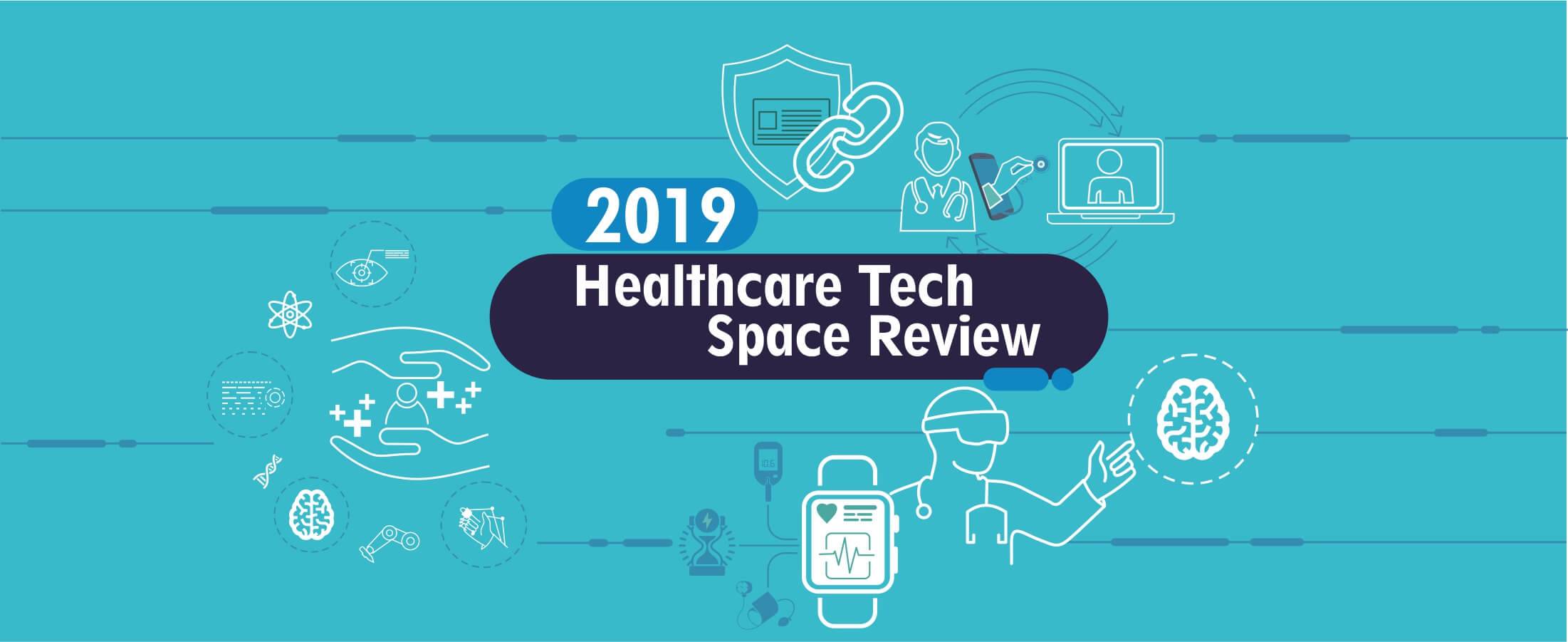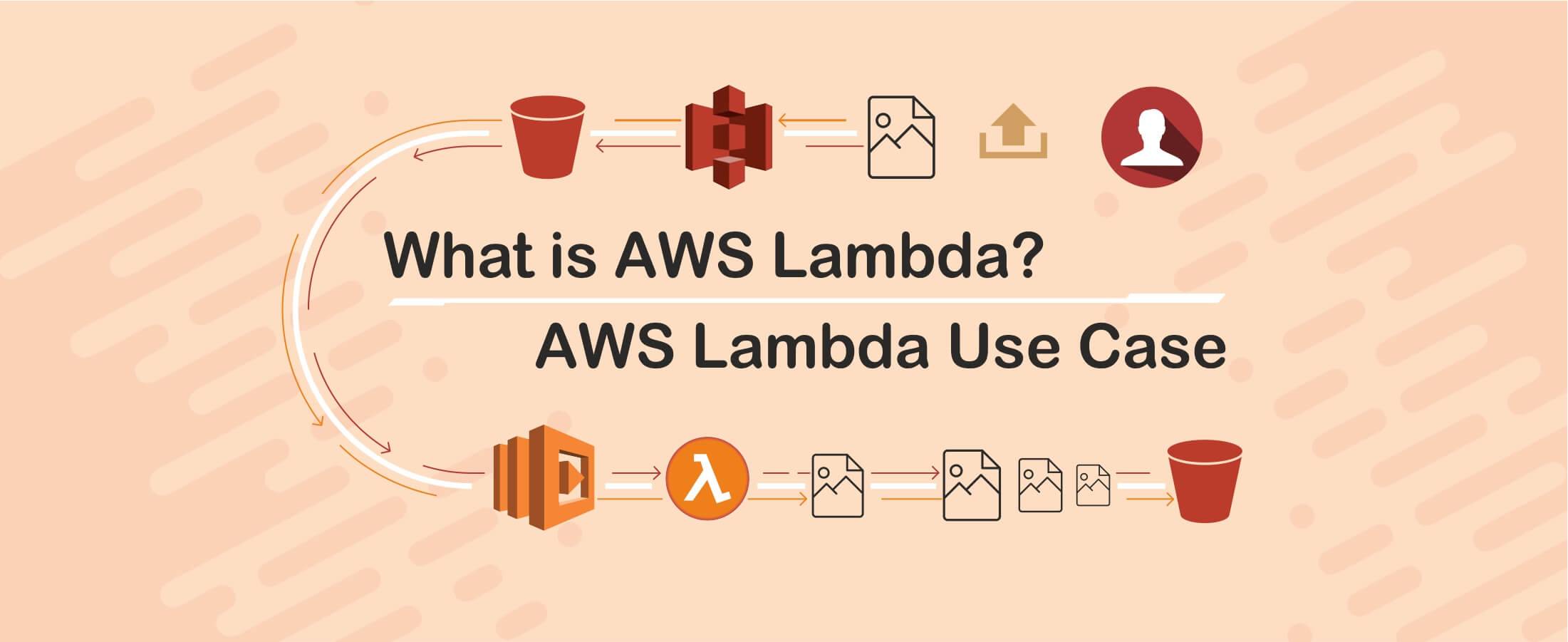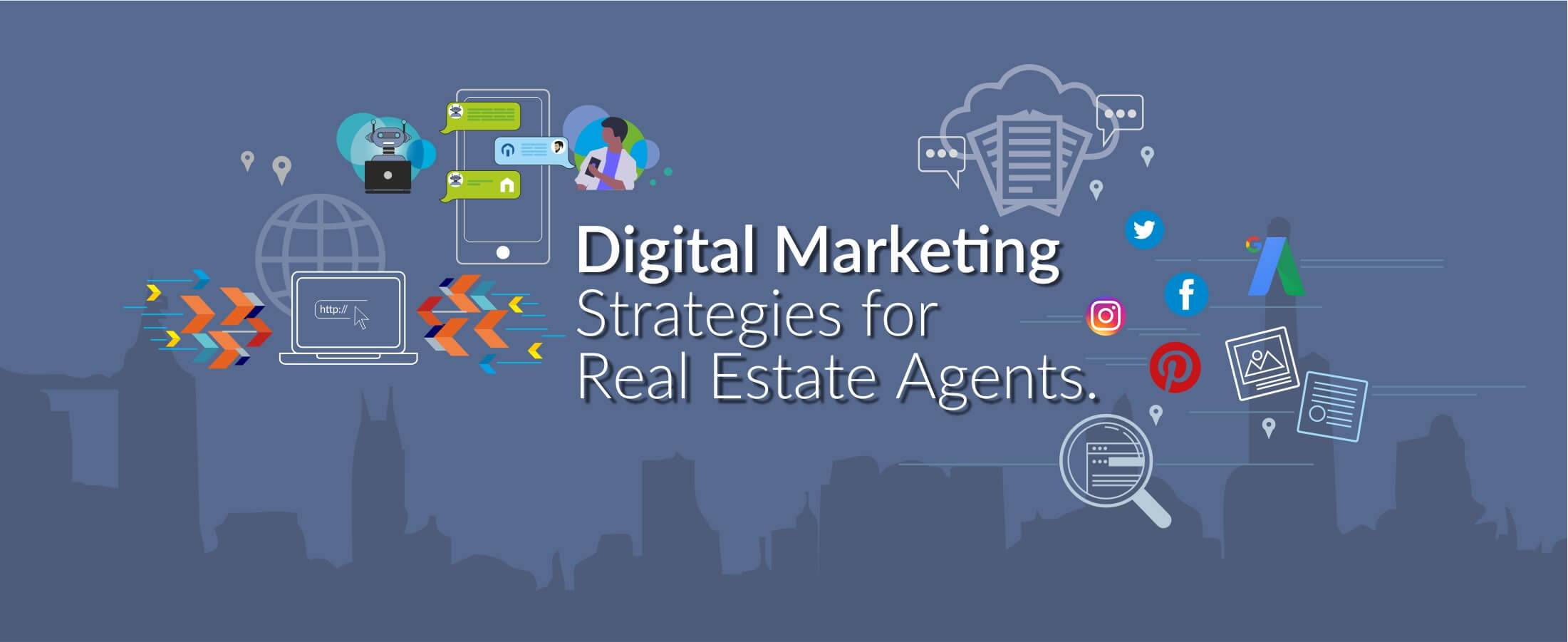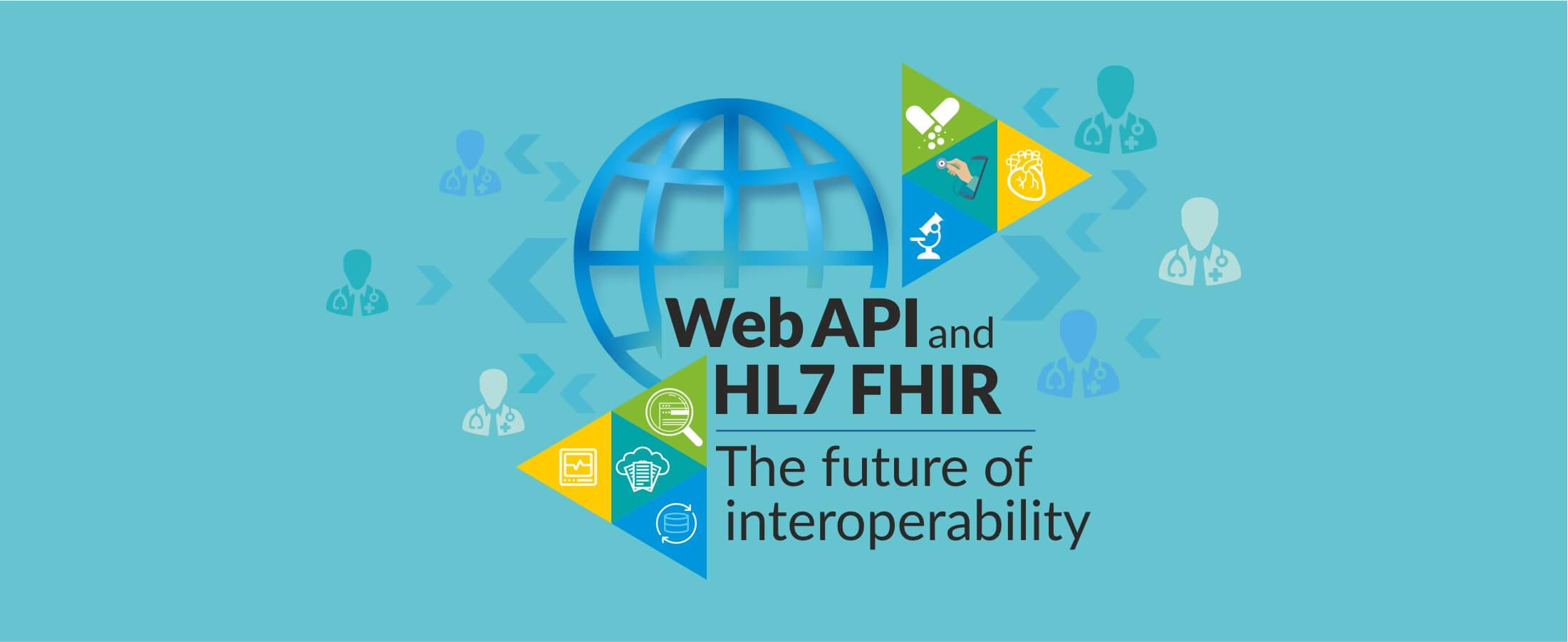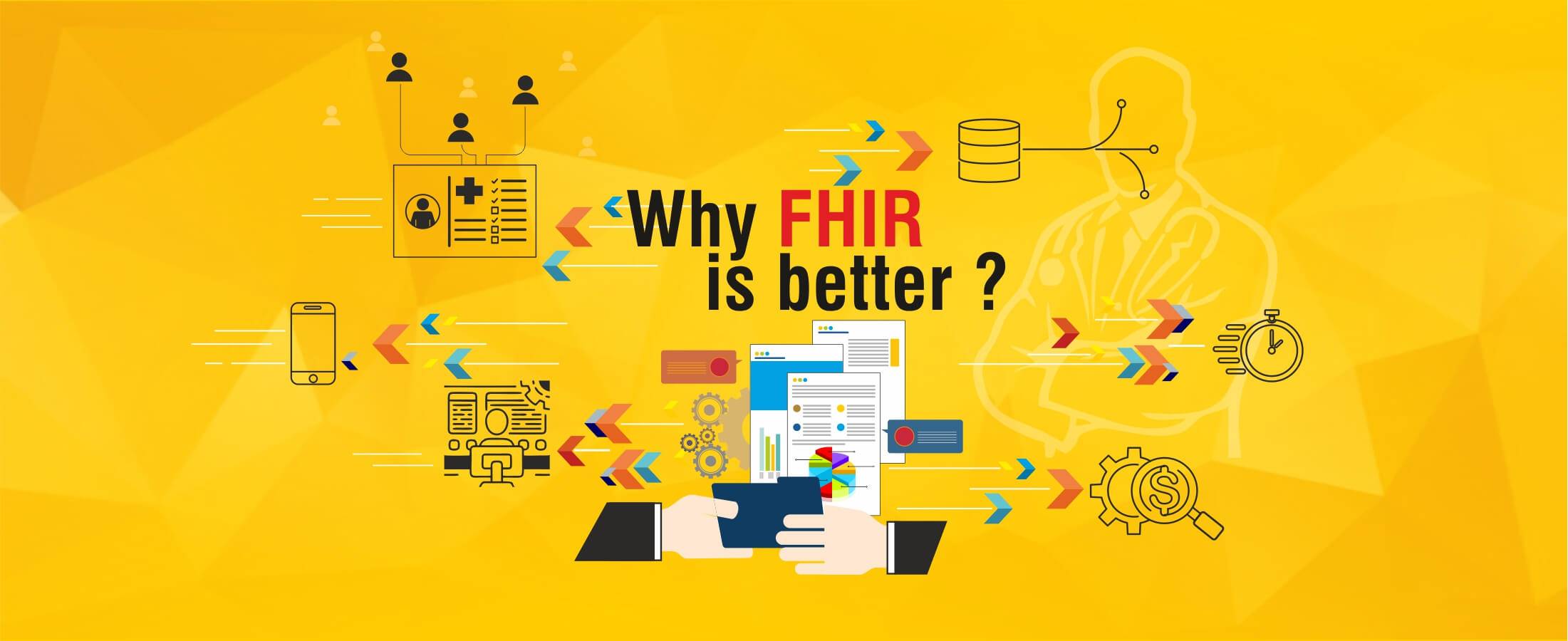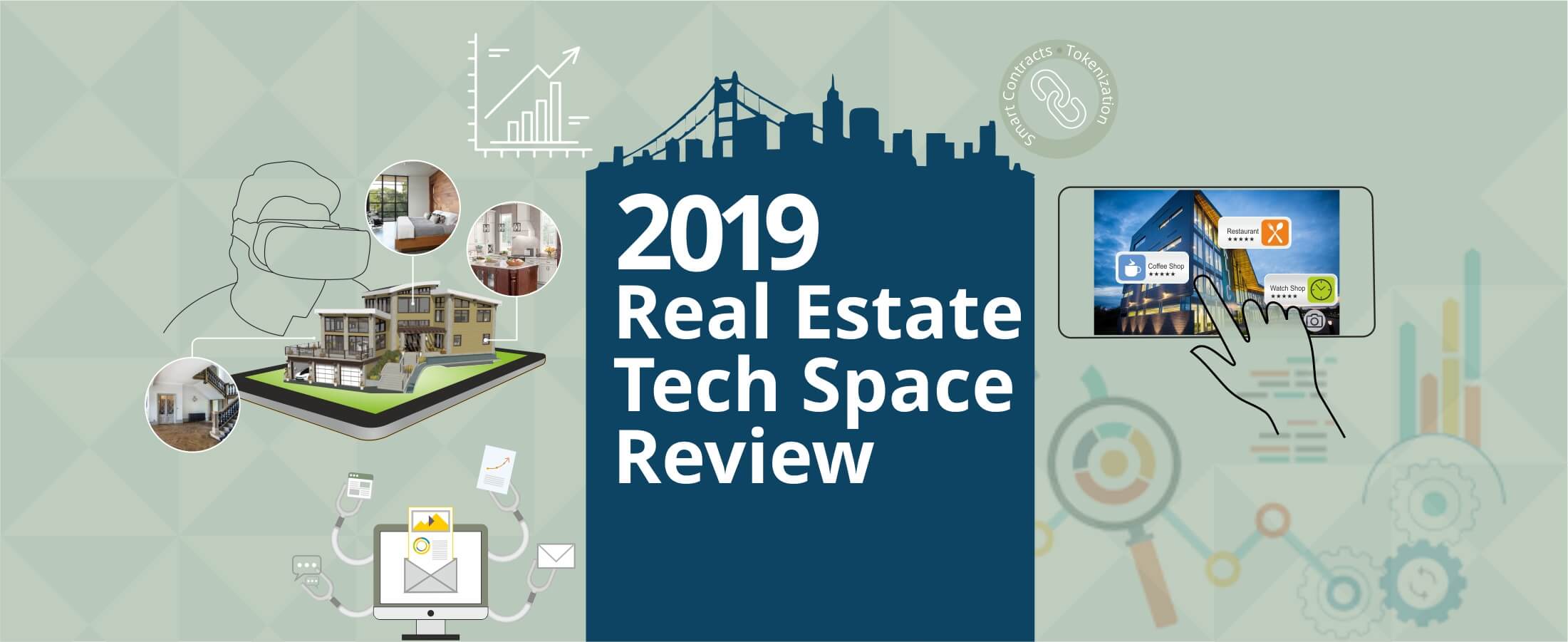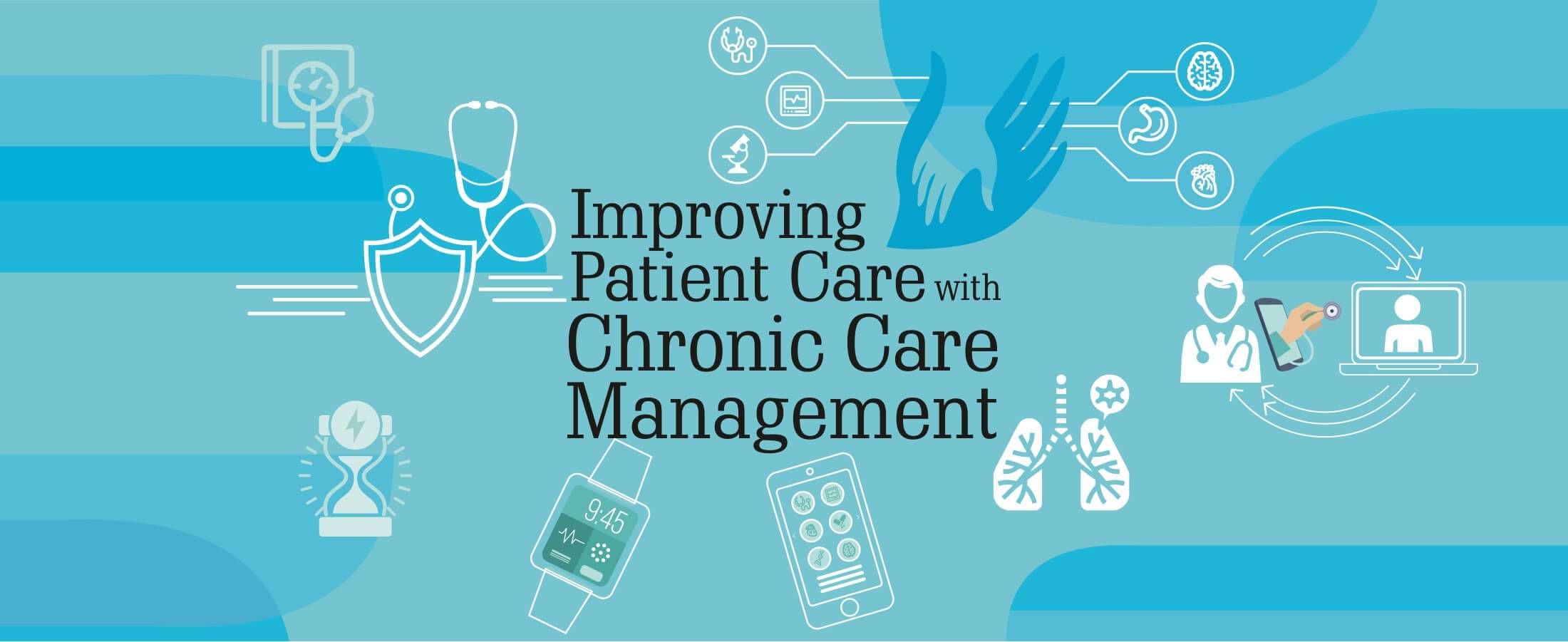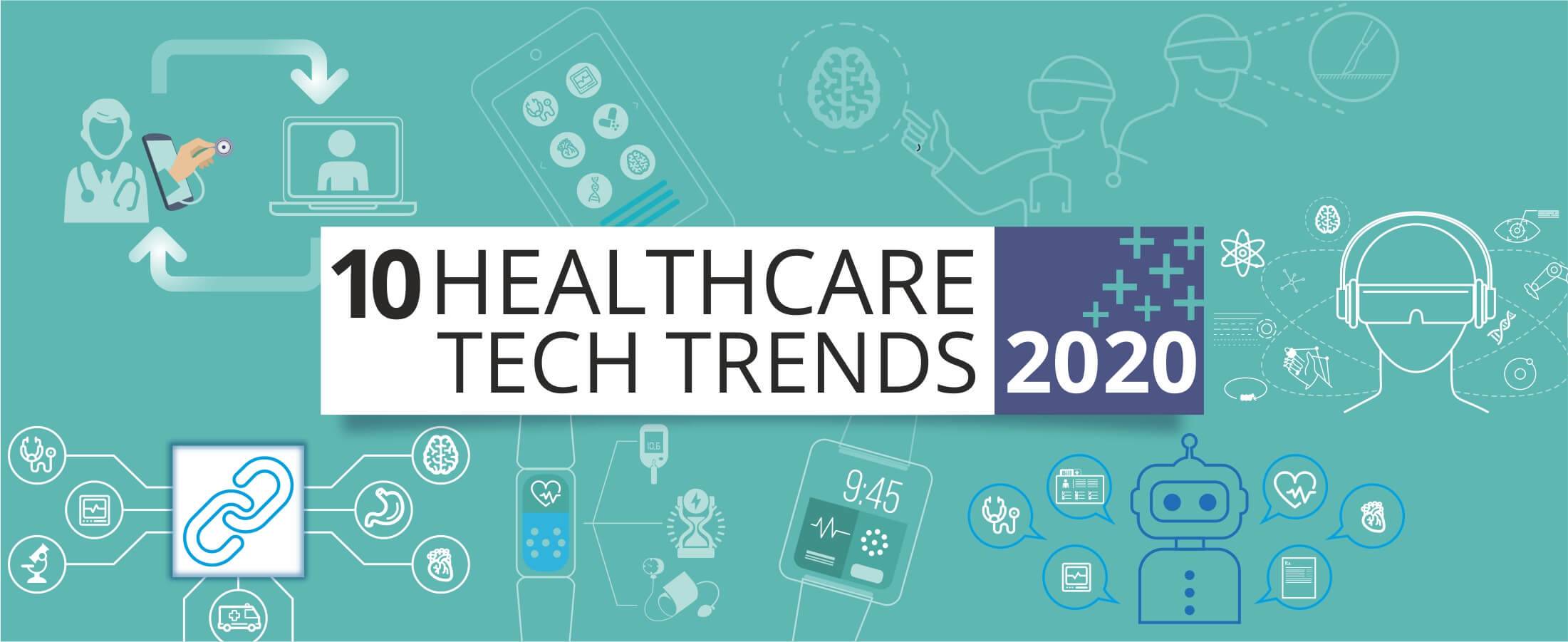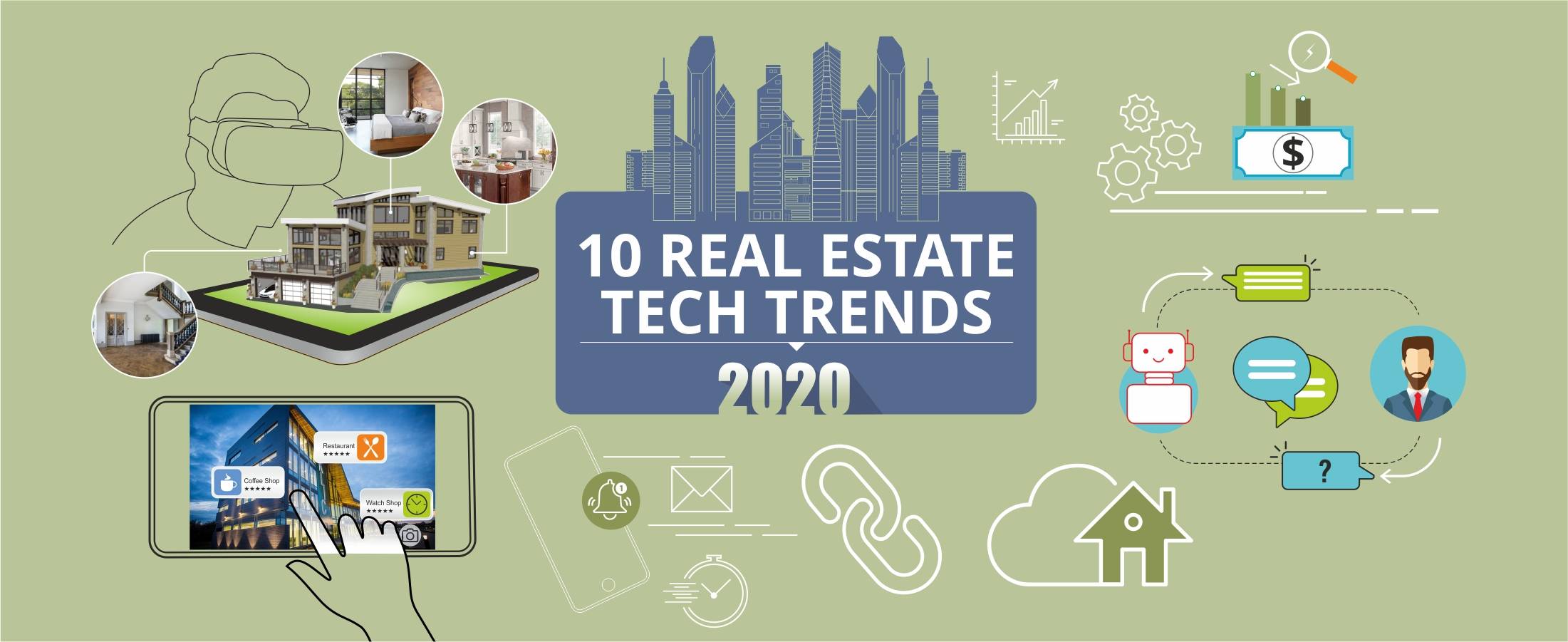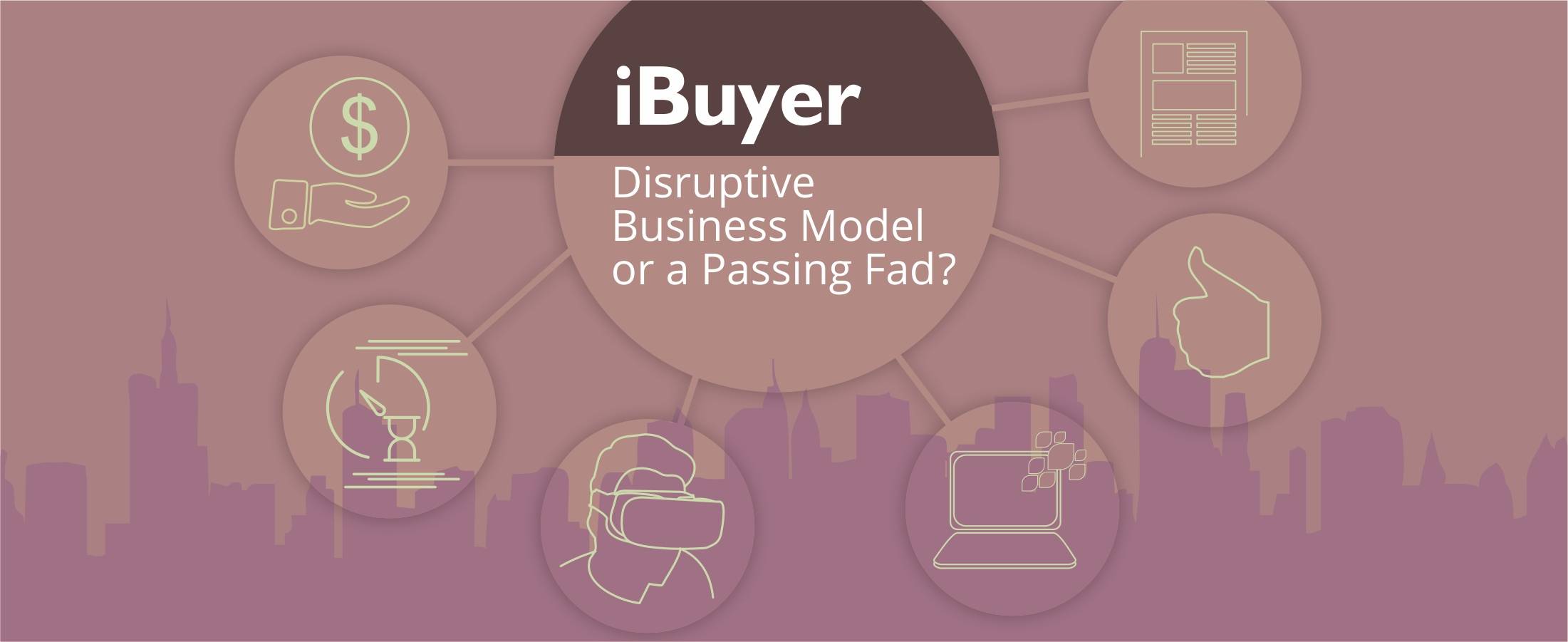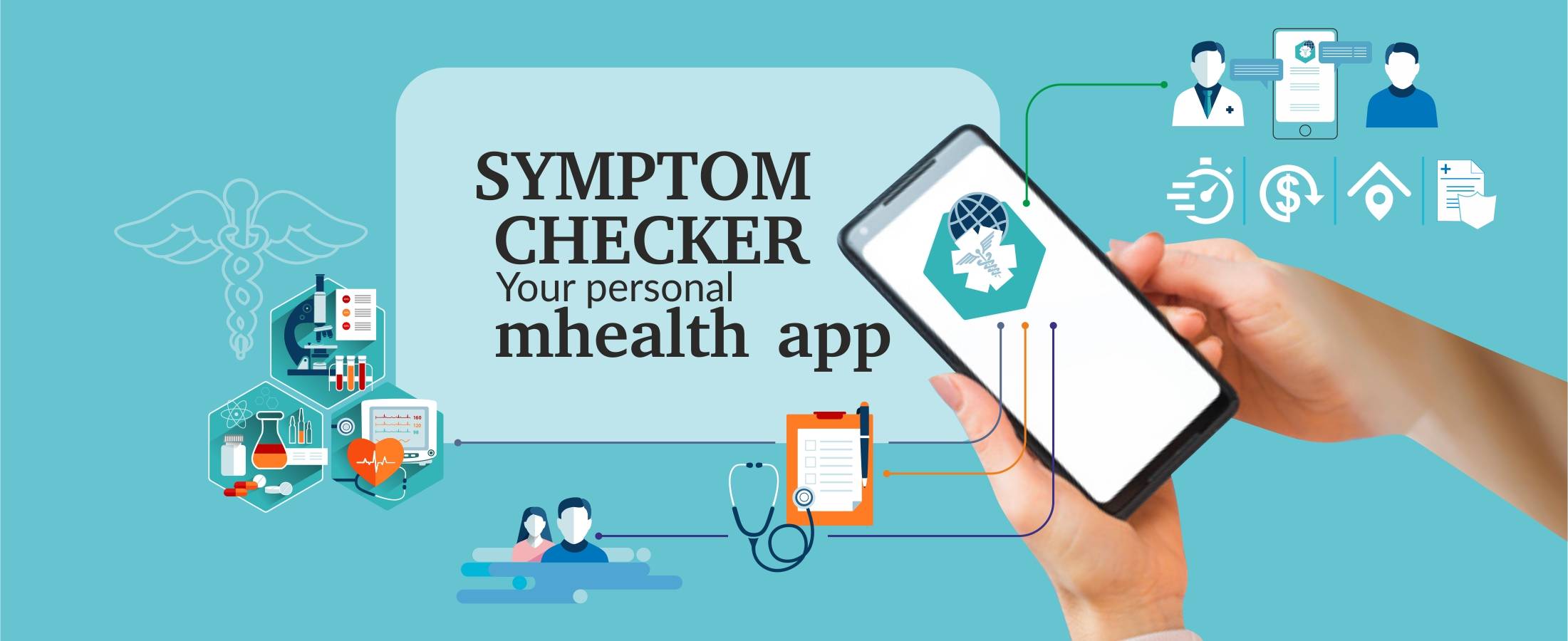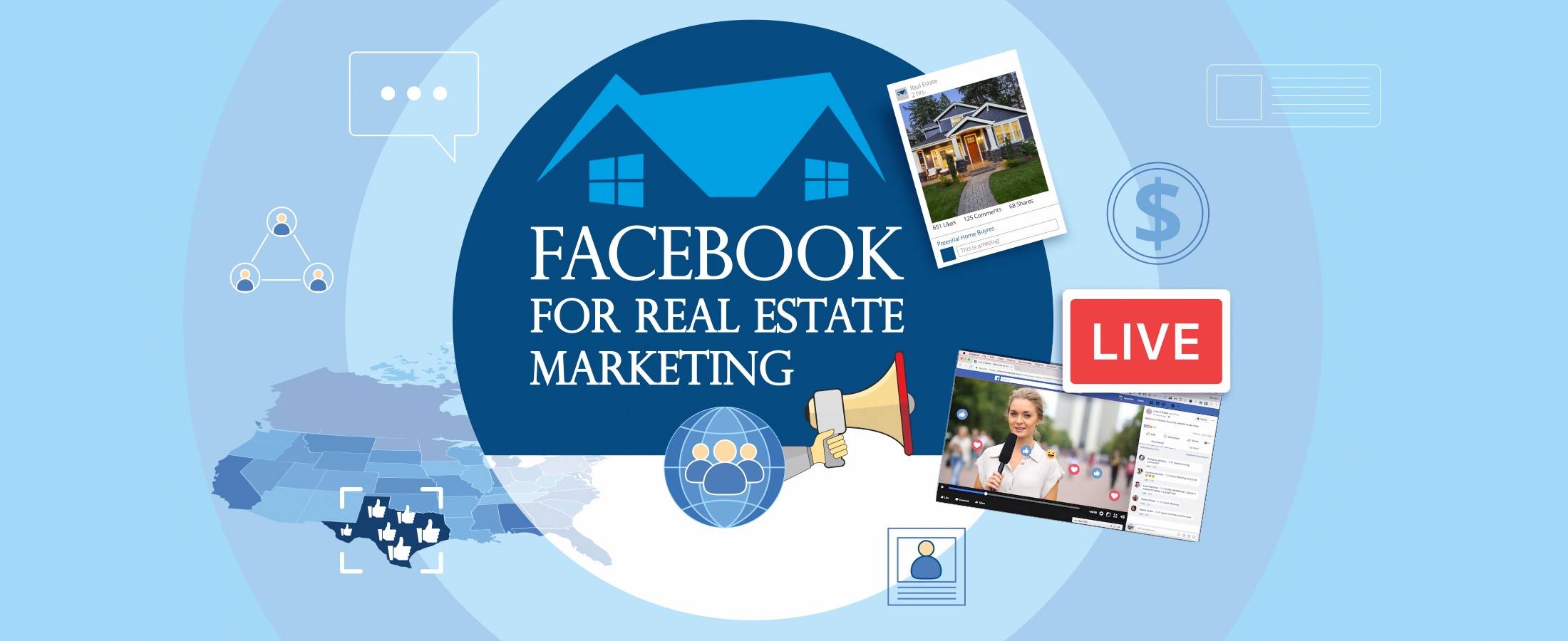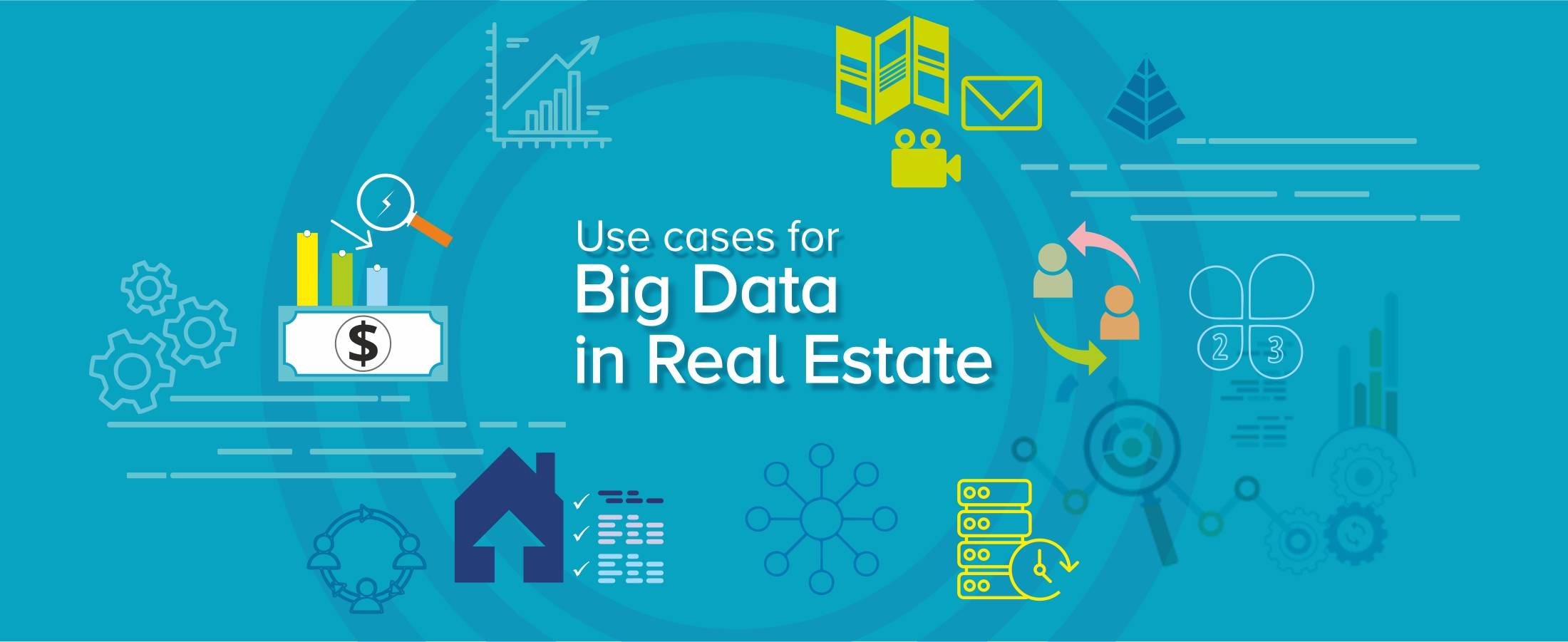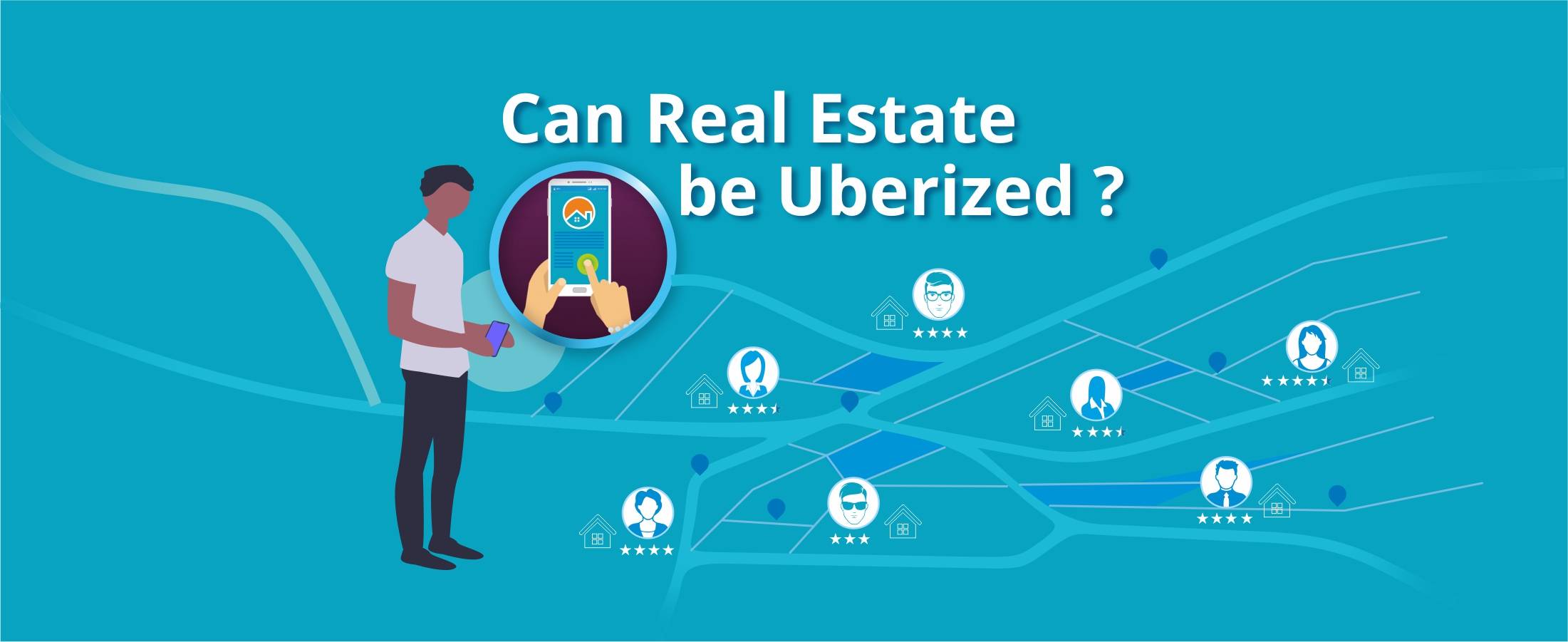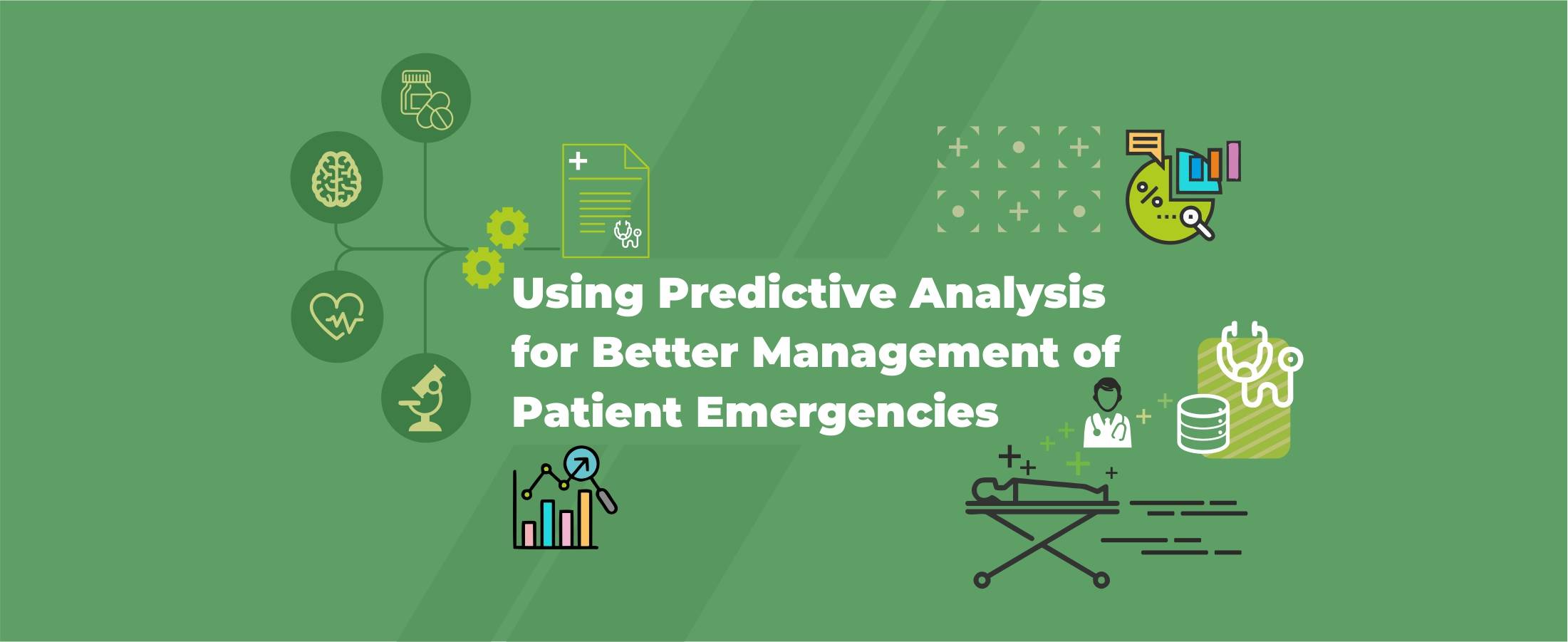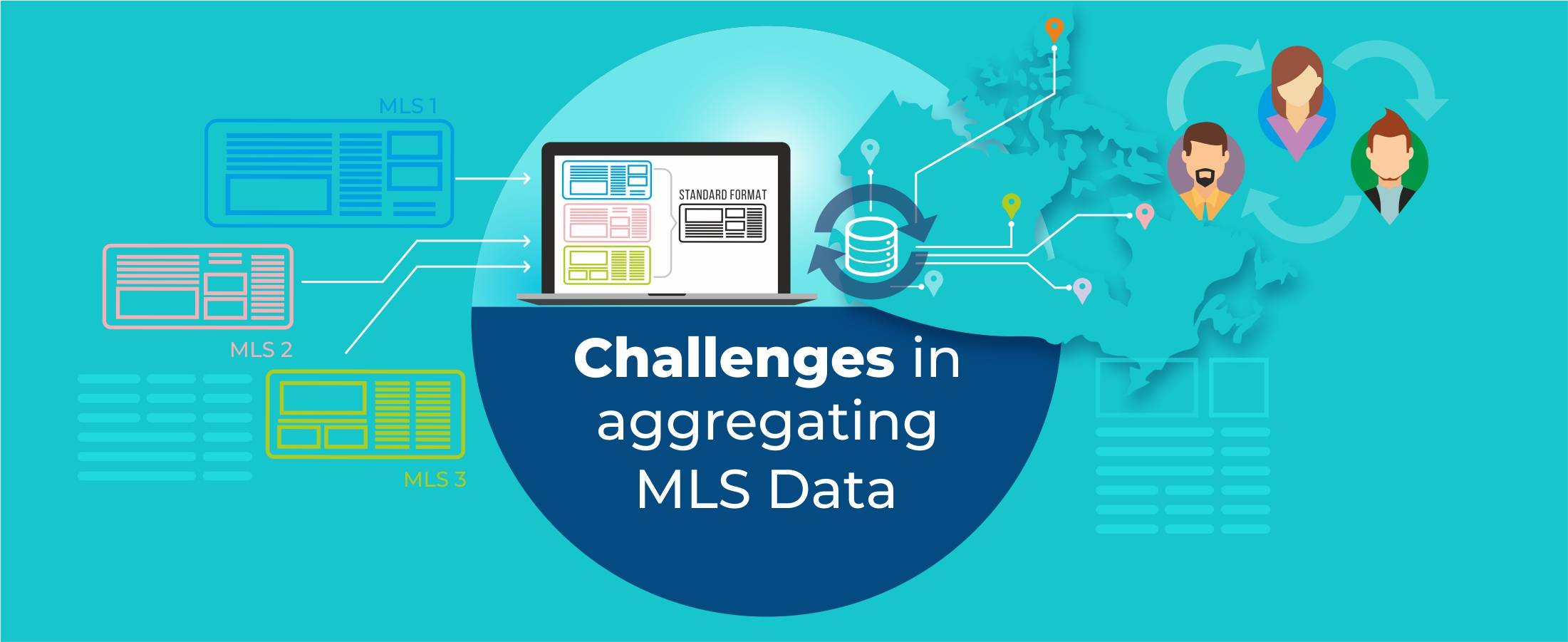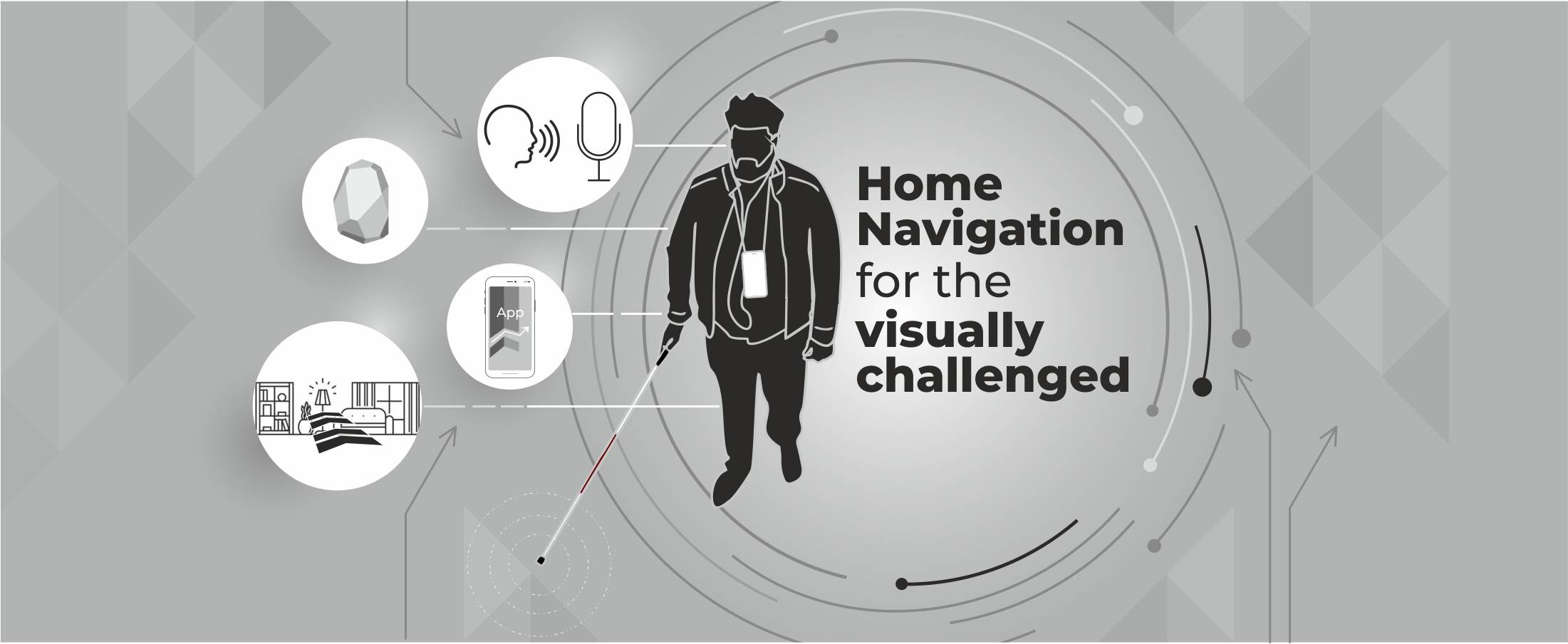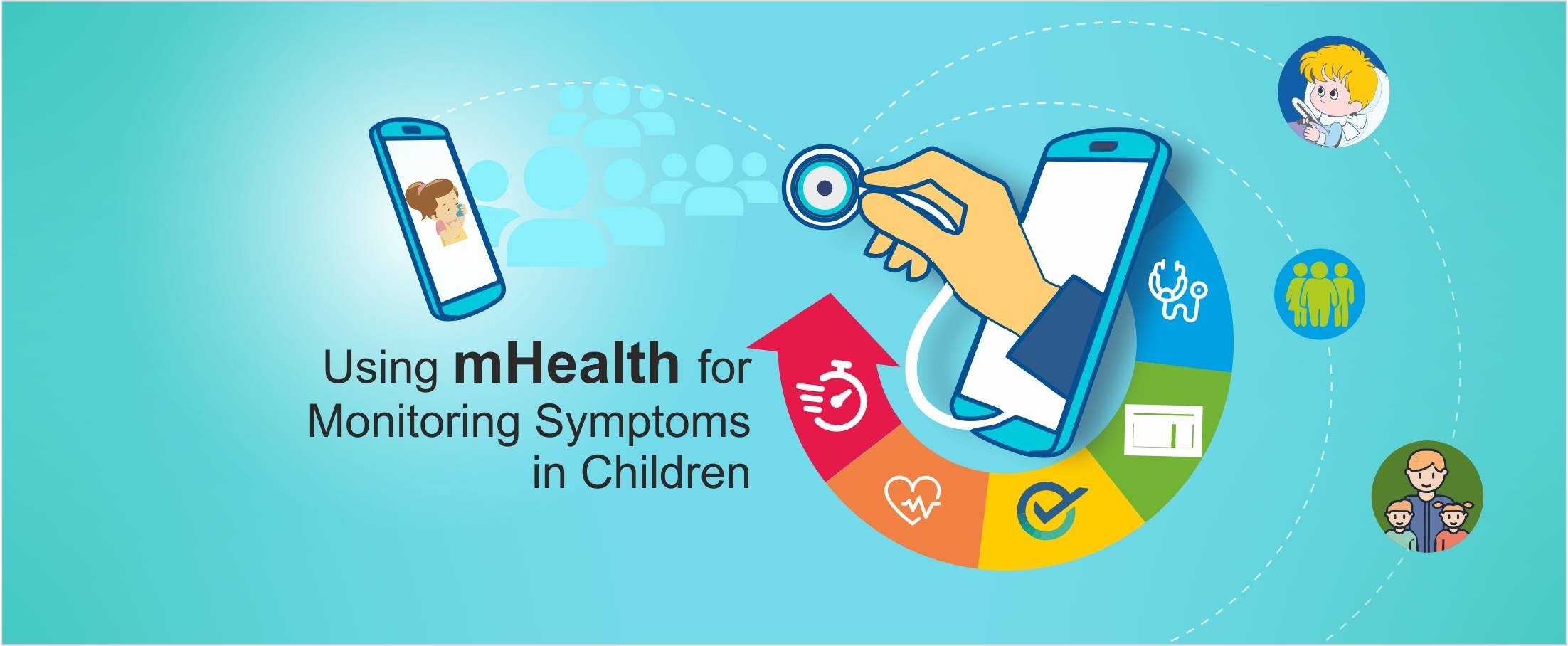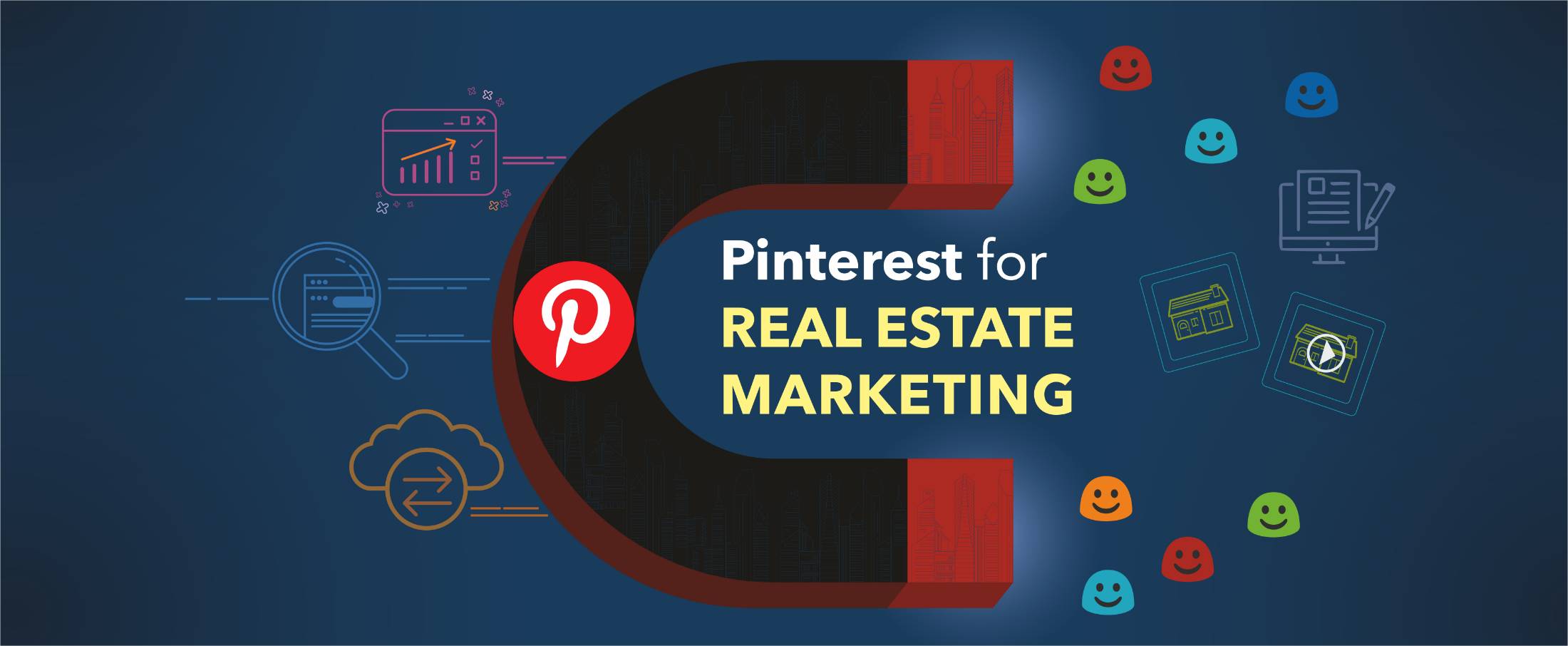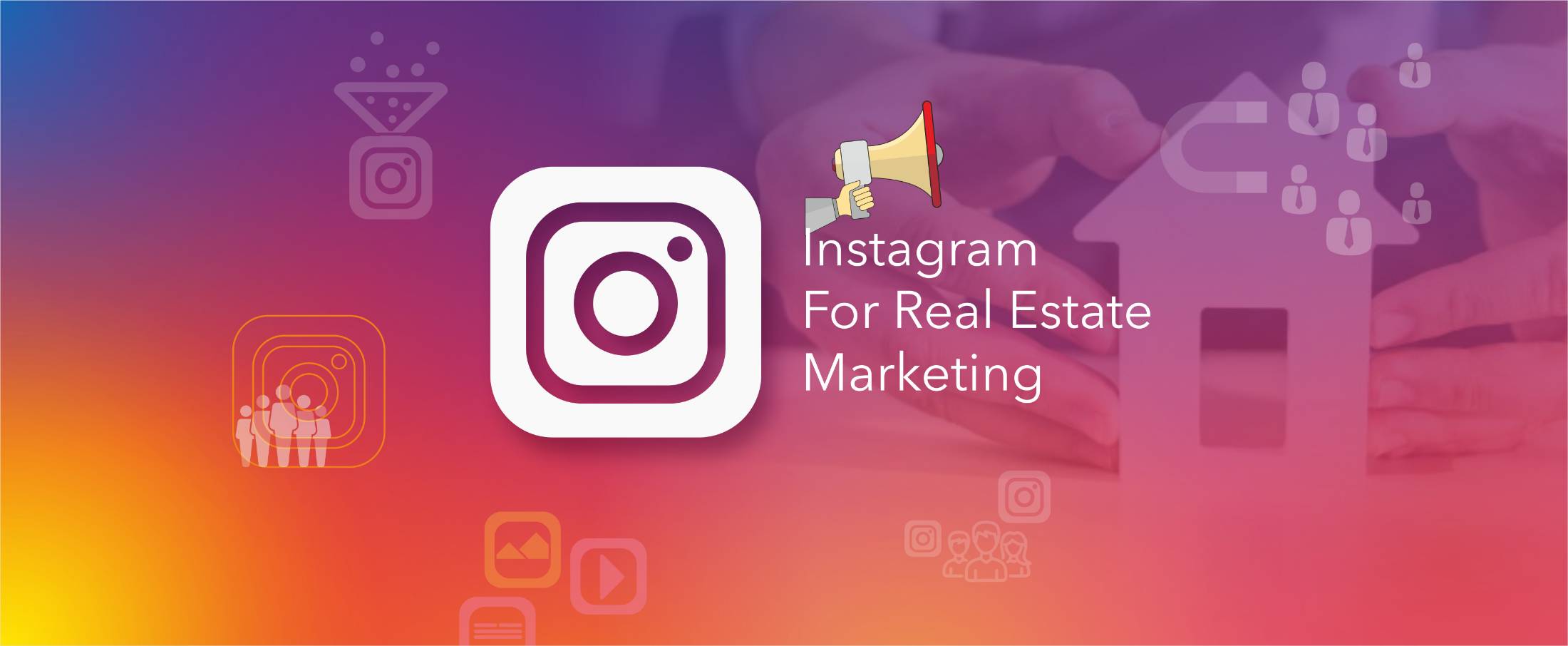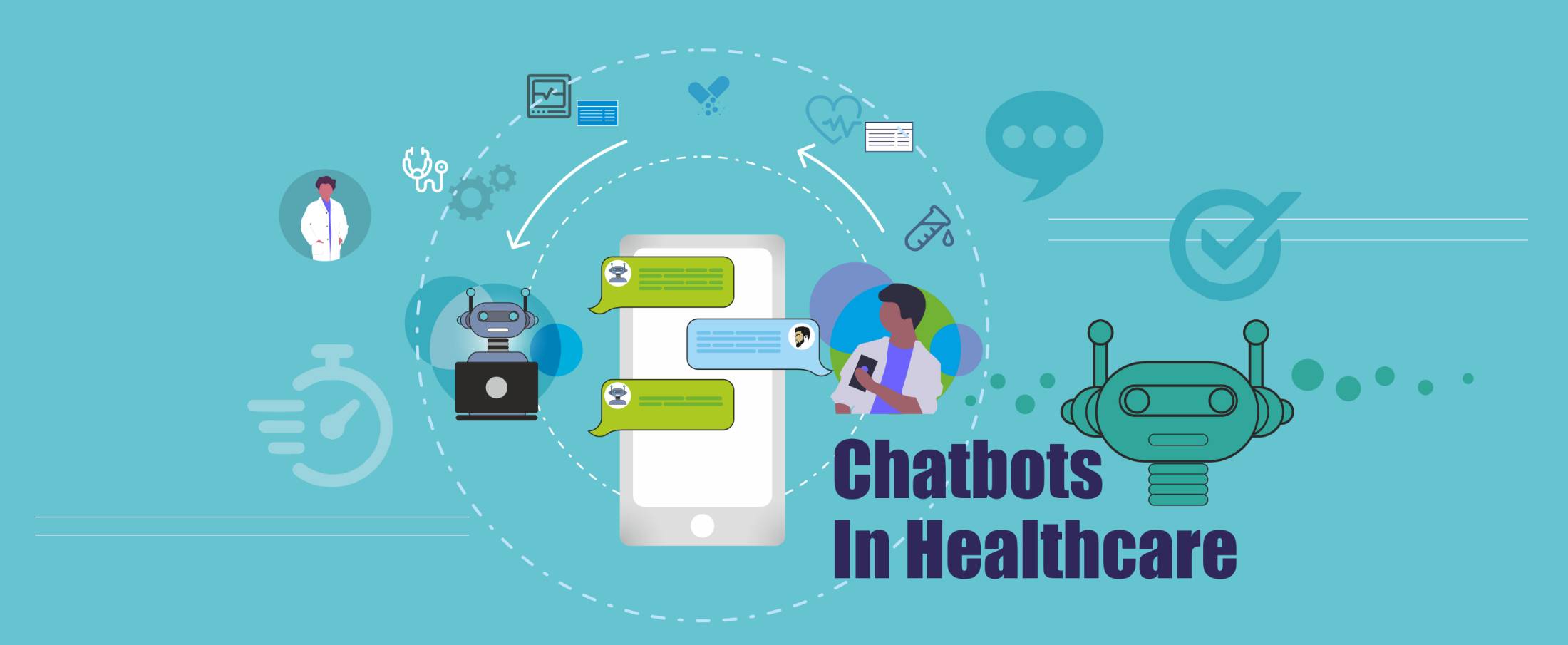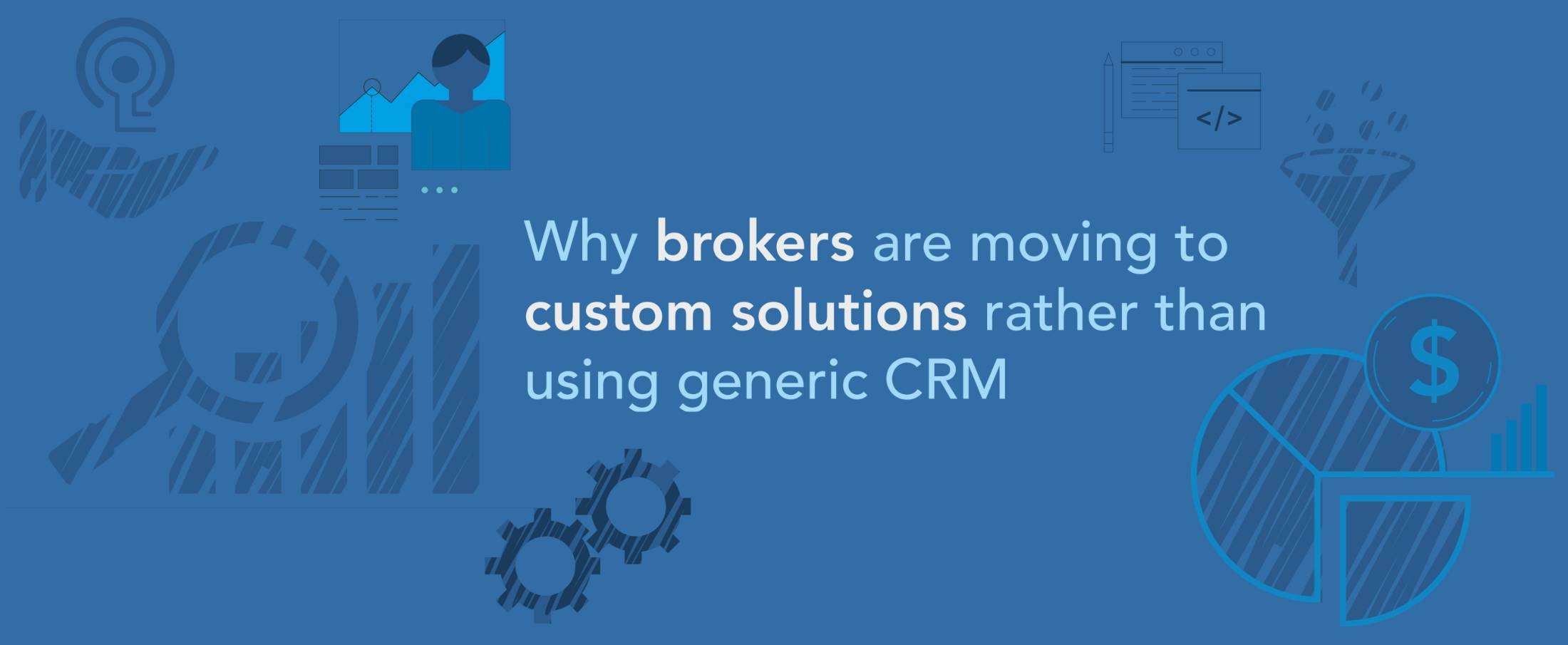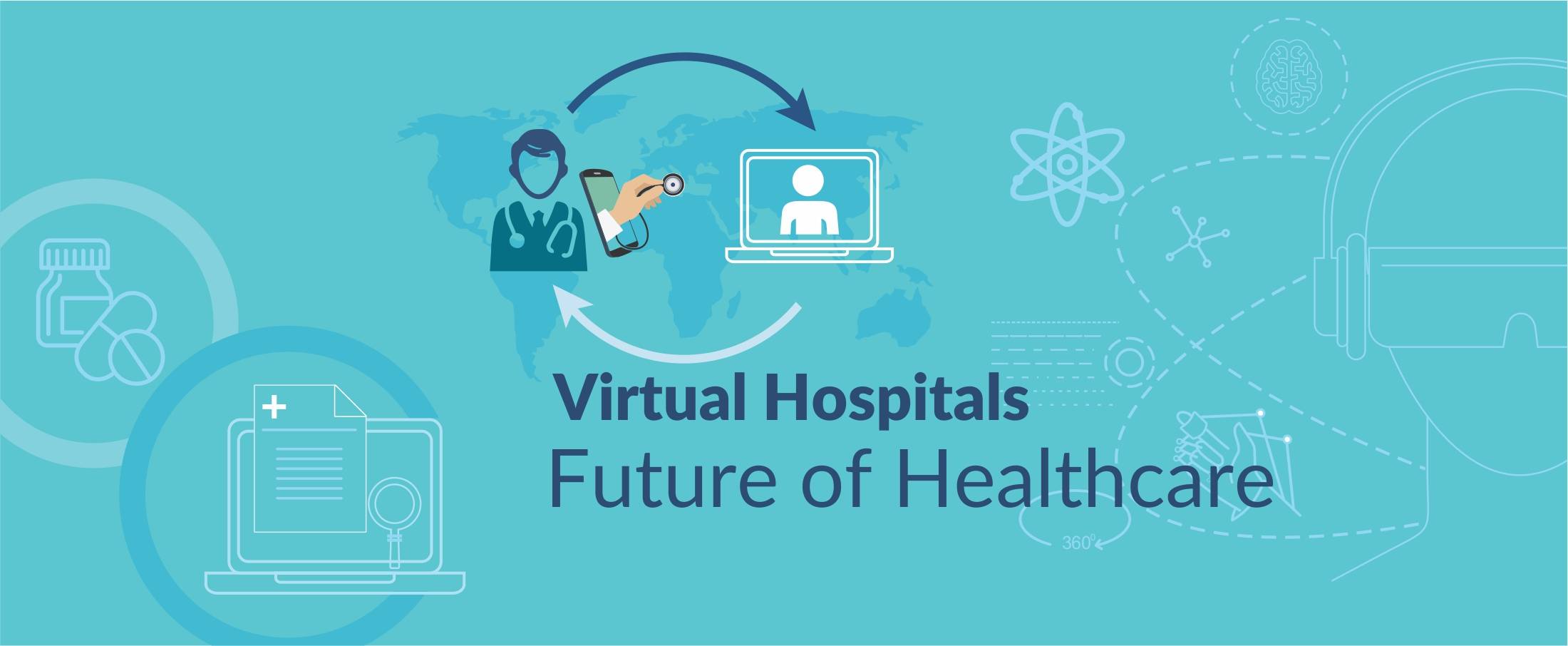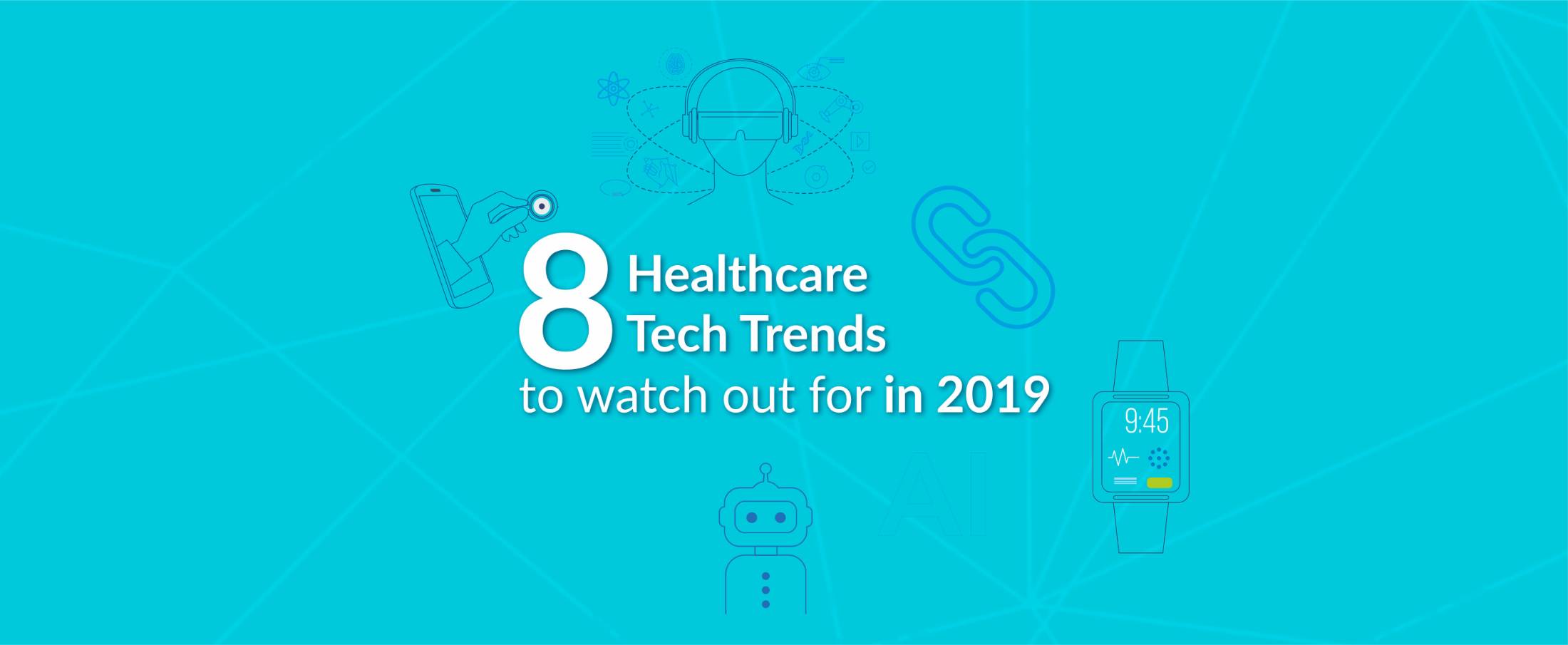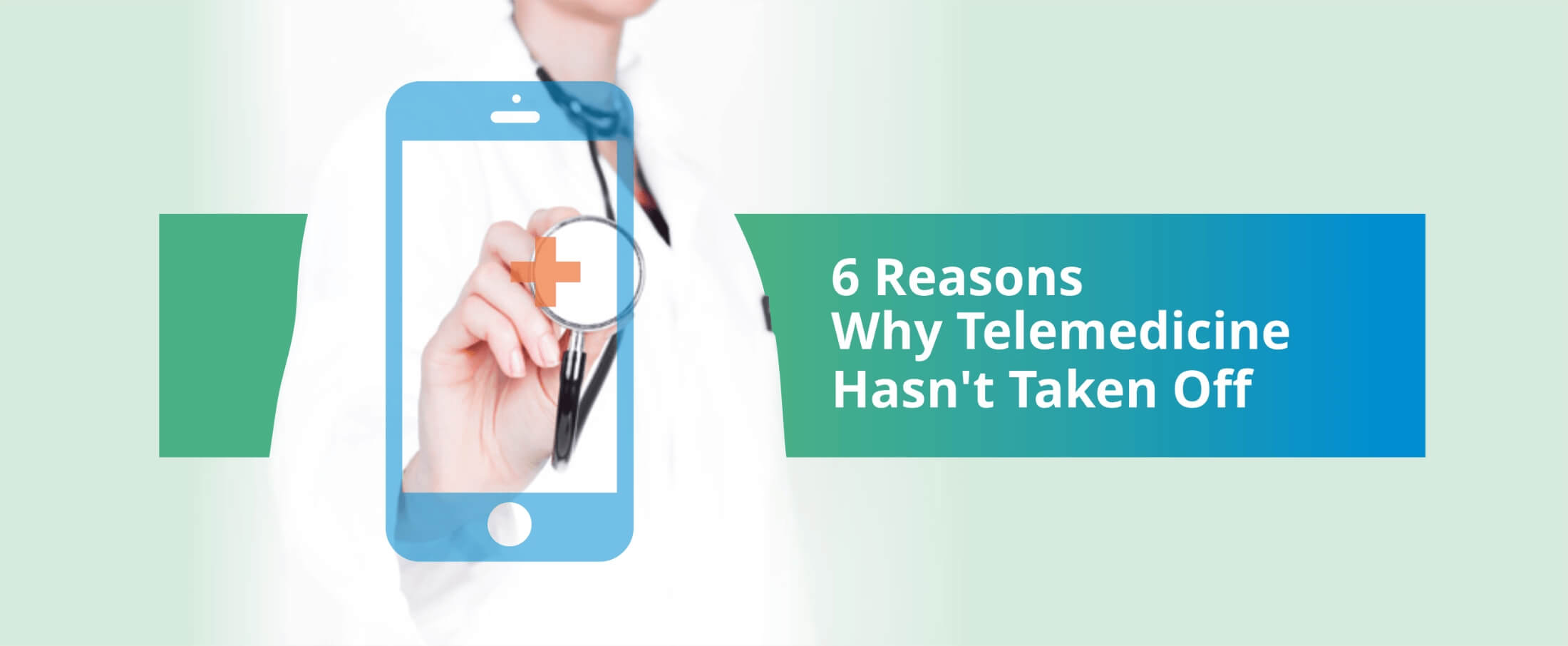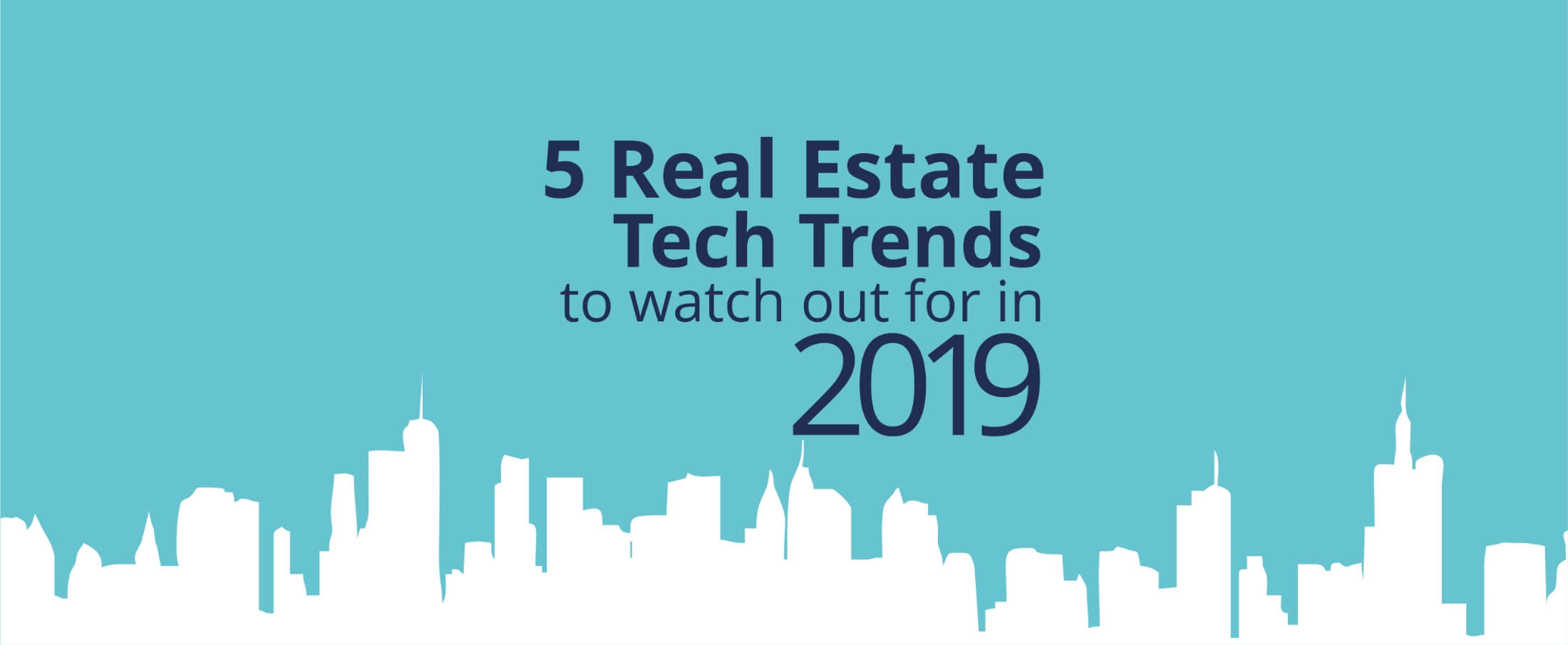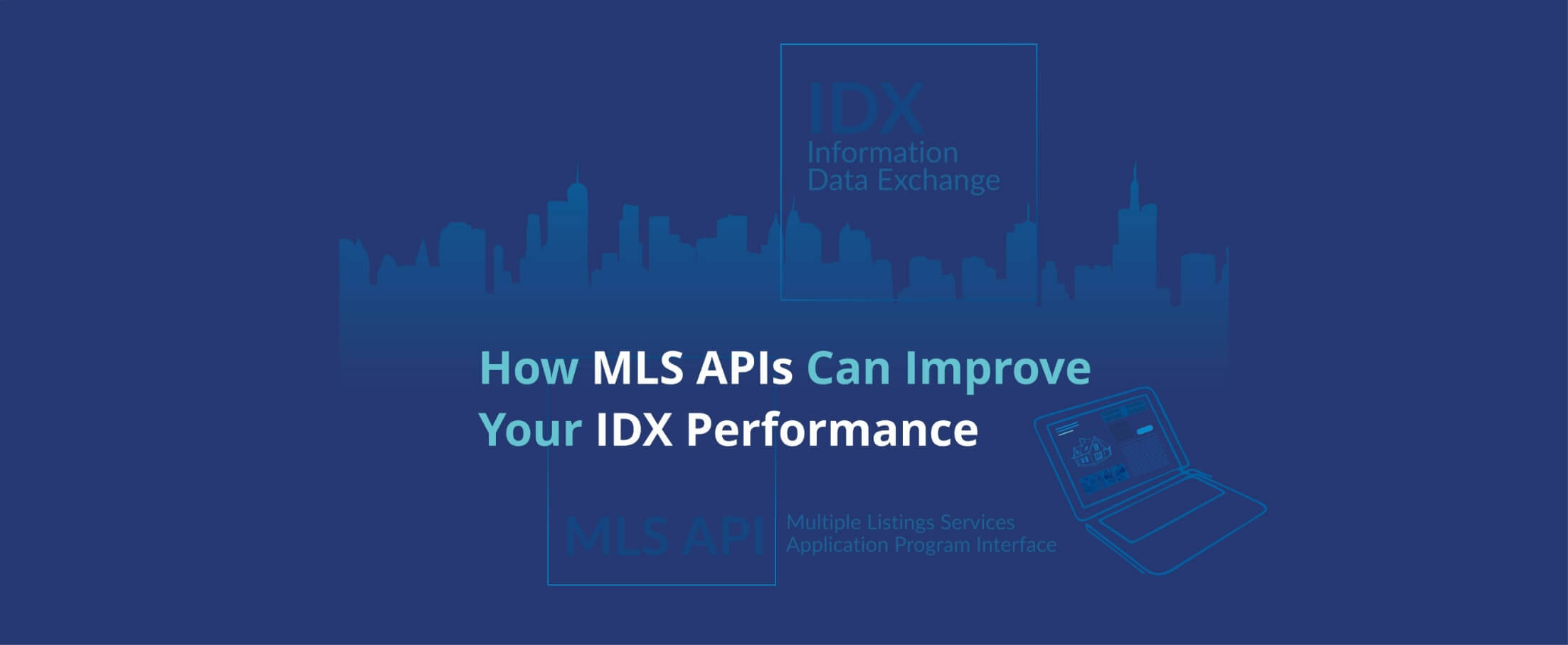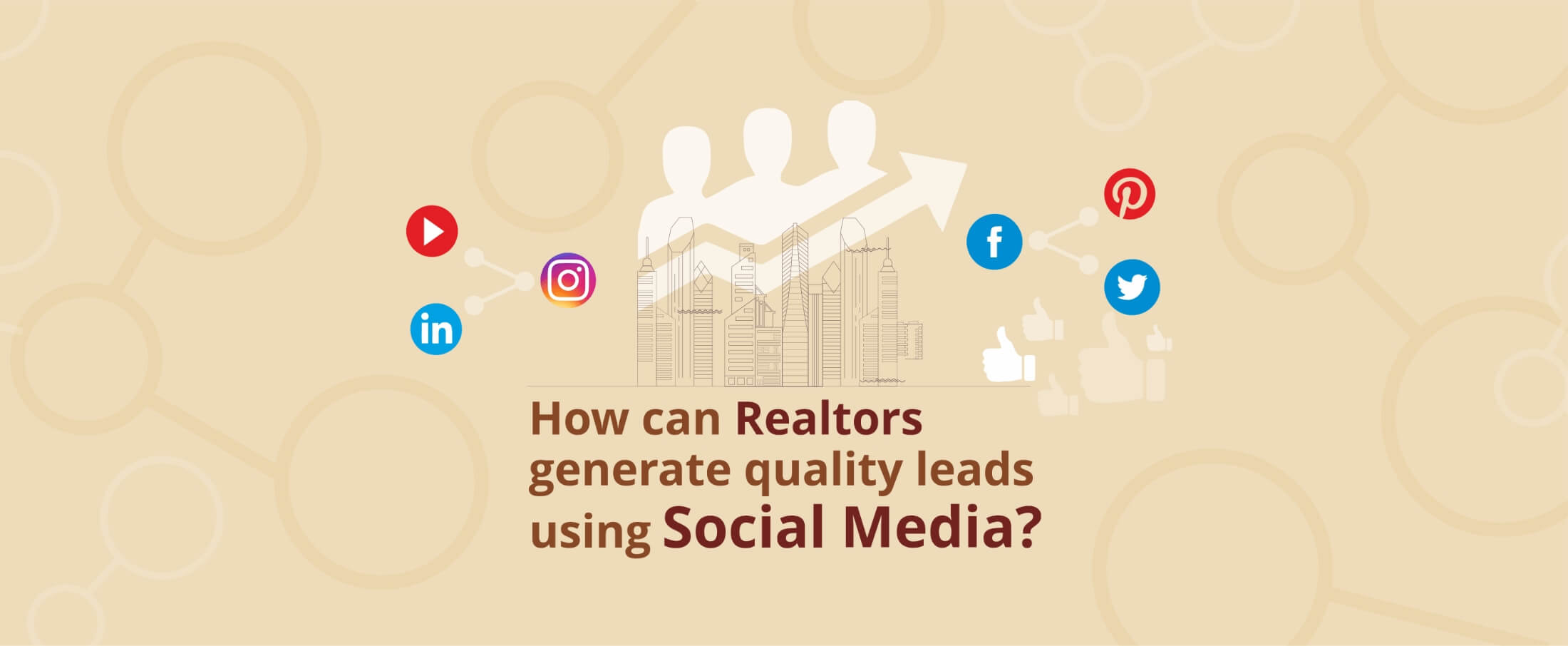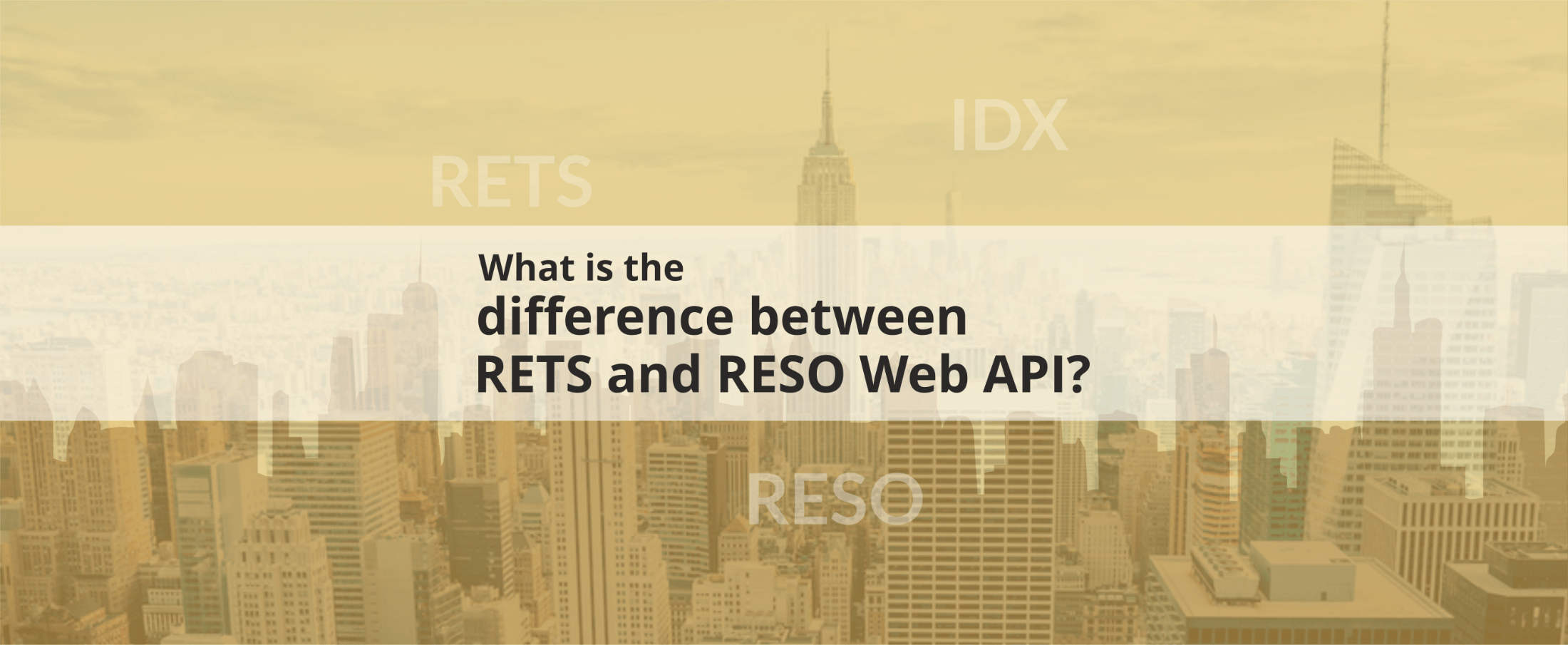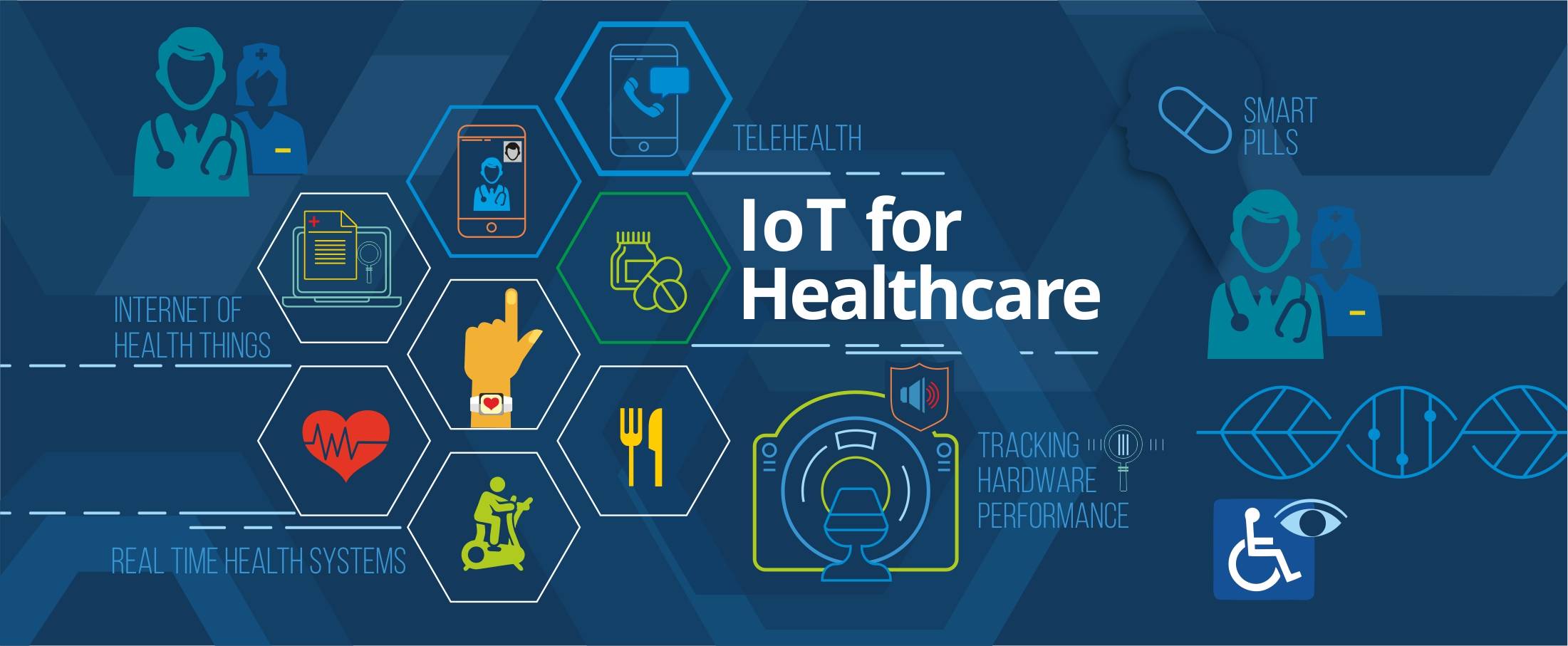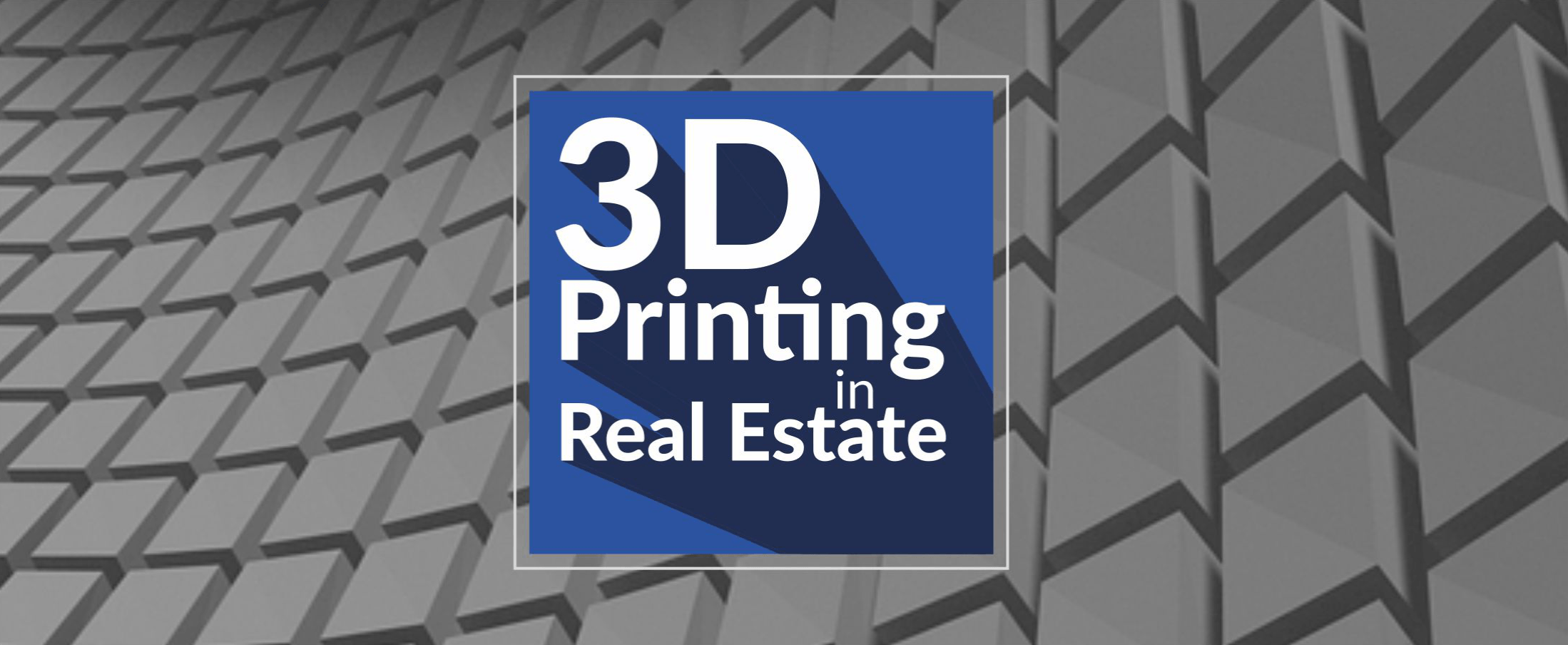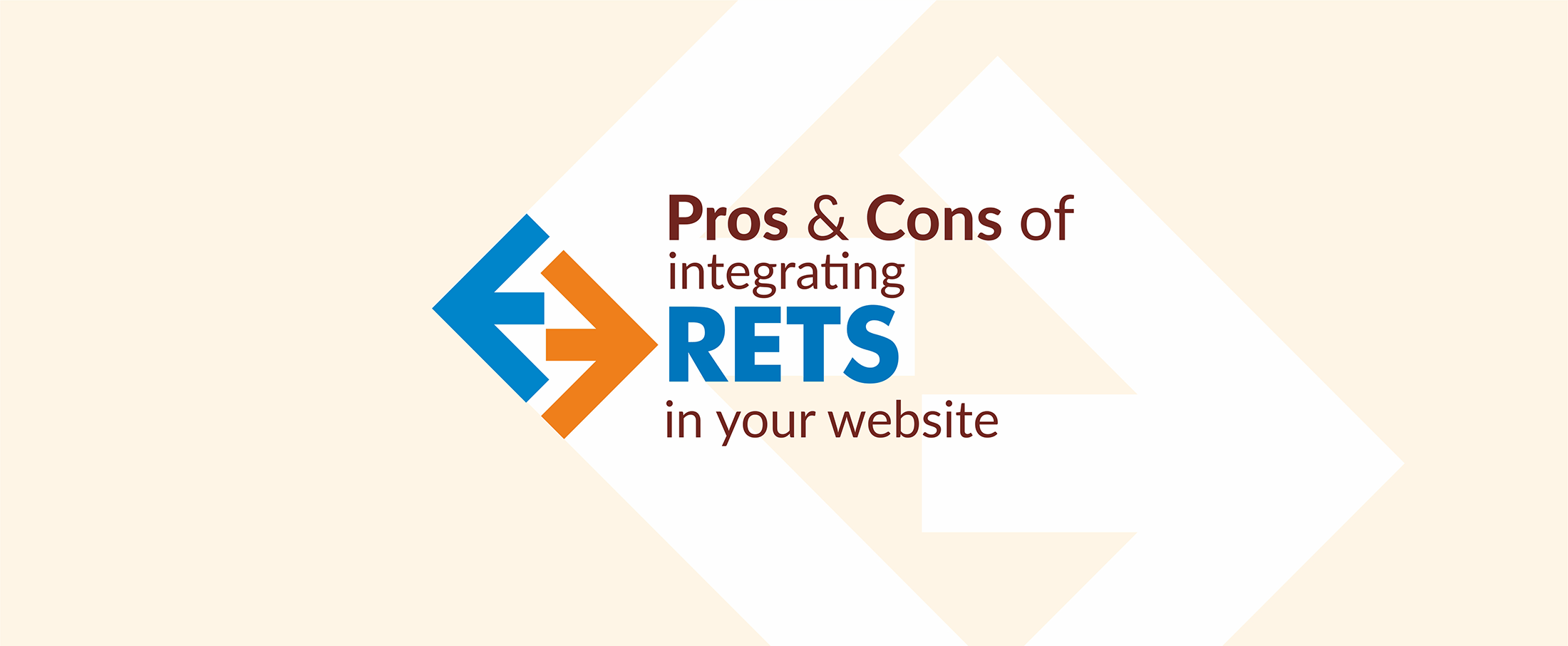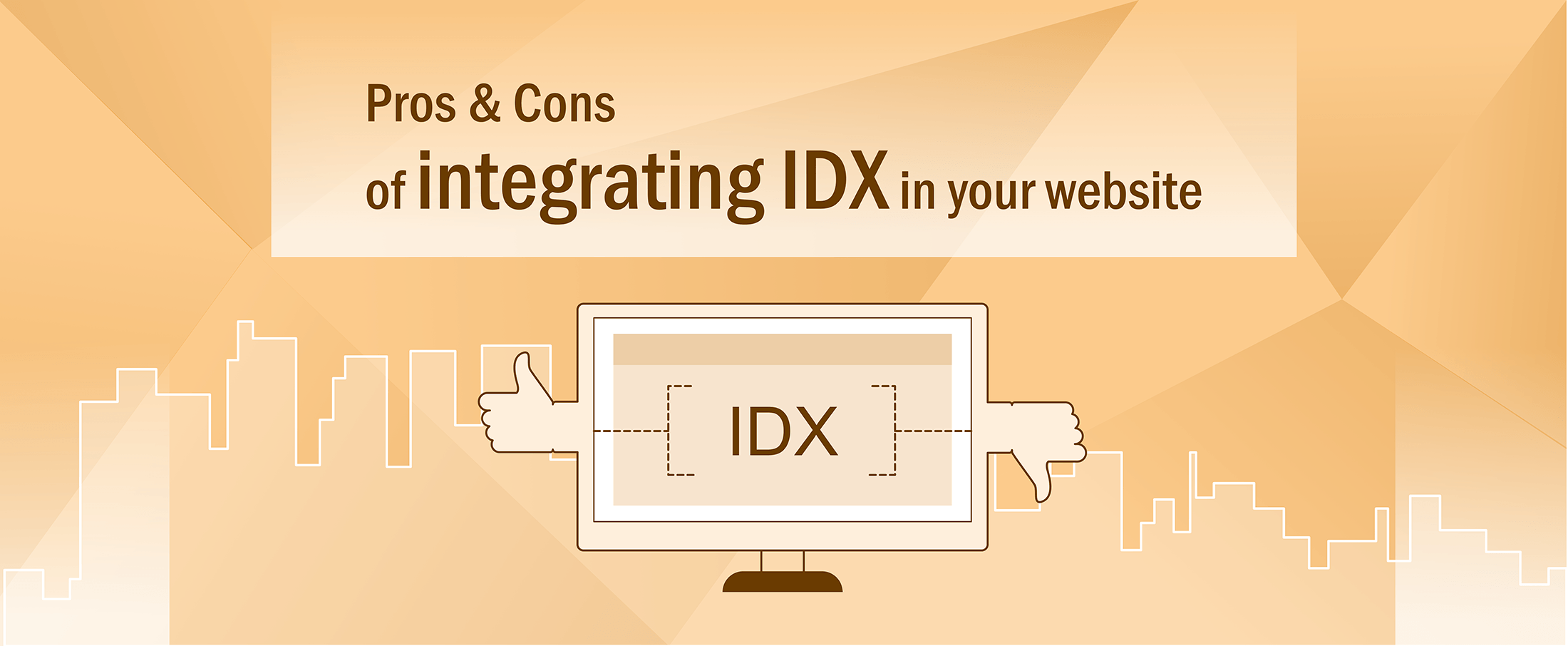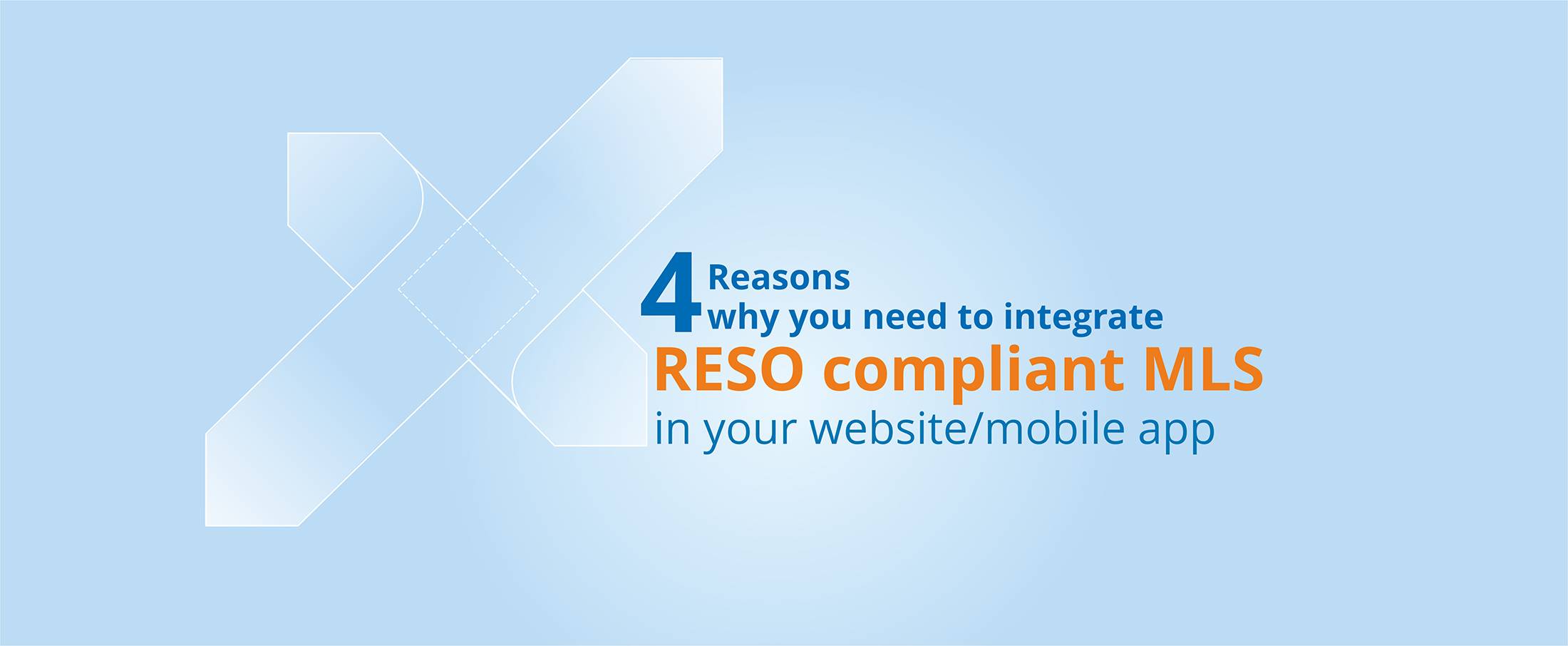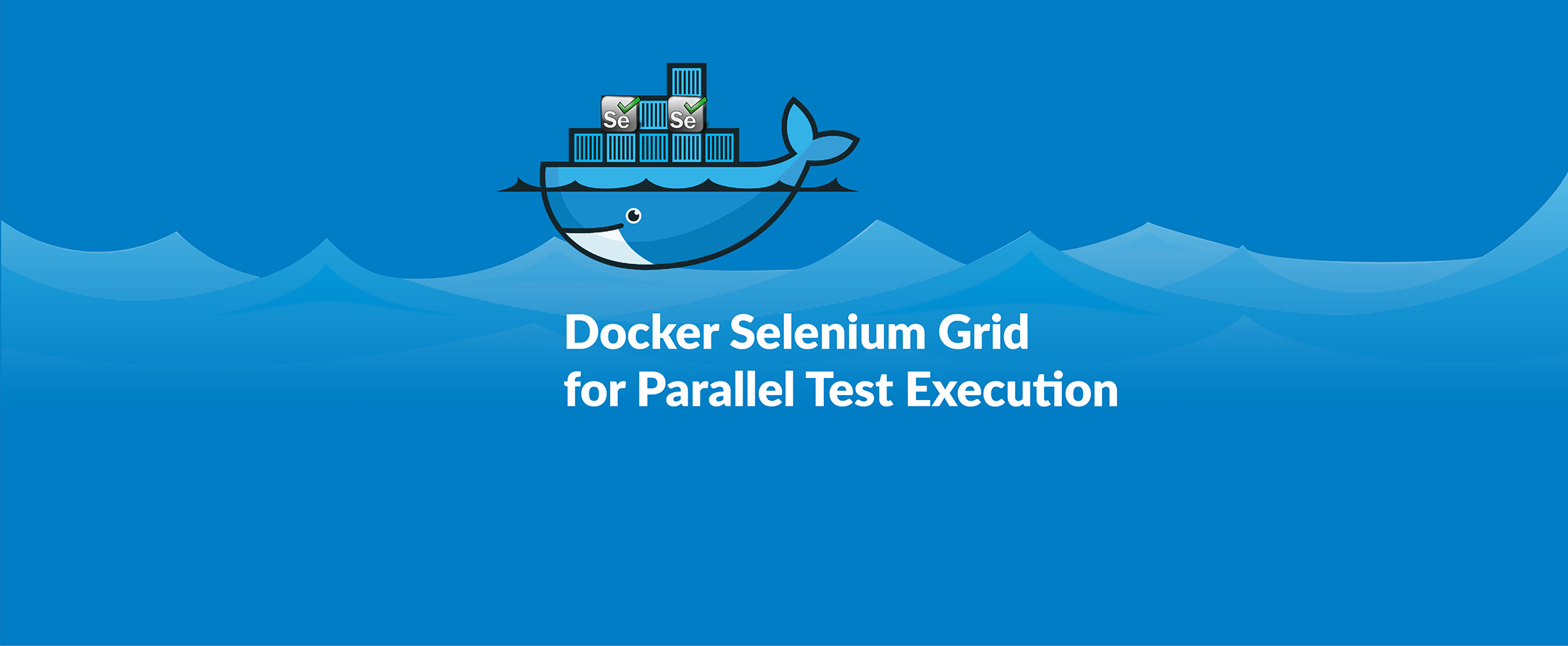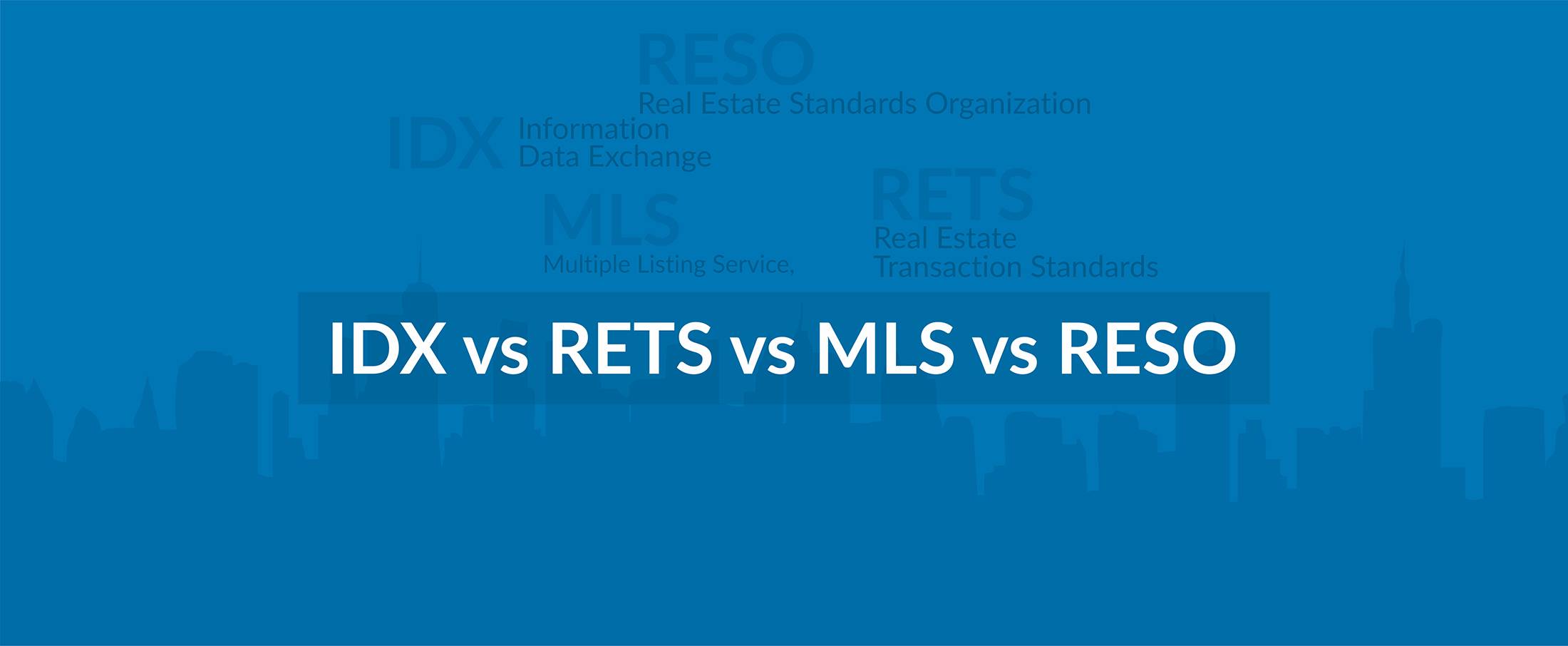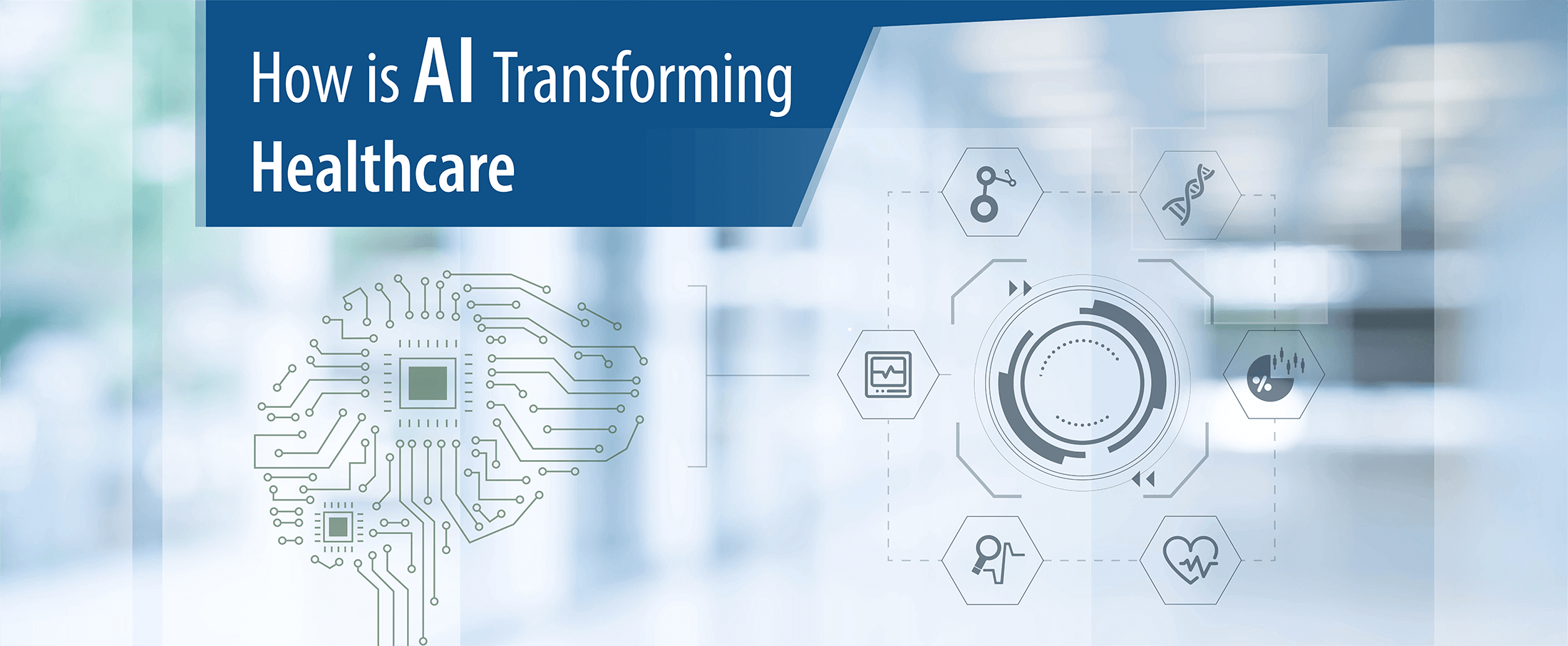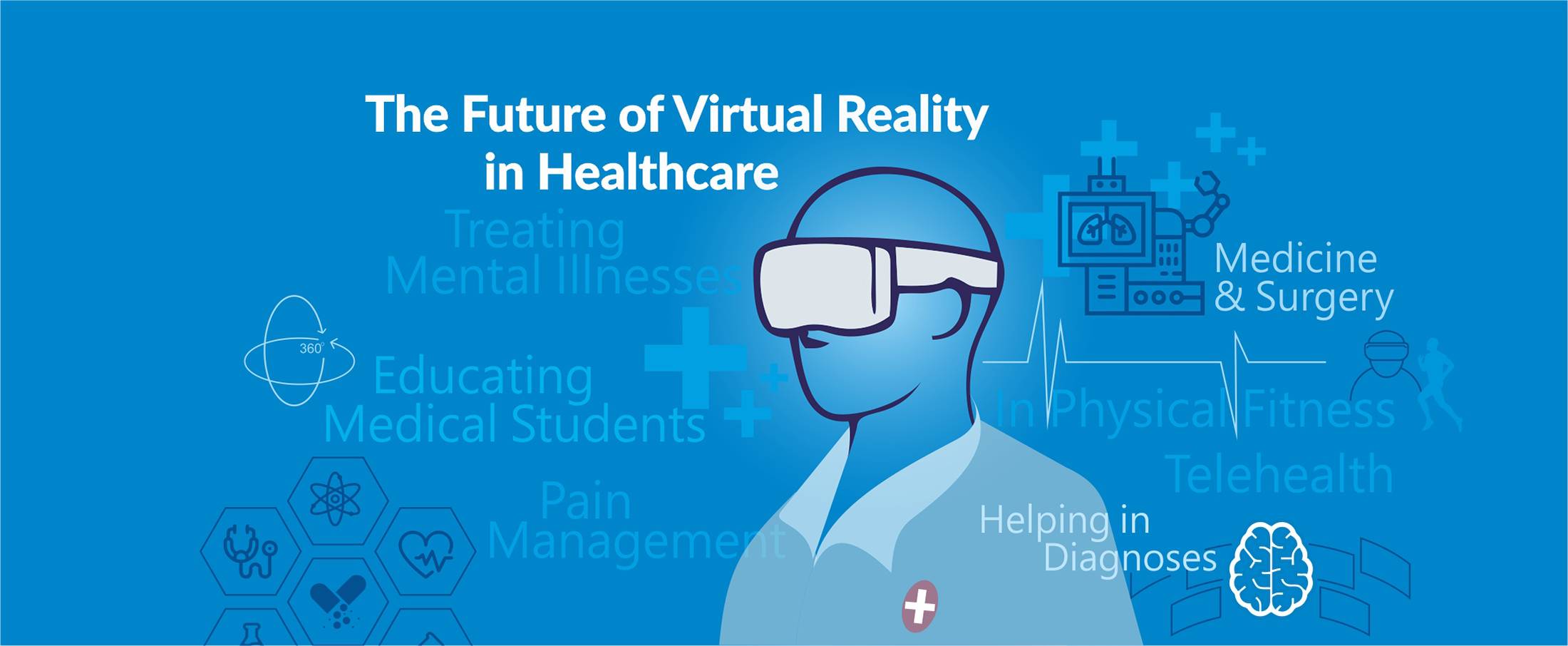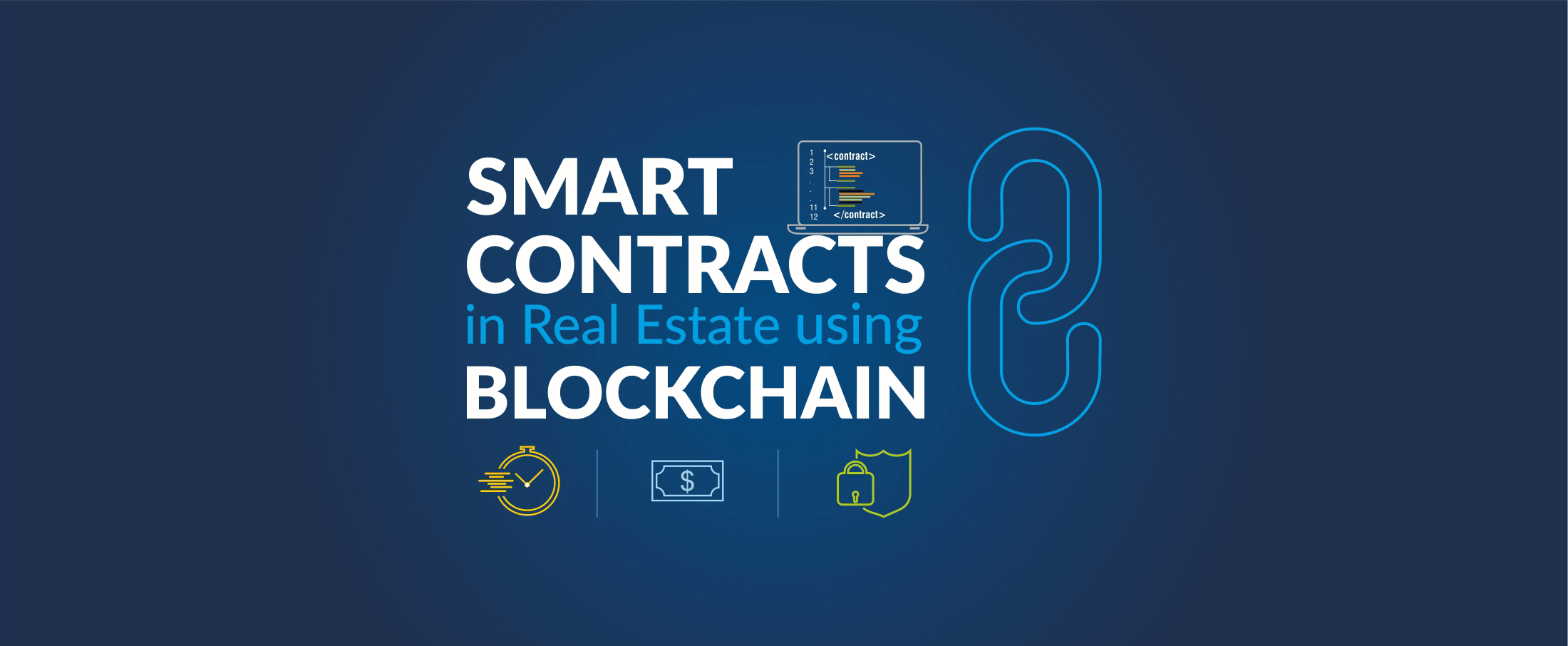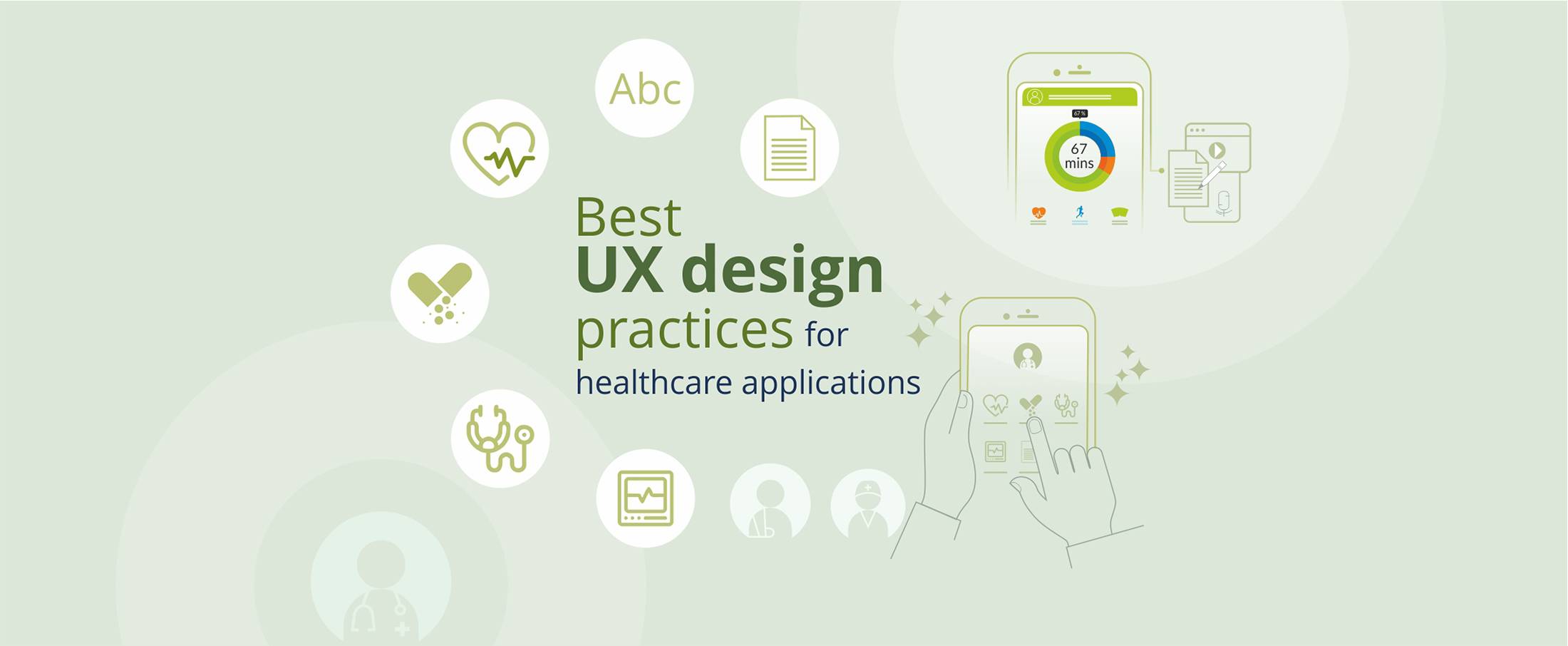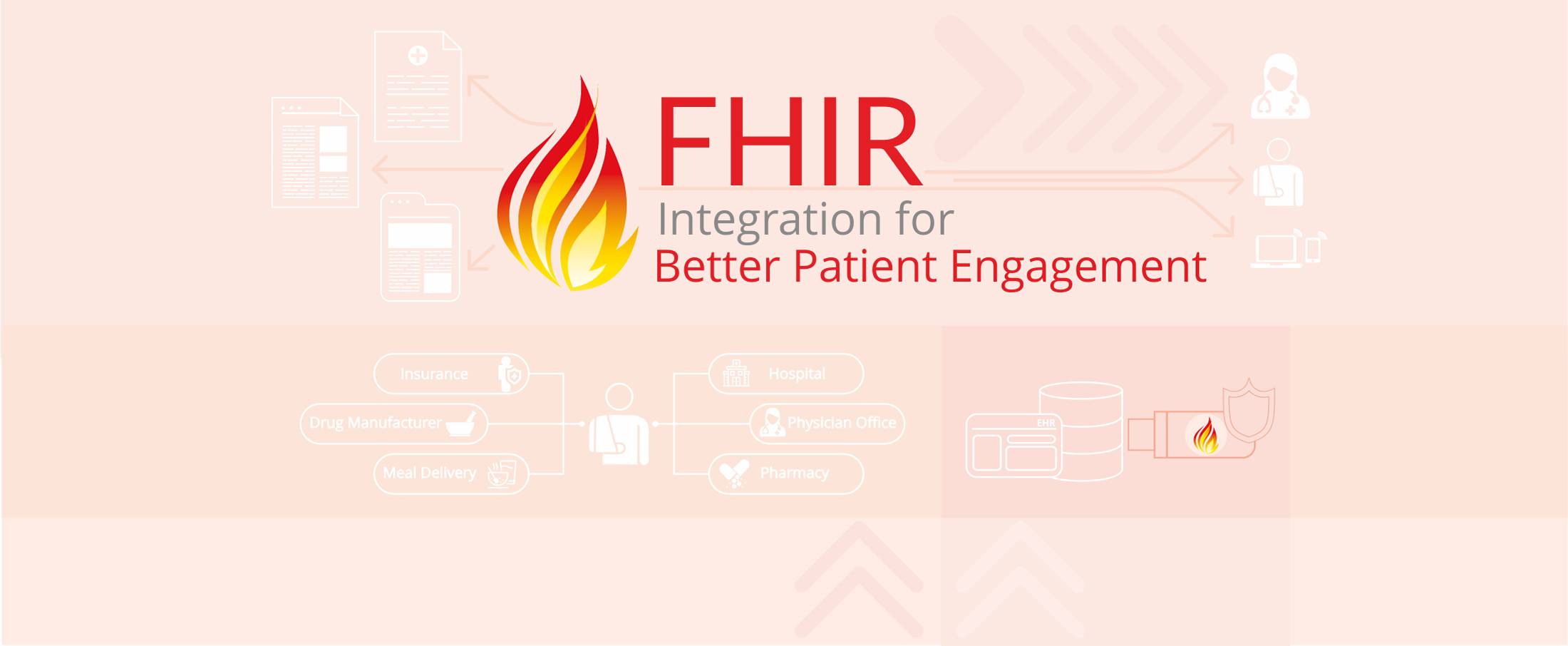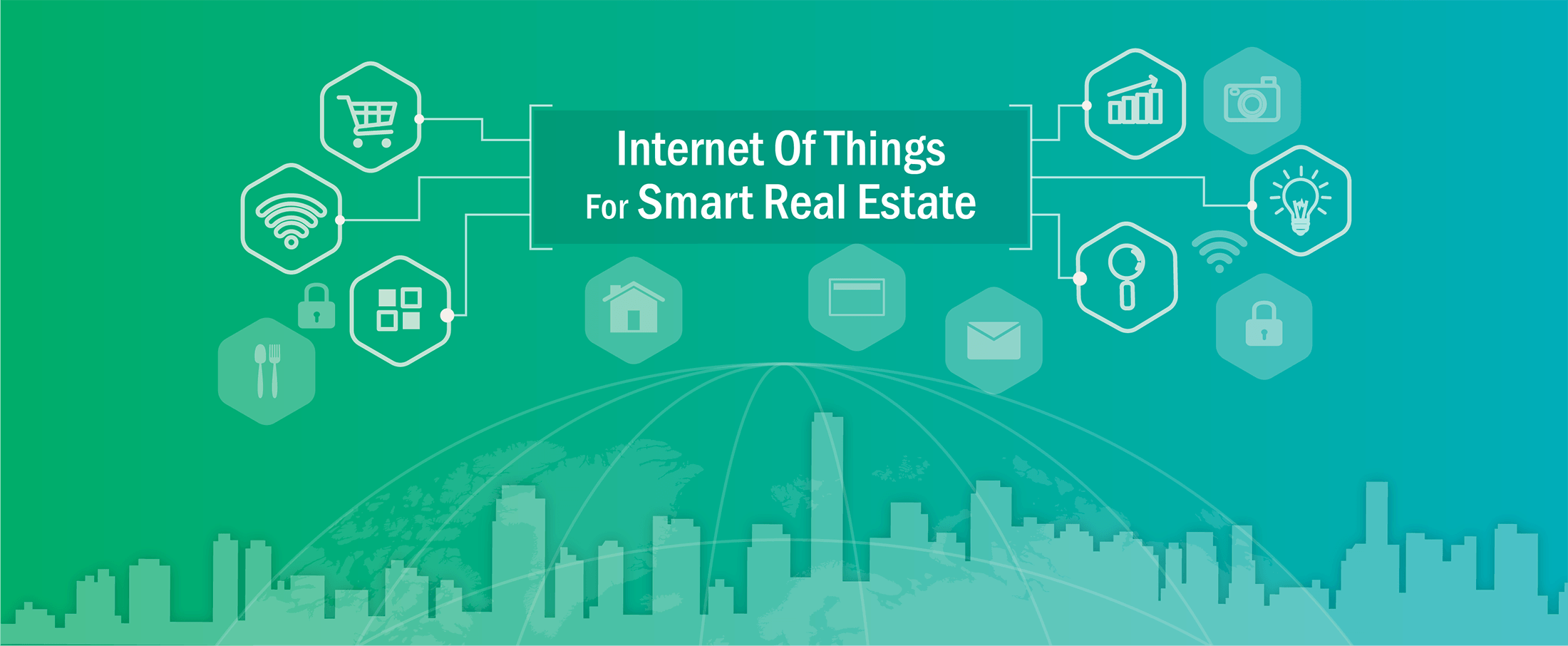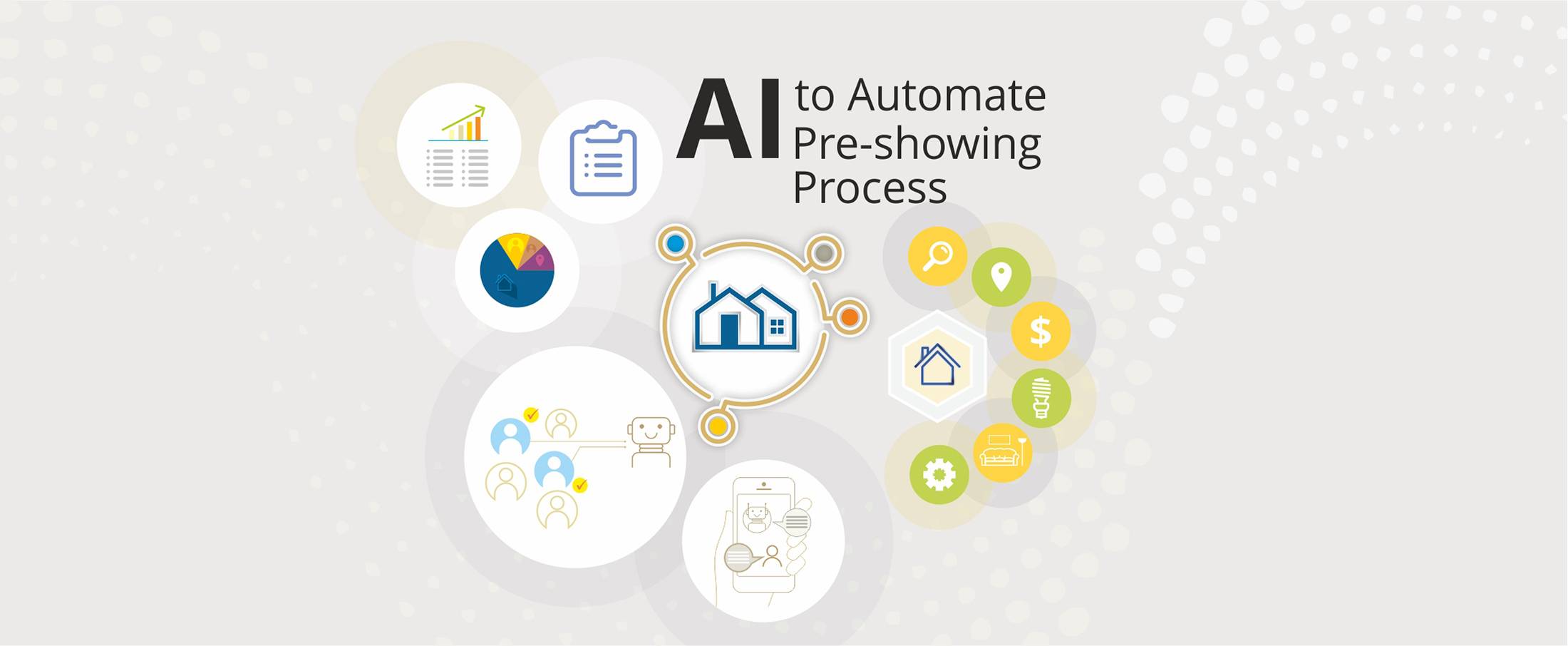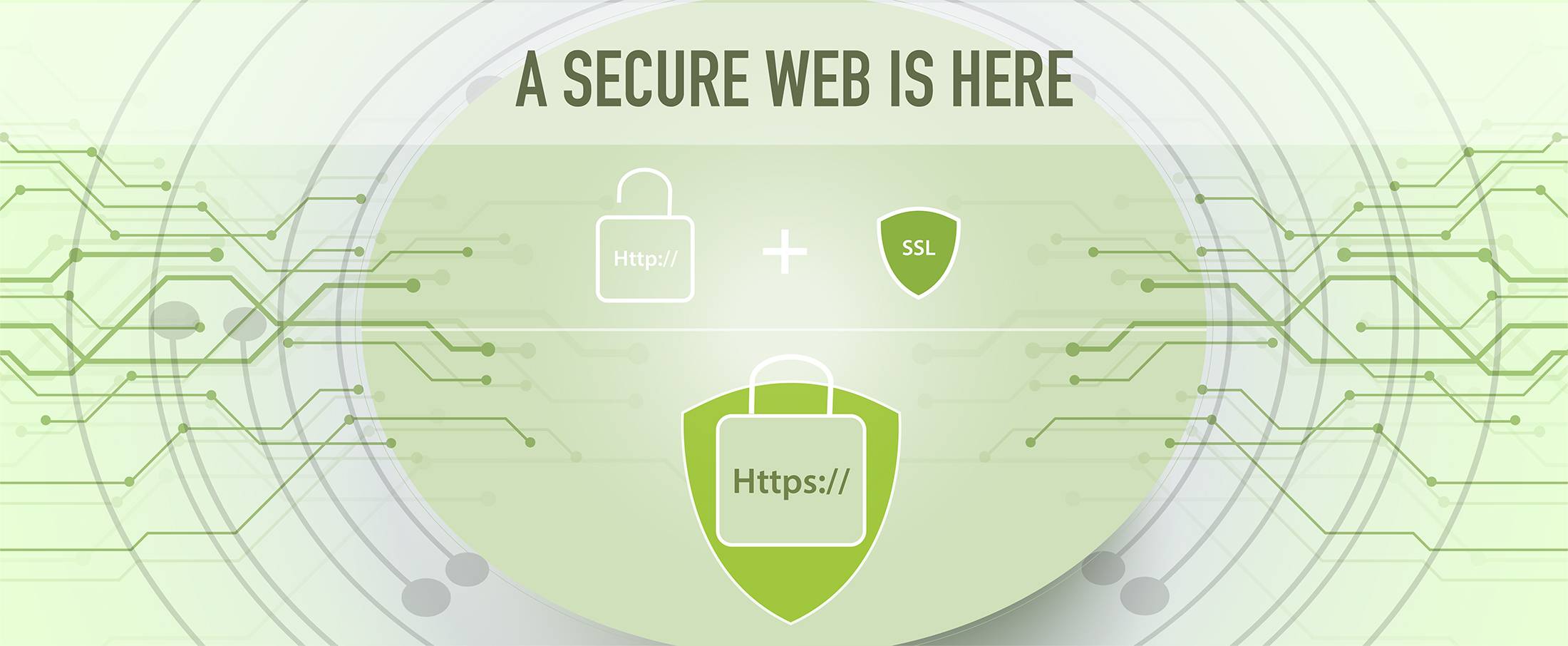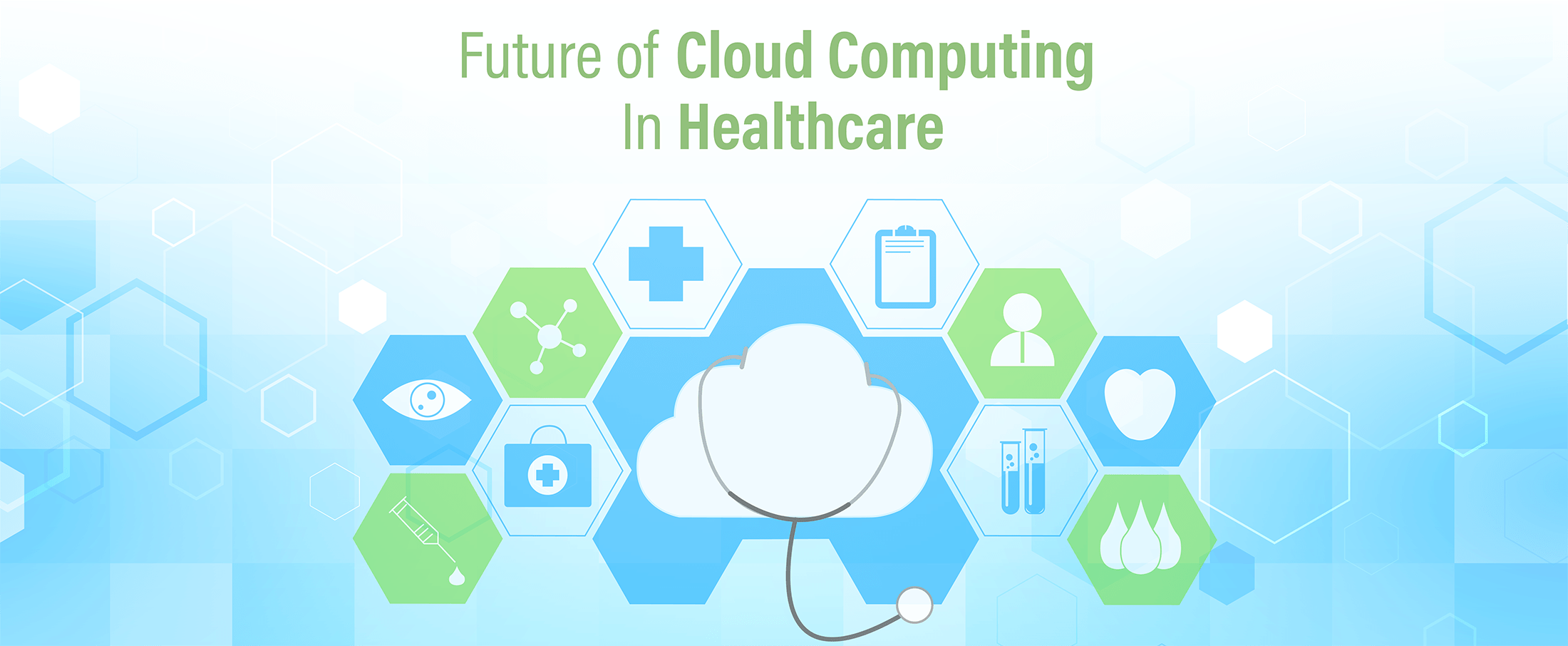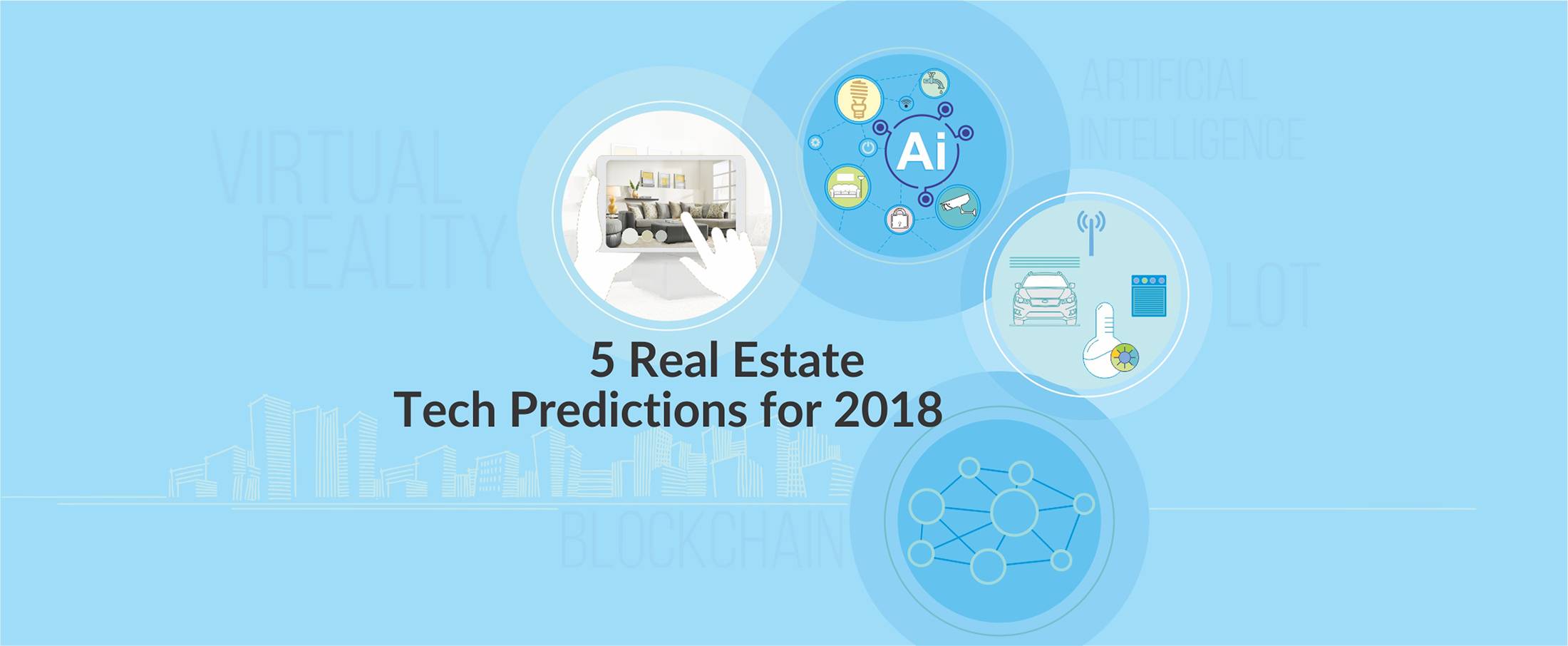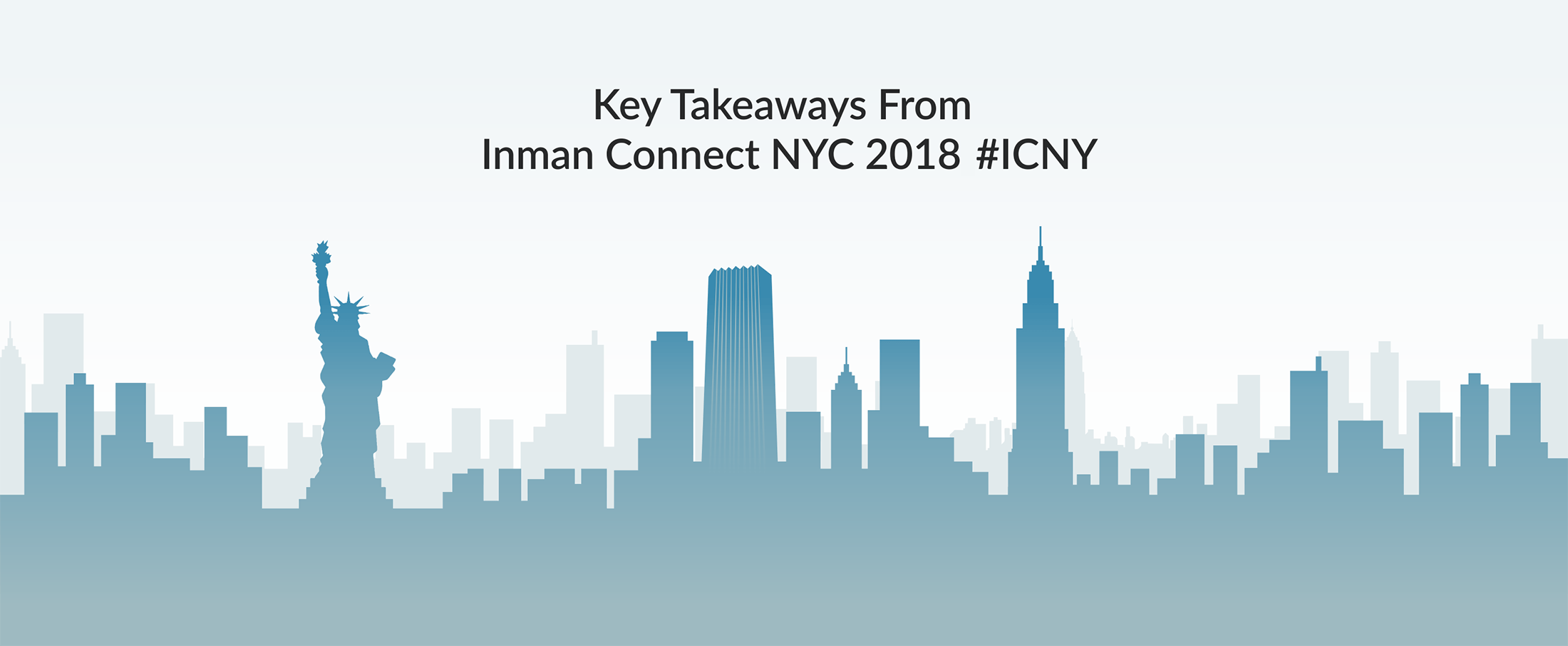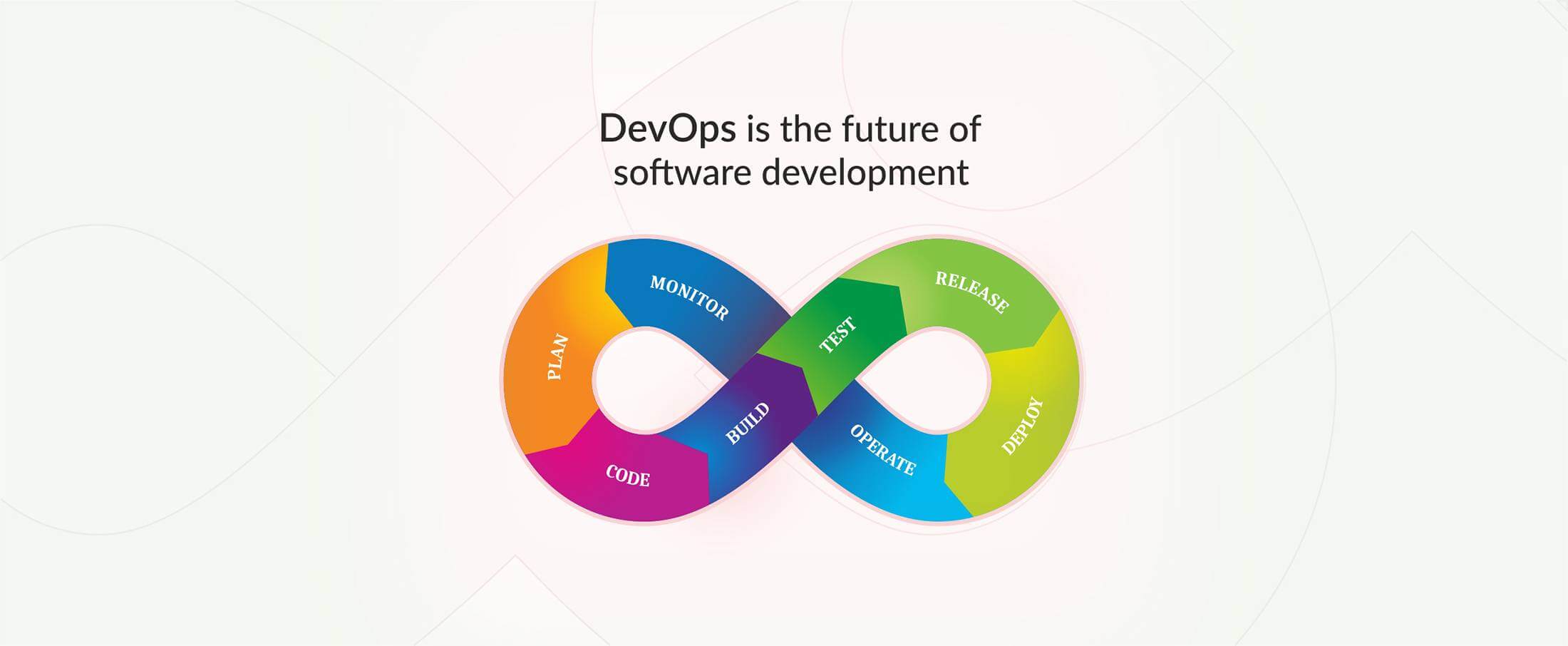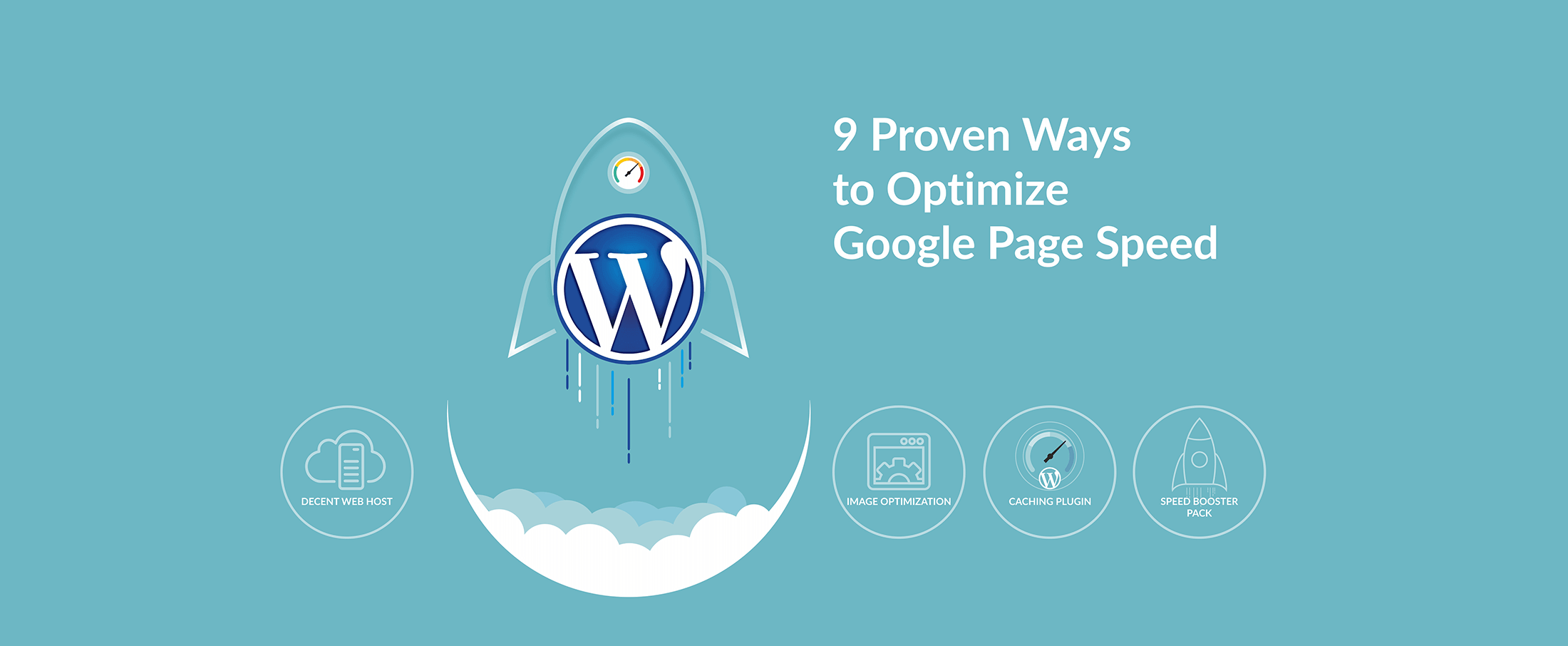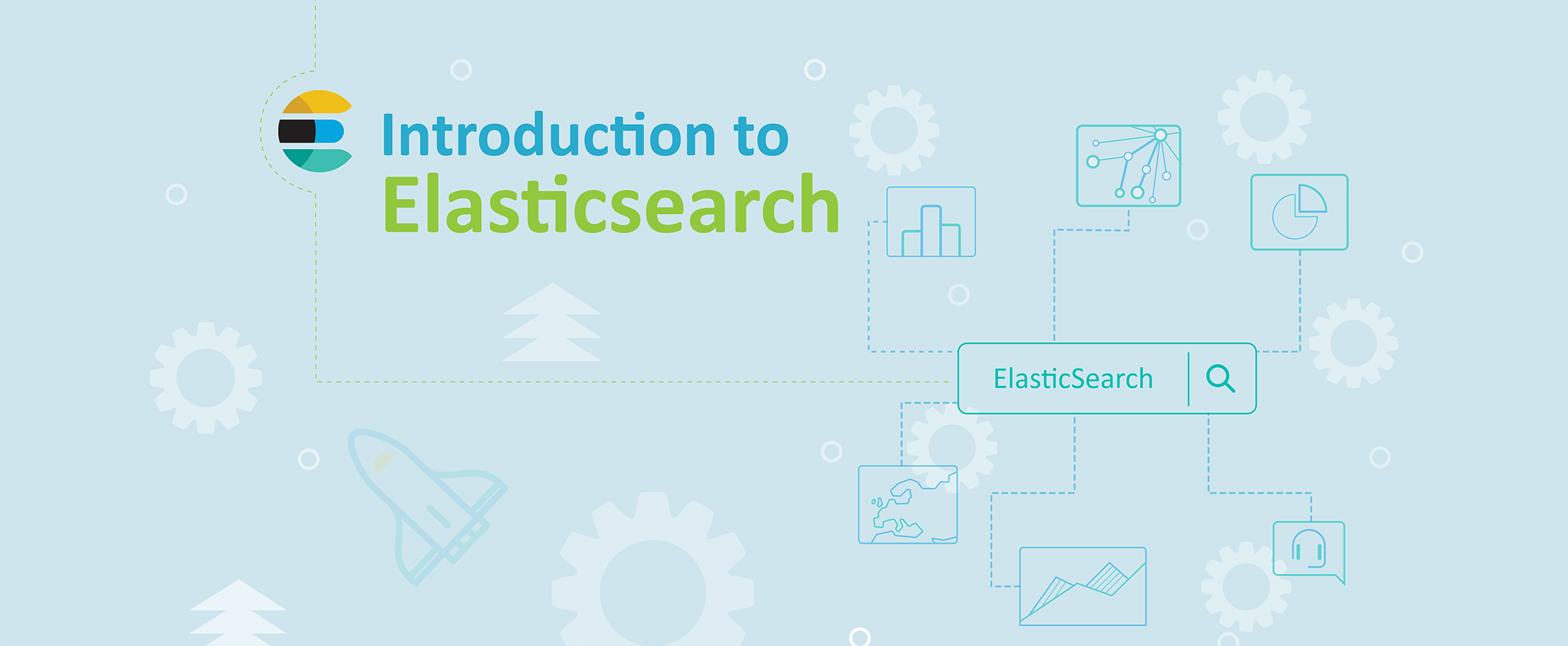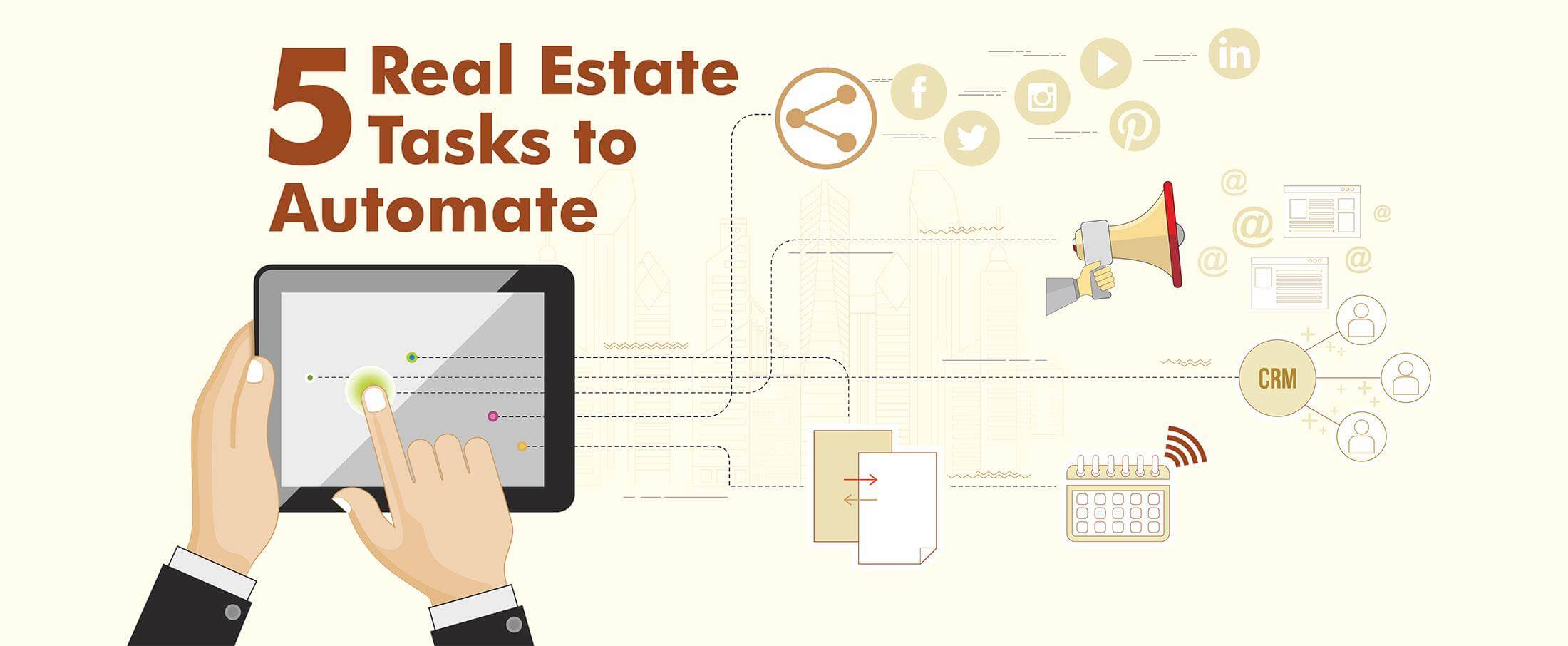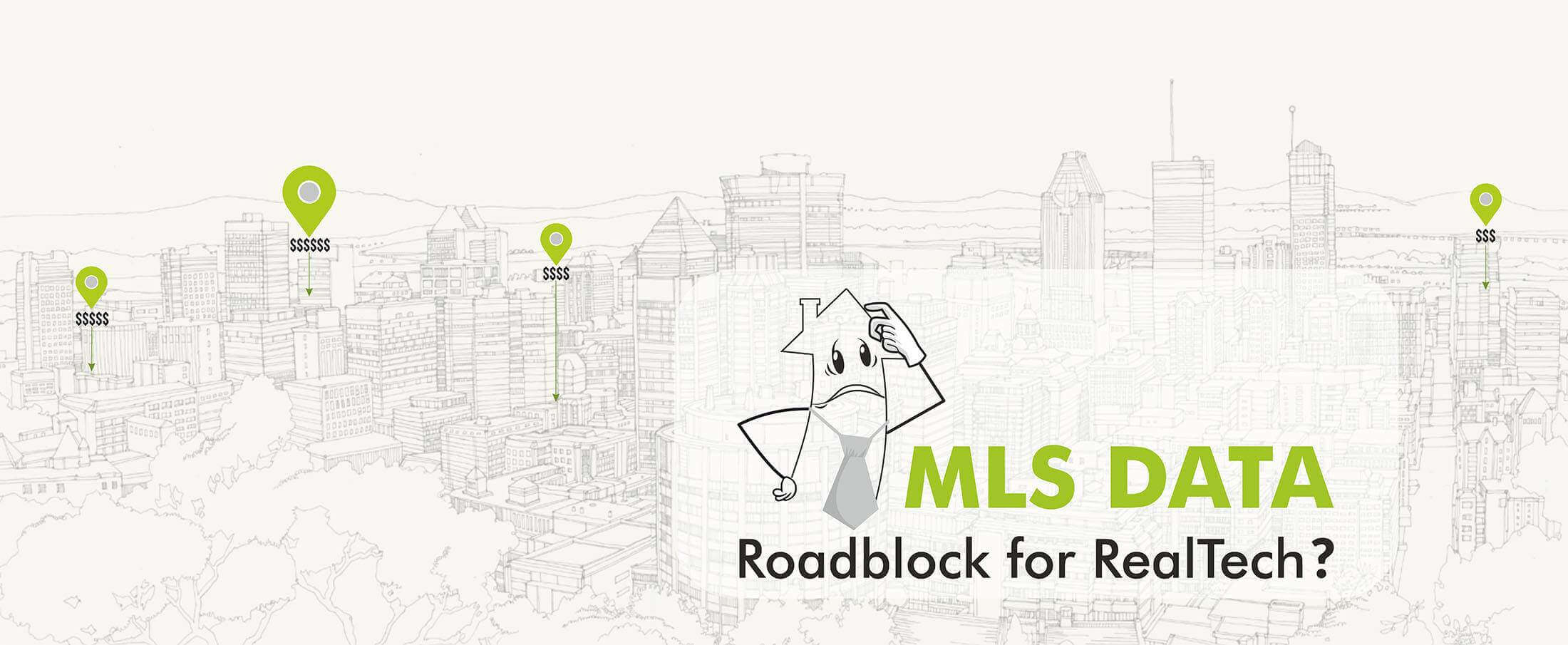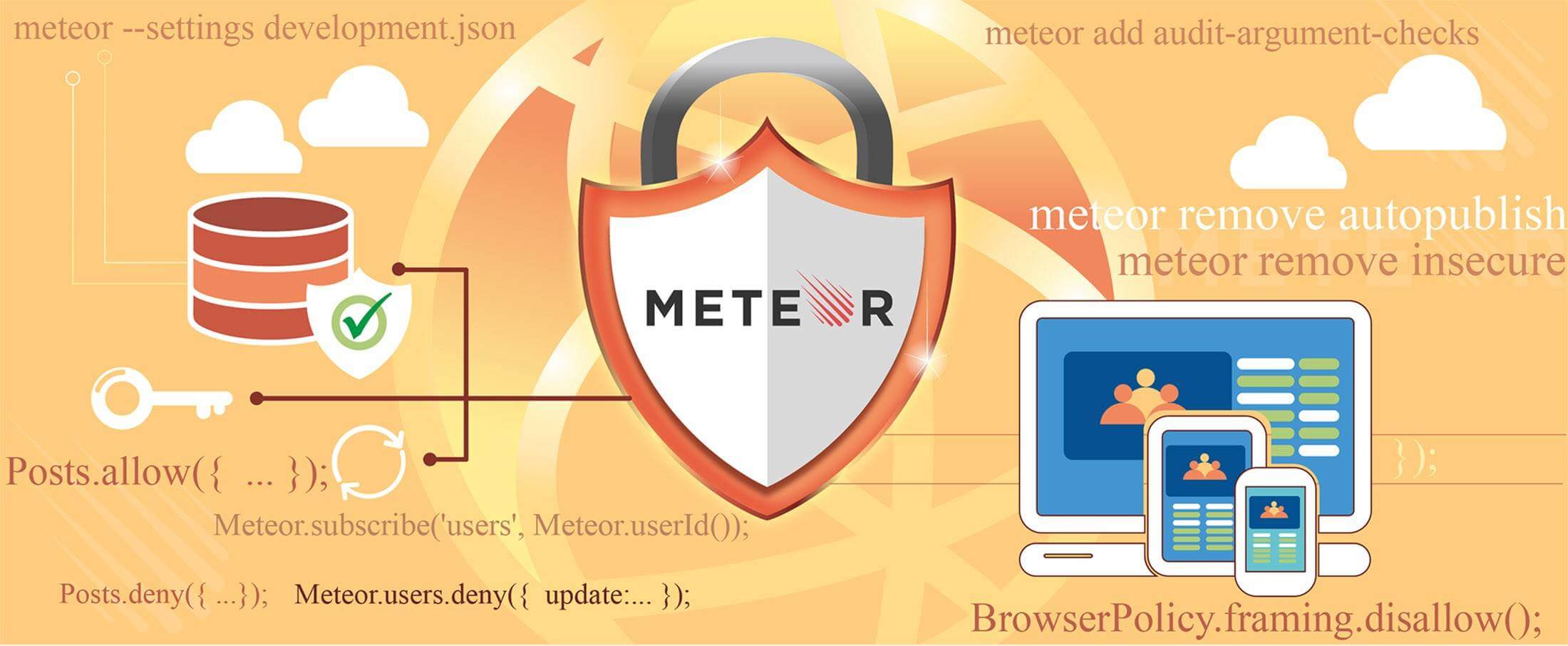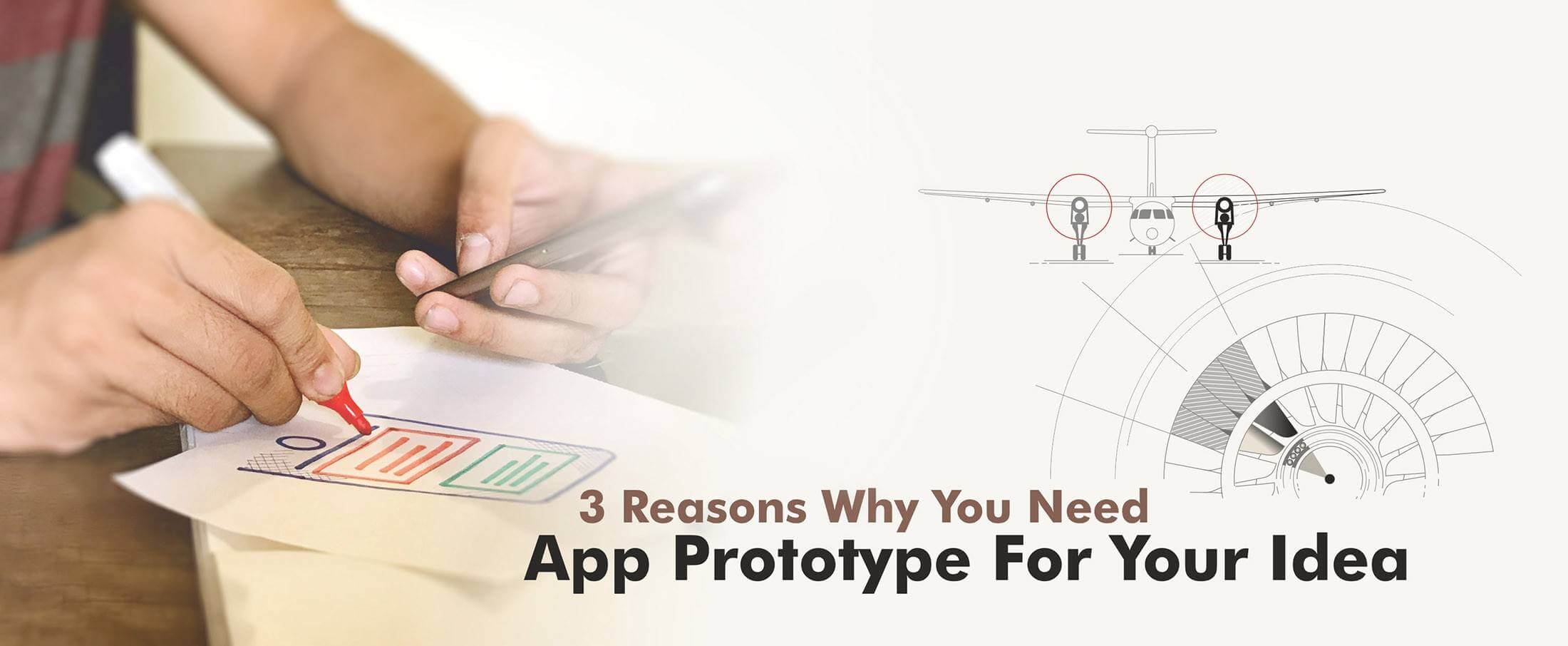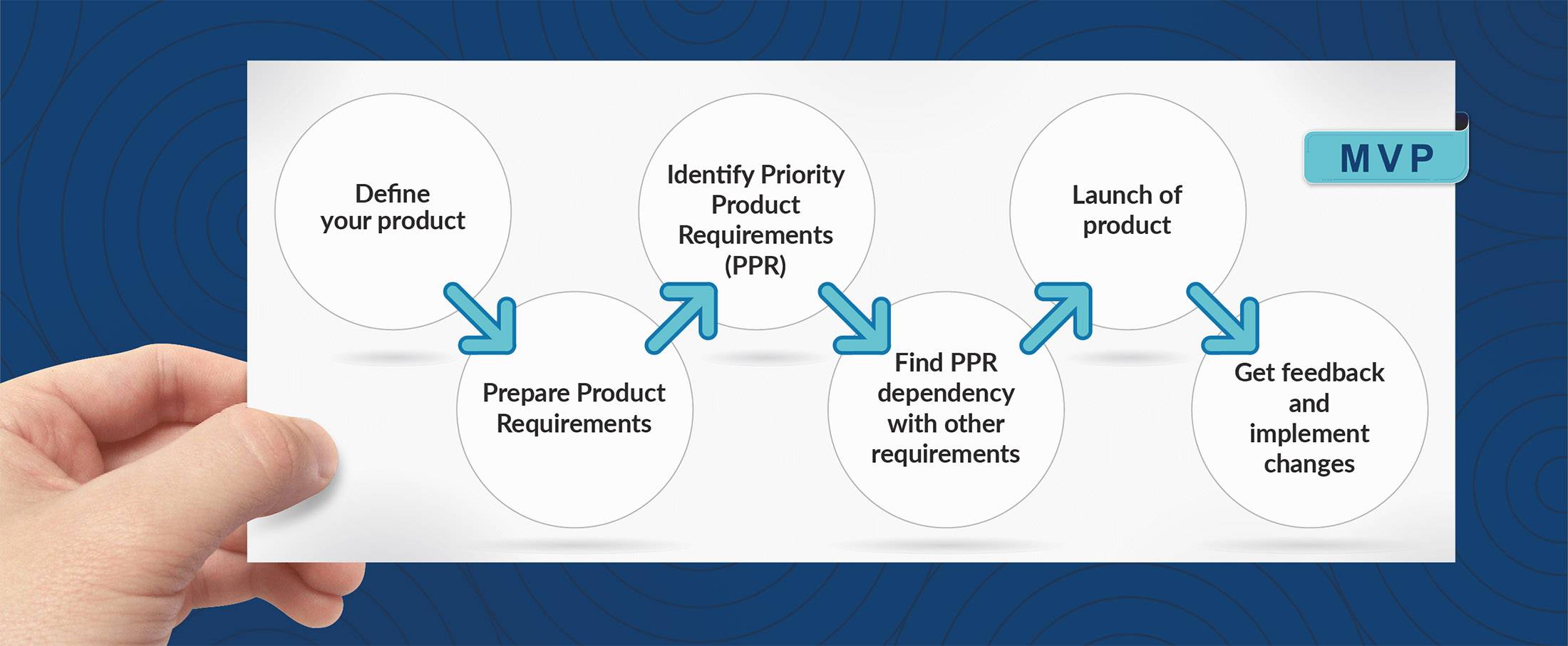Best Practices for Healthcare Data Governance
Best Practices for Healthcare Data Governance
The healthcare sector has taken the technology route a few years ago, and hence become an industry driven by analytics. Data has become its most important asset, and managing this data effectively to ensure security, accuracy, reliability, and understandability is crucial. Data governance is taking a strong foothold in healthcare owing the sheer amount of information that is created, stored, integrated, and shared across the industry on a regular basis. In this article, we are going to briefly talk about data governance in healthcare, and then delve into some of the best practices for the same.
What is Data Governance?
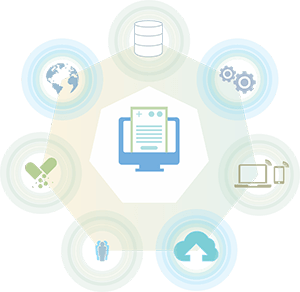
The healthcare industry manages a complex web of data storage, integration and sharing in the form of patient data, Electronic Health Records (EHRs), laboratory information systems, enterprise resource software, benchmarking etc., both internal and external. Owing to all this available information and data, healthcare organizations must be able to make optimum use and take complete advantage of it, and have the resources required for this purpose.
This is where data governance comes into the picture. Data governance can be defined as proper and continuous data management, to ensure that the quality of data that the organization maintains is correct and credible, and gain the end user’s confidence and trust.
This data is managed by putting into place policies, roles, rules and regulations, procedures, and organizational structures.
Primary Objectives of Data Governance
Now let’s take a look at why we need data governance and the objectives that it aims to achieve.

Identifying data quality issues
The thing about data is that ensuring quality throughout is difficult often because of the large volume, various contributors, discrepancy in communication, etc. Identifying data quality issues before they are spotted by a higher authority, like an executive, and then corrected is what good data governance does. When these issues are pointed out and subsequently corrected, it becomes a matter of negligence, and is expensive to correct. Data governance practices put various techniques and methods on the table to identify these problems at the outset.
Resolving data quality issues
Once the issues regarding data quality are identified, resolving them is equally important. Good data governance builds workflows that are properly documented, approved, and have a set of defined rules. This takes the blame wrongly appointed on certain departments, and ensures that equal responsibility is taken by all those involved.
Defines standards

Data governance creates and maintains standards and ensures proper business rules and definitions. It streamlines processes such as data feeds, workflows, establishing roles and responsibilities, maintaining documentation, and bringing an overall consistency to standards of data management.
Streamlines processes
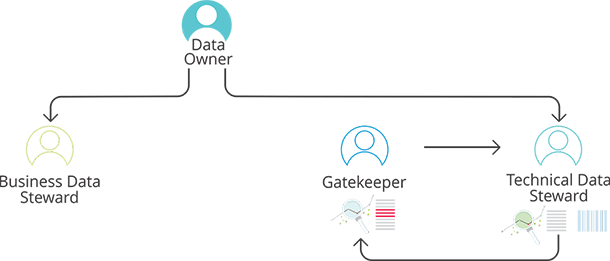
Data governance ensures that data and its processes are streamlined. For instance, it makes sure that users receive the right data that’s meant for them. It also provides data in a timely fashion to enable proper decision making. A good data governance system helps to better automate data, thereby making it readily available and accessible to users.
Roles & Responsibilities
When it comes to data governance, the roles and responsibilities are divided into 4 different types, which are –
Data Owner
Execs who hold positions that are director level or above. They are typically fully accountable for one or multiple types of data.
Business Data Steward
Supporting the data owner, this person is a subject matter expert (SME). This person is responsible for preparing data definitions and making rules, ensuring data quality, and determining solutions among other functions.
Technical Data Steward
This person is responsible for identifying data quality issues using various tools, and enforcing fixes to the program code, after approval from the data owner.
Gatekeeper
This is the person responsible for keeping a track of the data quality issues once they are found. He logs them, assigns them to a technical data steward, and then keeps a track of the resolution progress as well as final outcome.
Now that we know about the basics of data governance, let’s head to the best practices.
Best Practices to be Maintained for Healthcare Data Governance
Prepare and Focus on an Operational Model
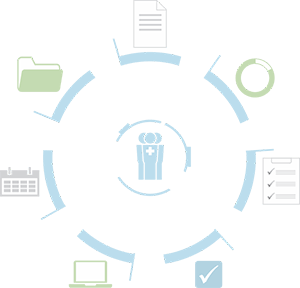
This model is what forms the basic framework of your data governance program. It assigns roles and responsibilities, defines a structure, and establishes an enterprise government network. Having an operational model in place is the starting point for introducing data governance into your organization.
Provide a comprehensive view of Providers and Patients
It is crucial to have an updated system of provider information as well as patient information in healthcare organization databases. Many providers offer their services to multiple patients and healthcare institutions at a given time, which means that their data is stored as such. Information such as name, address, Medicare and Medicaid numbers, etc. is important to be able to link various profiles to the same provider. The same goes for patients. It is pertinent to note that since the same patient may not have the same information stored in his/her name at every healthcare institution they visited, a consolidated format of data linking back to them is important. If a key piece of information, like an allergy, is missing in one of the avenues of information, it can become a costly mistake.
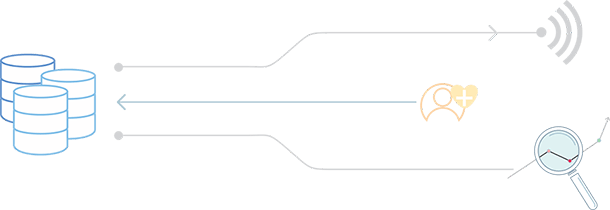
Ensure Data Safety and Security
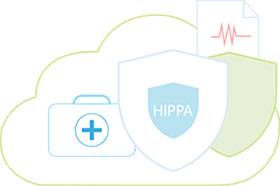
HIPAA governances and other regulations and compliances must be strictly followed to maintain and ensure complete safety and security of your data. Healthcare data contains some sensitive and confidential information that can be misused if fallen into the wrong hands. Data governance policies must take this into consideration and employ appropriate measures.
Balance it Out
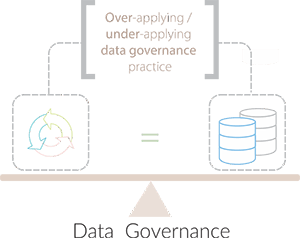
Organizations may often have trouble managing that balance when it comes to data governance. There is always a possibility of over-applying or under-applying data governance practices and philosophies, and neither is really a good thing. When it comes to this, maintaining a balance that doesn’t stray too much into either territory is what will help your organization make the most of data governance, and succeed along the way.
Consistent Terminology and Definitions
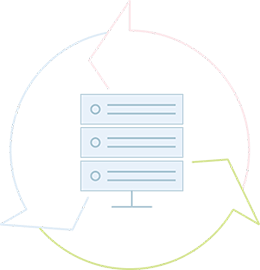
This is another important aspect of maintaining consistency in recording data, as a part of data governance. Organizations should ensure that they maintain the same terminologies, business definitions, and metadata when it comes to recording and storing information. Various domains and recording systems store data differently, such as coding standards. Maintaining a record of common terminologies can be shared across disparate organizations and healthcare institutions to maintain uniformity and easy access of data.
Enable Seamless Information Exchange
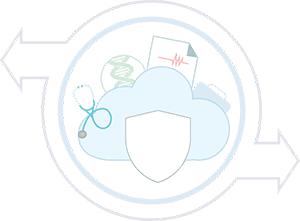
Currently, Health Information Exchanges (HIEs) operate on an app-centric format, which they are keen to make patient-centric. This will facilitate seamless transfer of patient data through HIEs for better access for various providers and stakeholders. Data governance needs to address a number of issues of HIEs including building consensus, applying a consistency of clinical terms across all HIE participants, etc.
Conclusion
Data governance is the need of the hour in the healthcare industry. Healthcare data is still disparate and lacks a common platform for effective and seamless sharing and access. Hence, following these best practices and ensuring that all aspects of data governance are taken into consideration will prove to be highly beneficial to the healthcare industry.
- Data Governance
- EHR
- EMR
- Healthcare
- HIPAA
Mobifilia
12 April 2018
